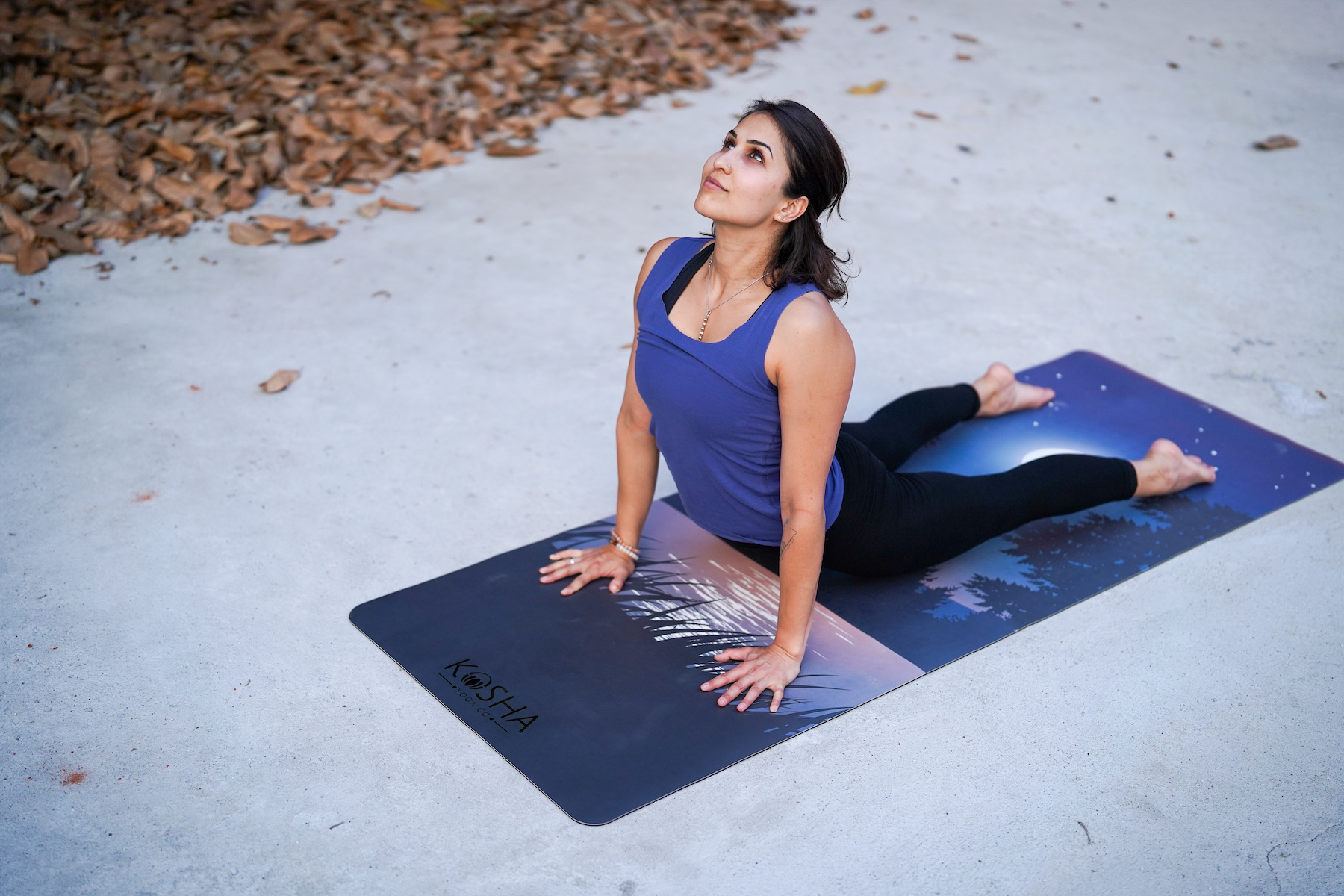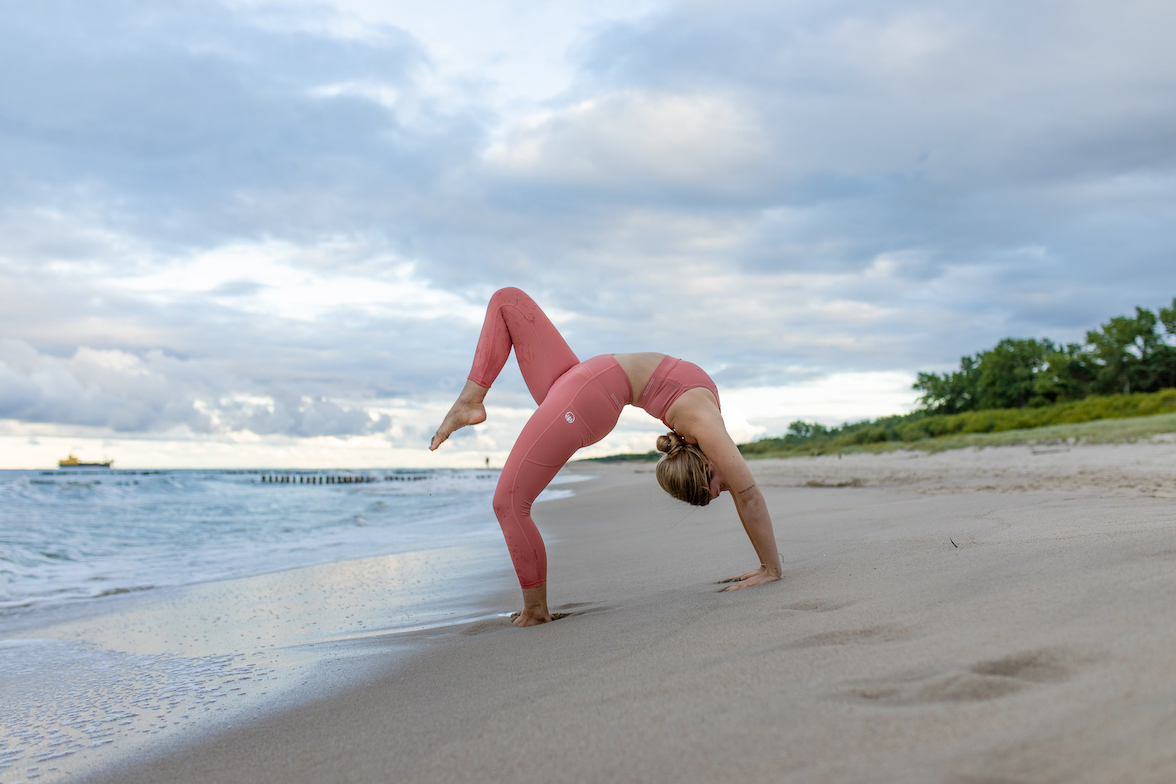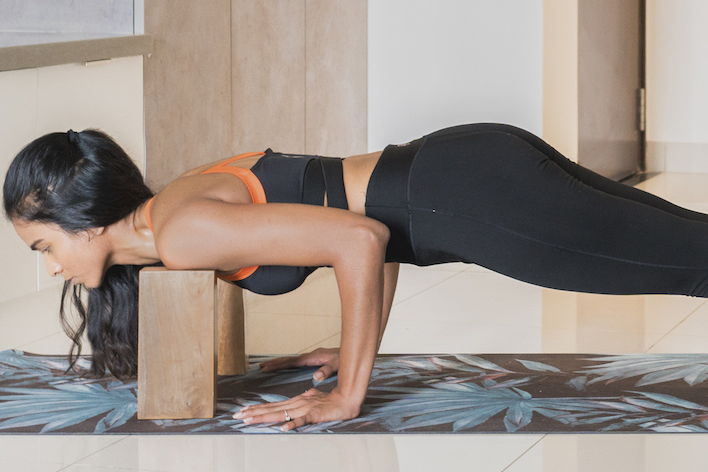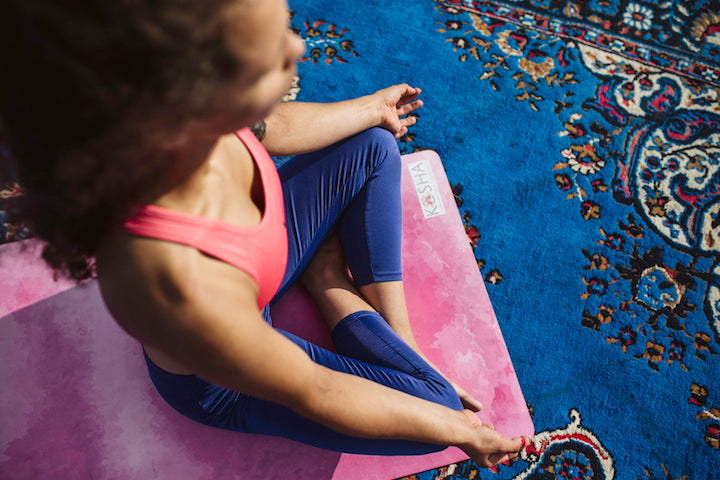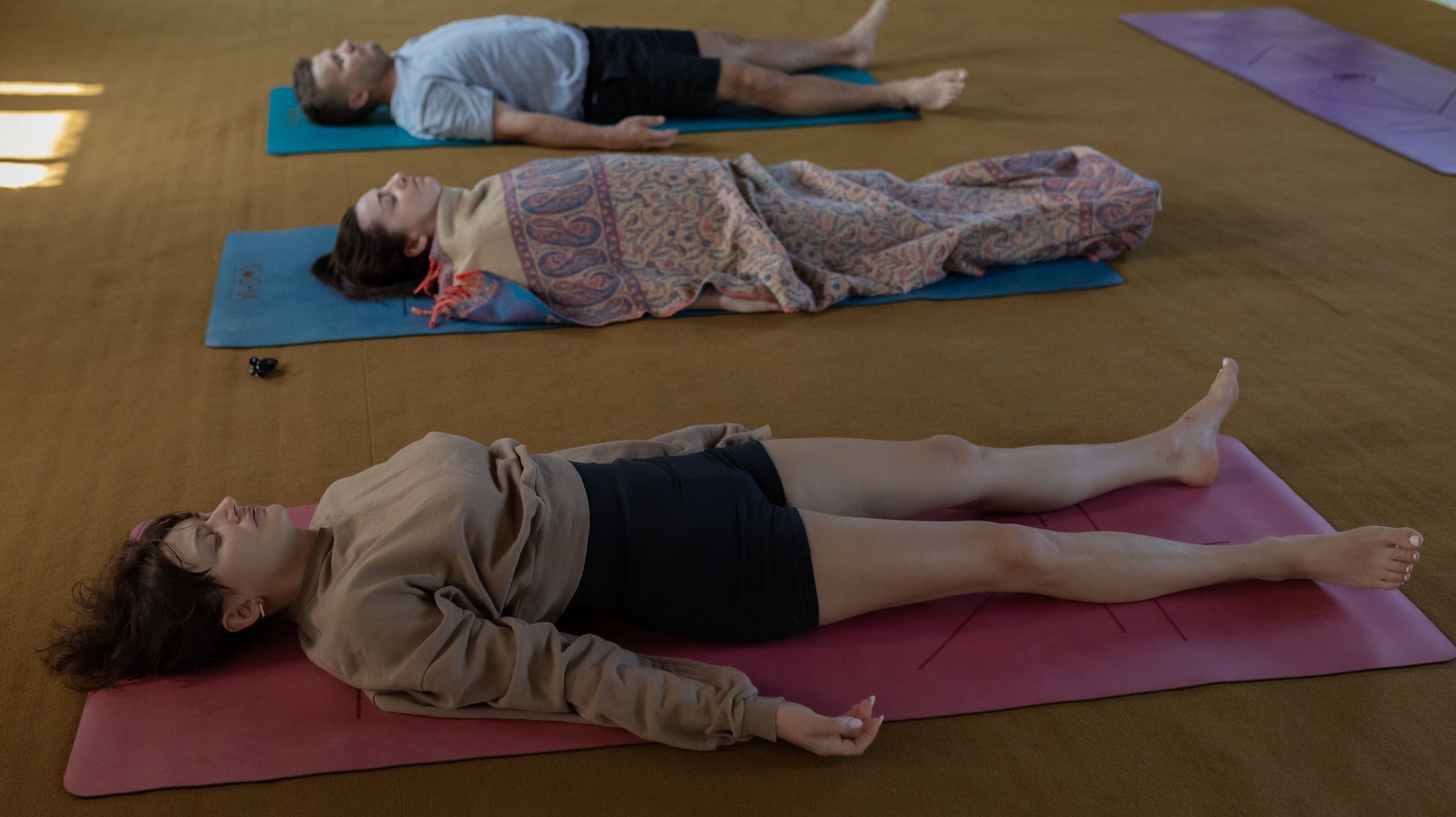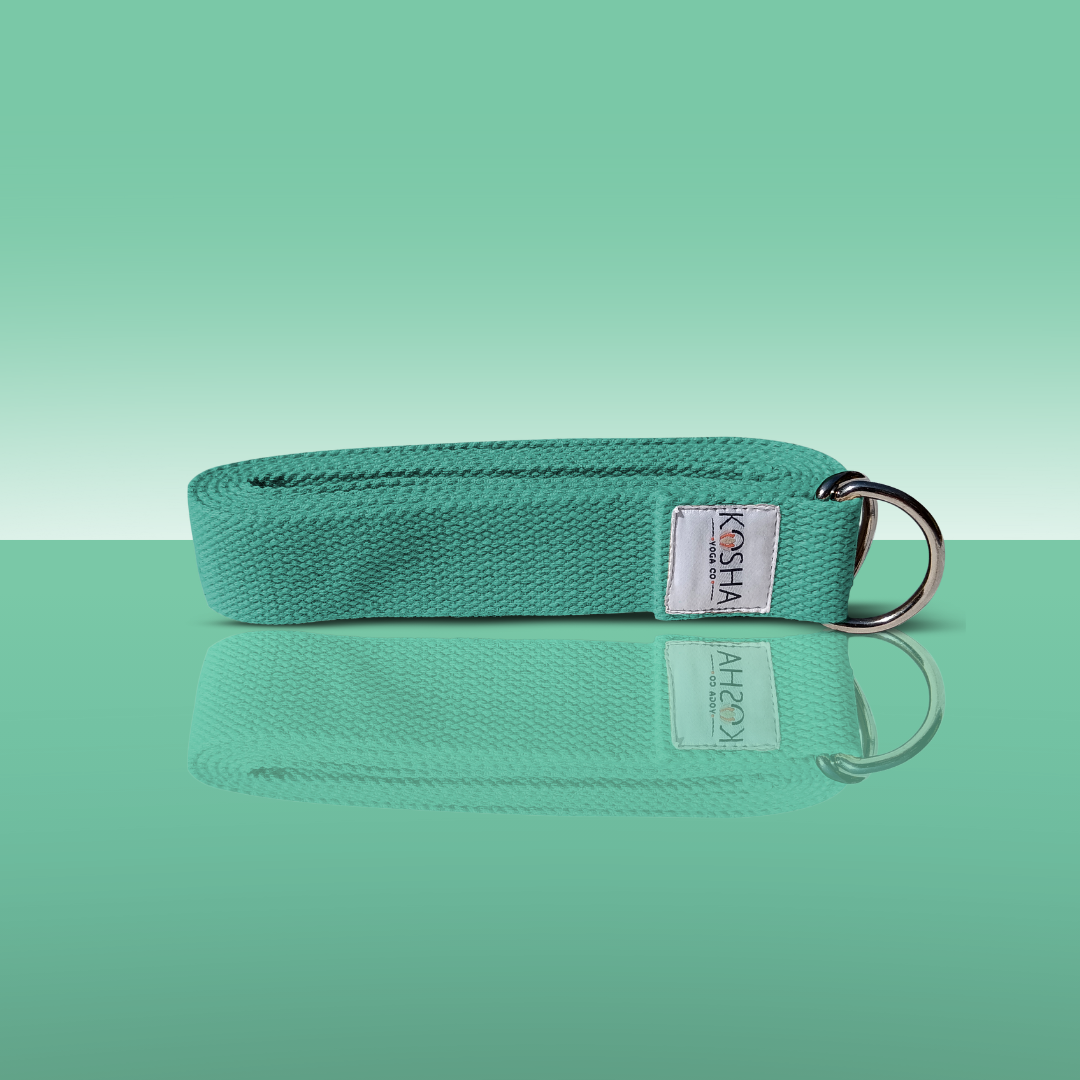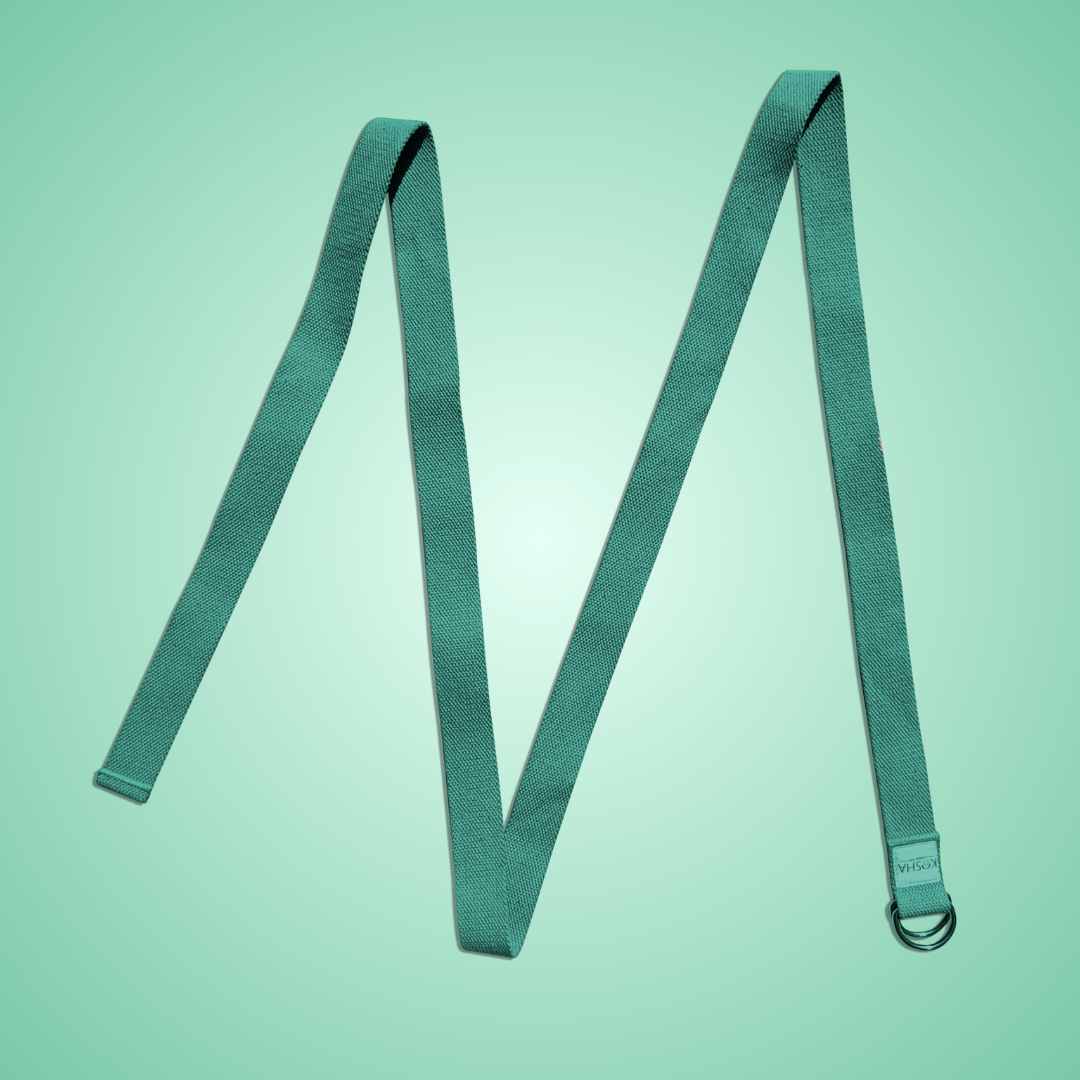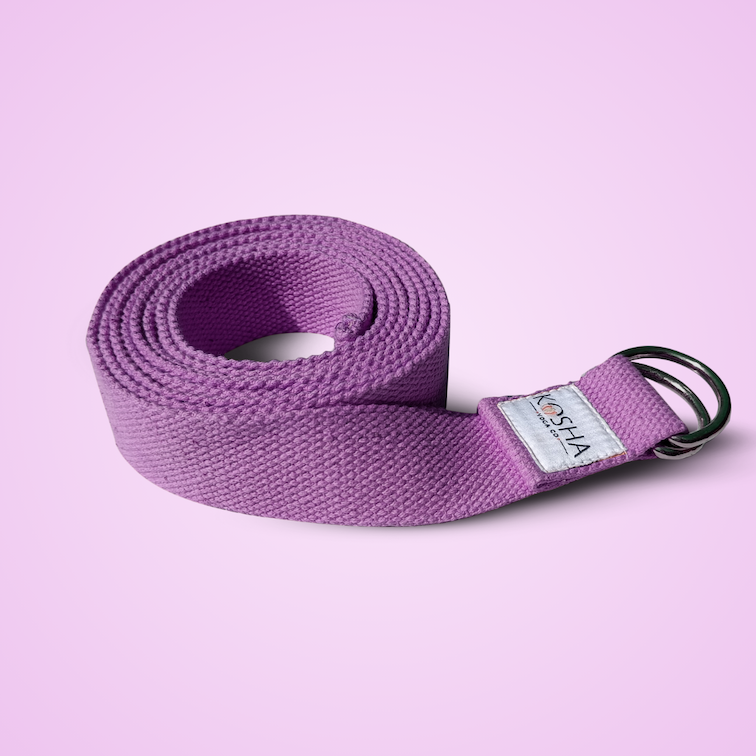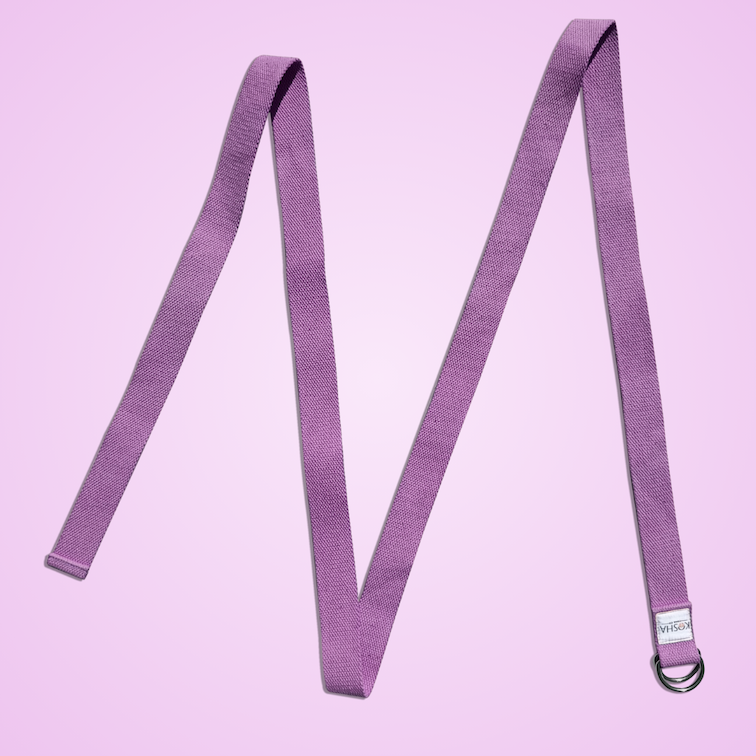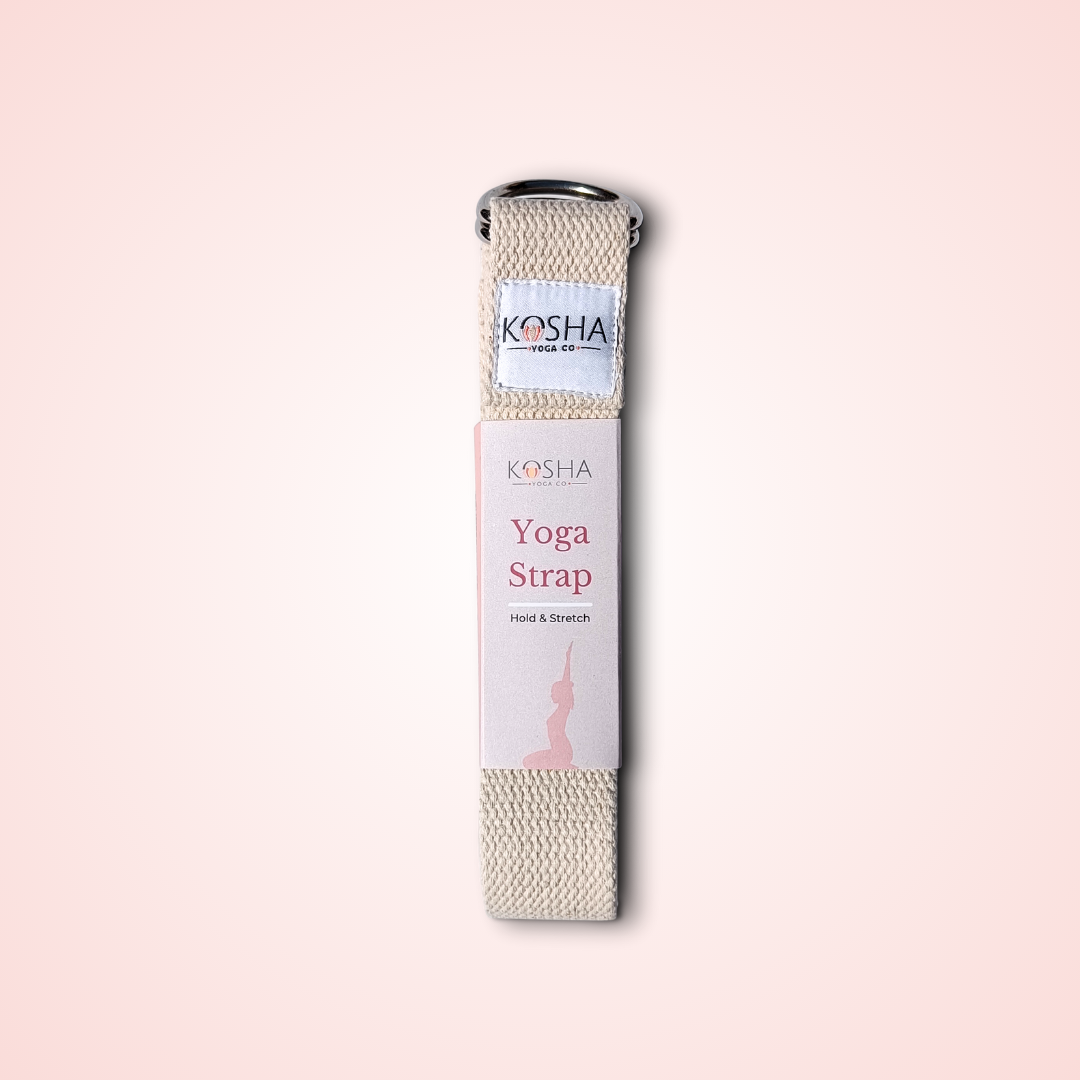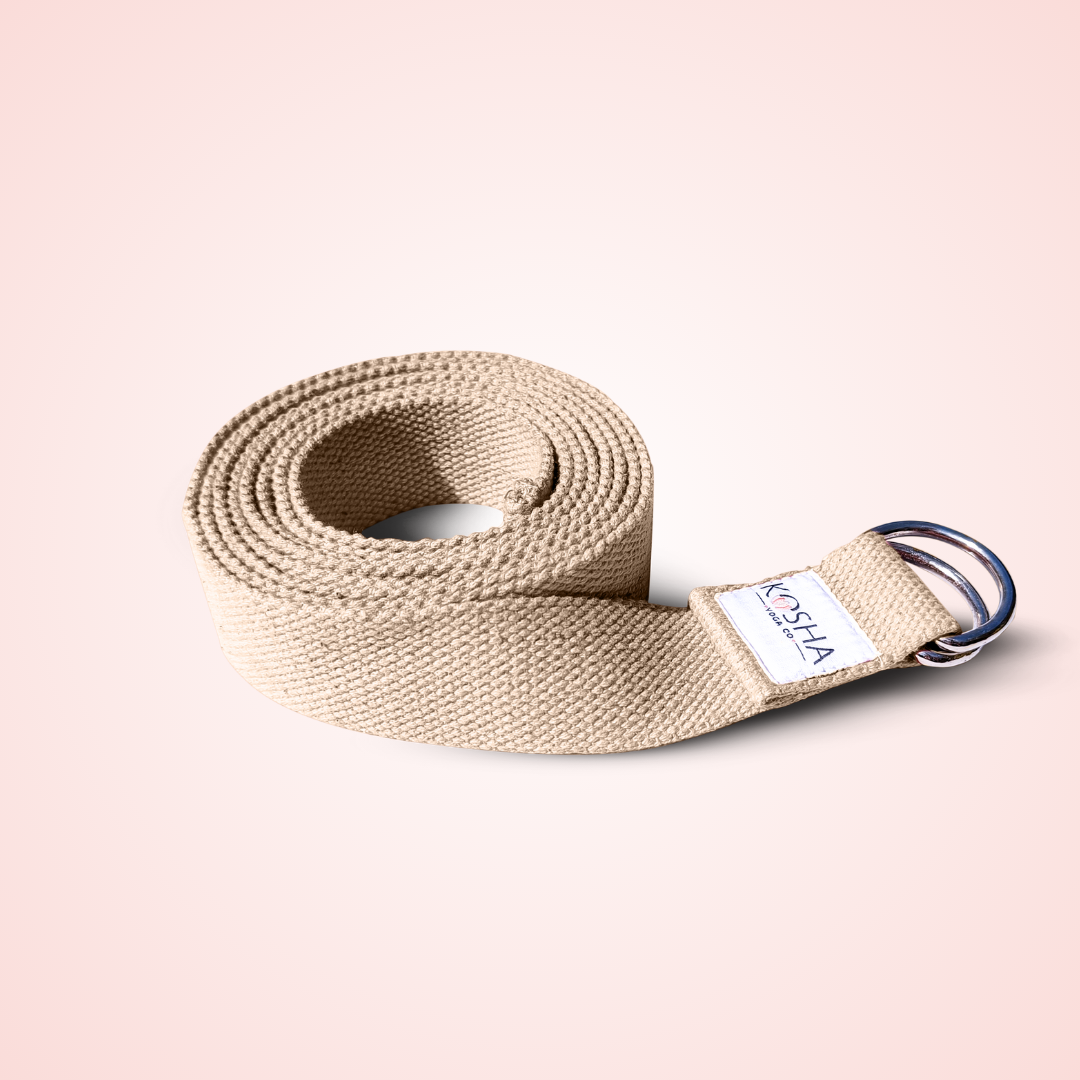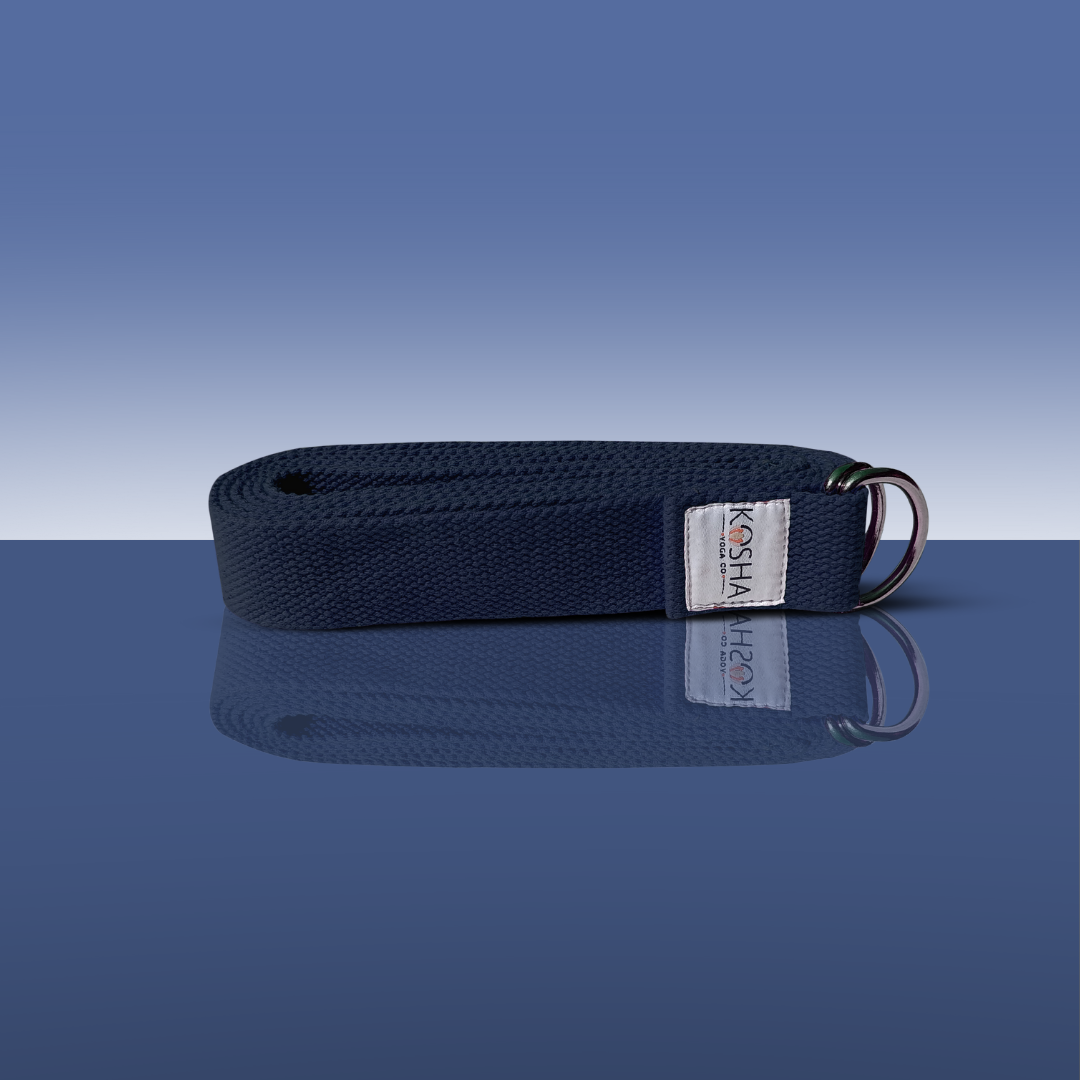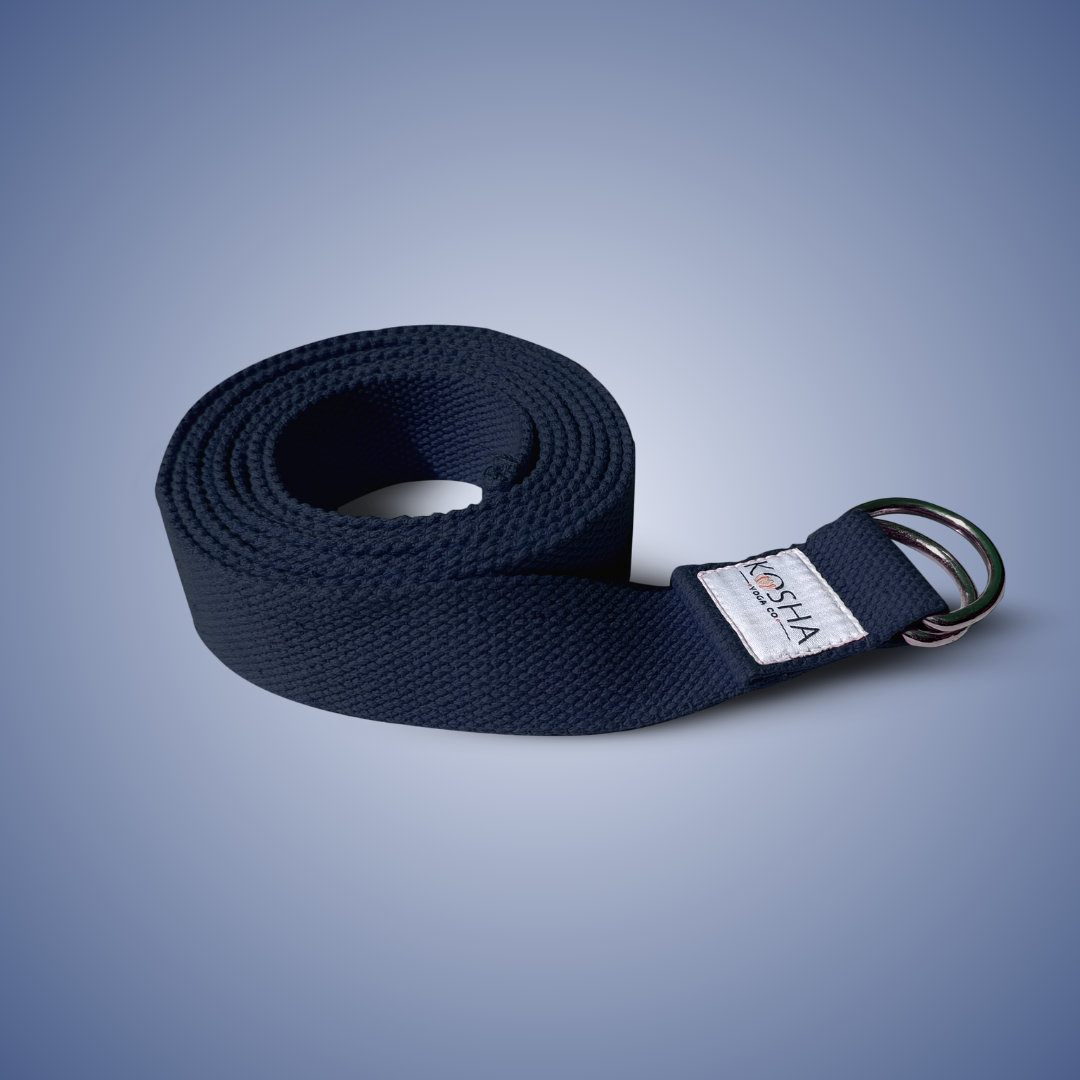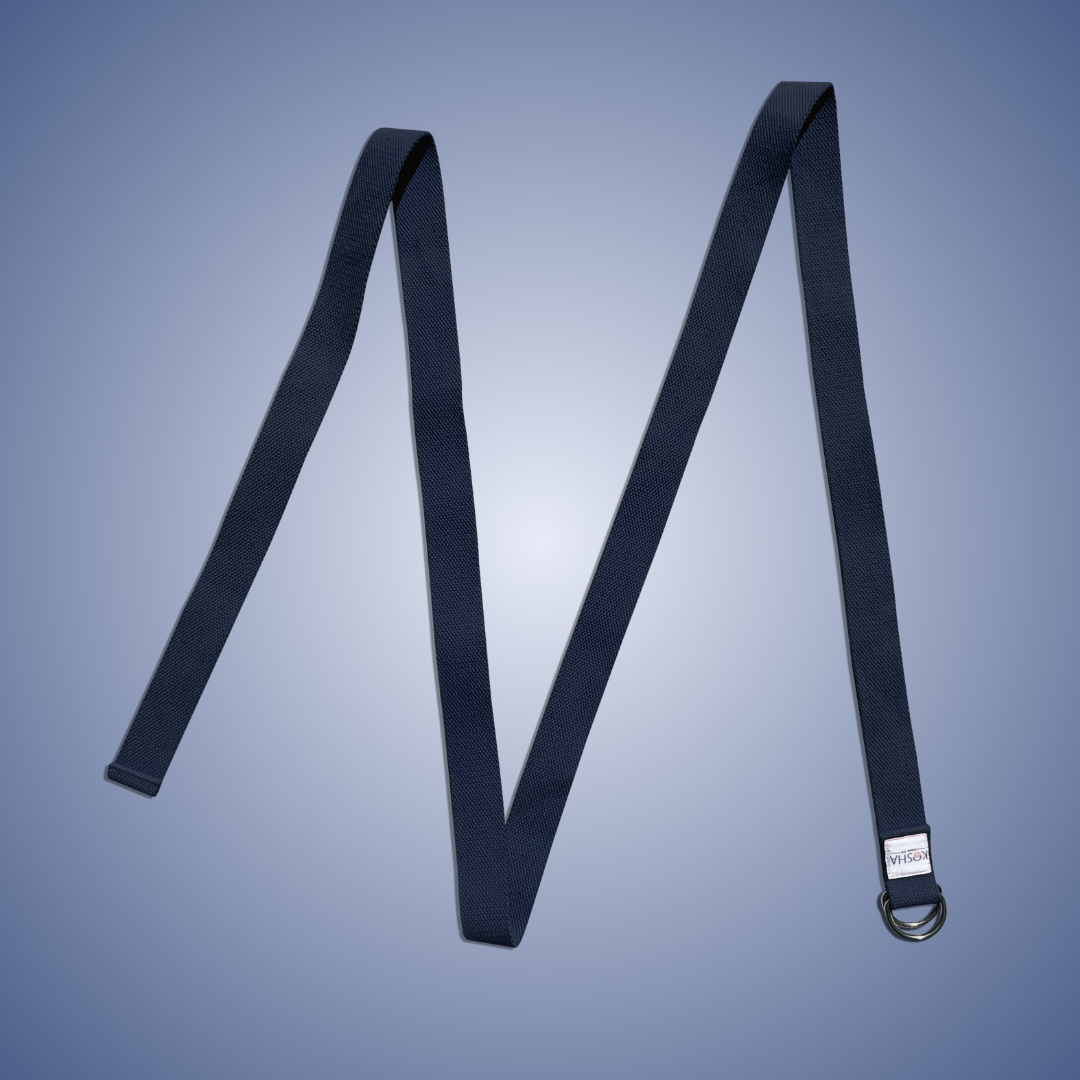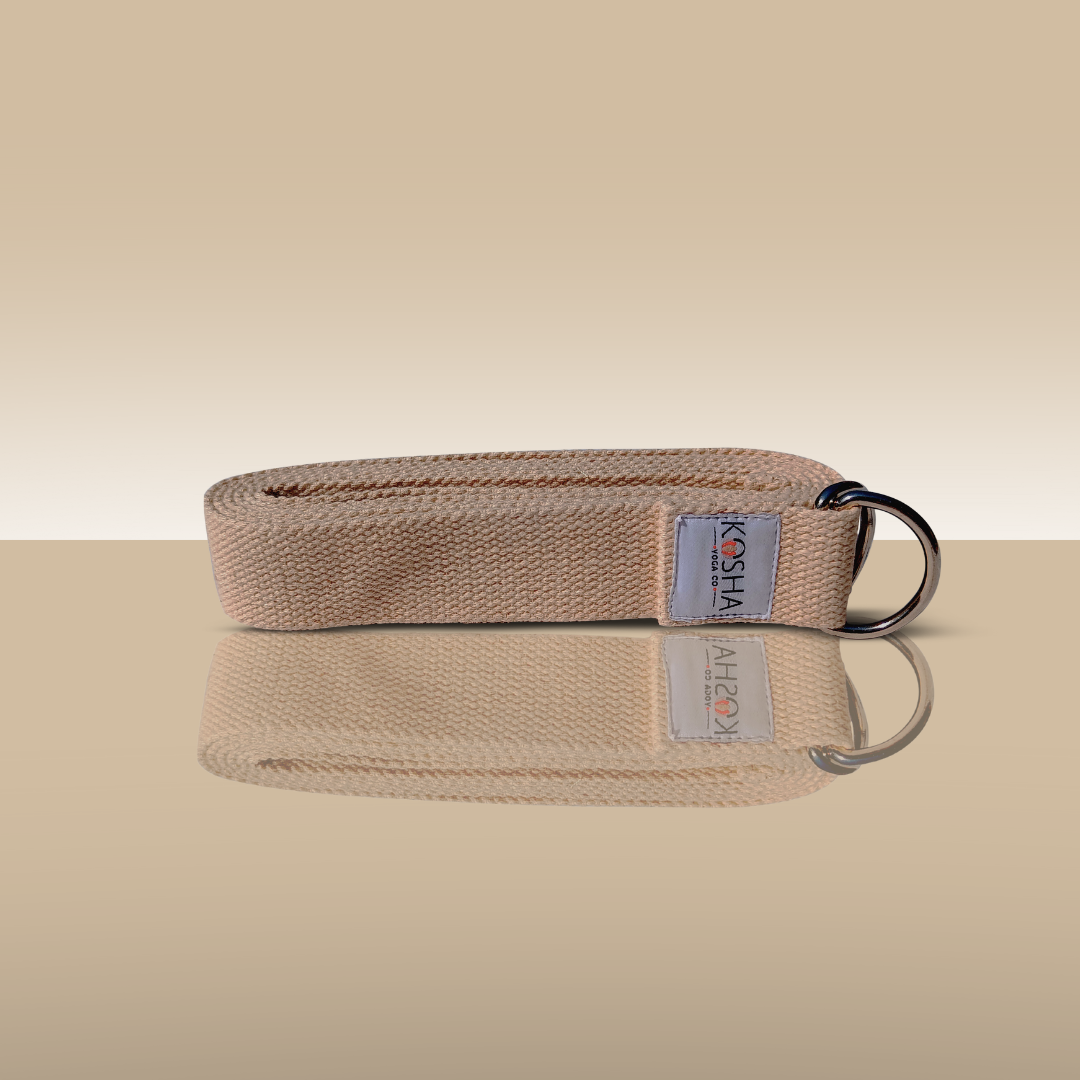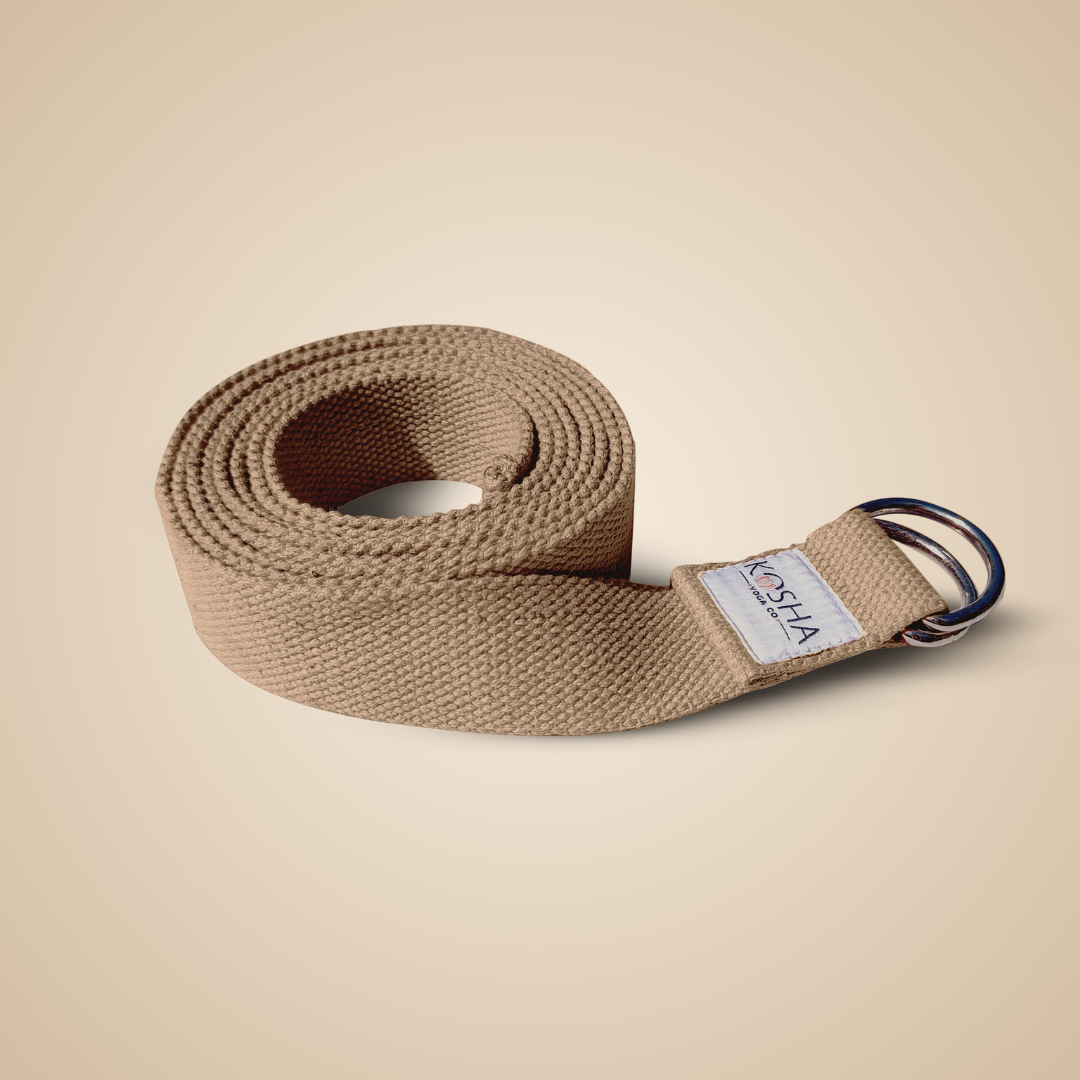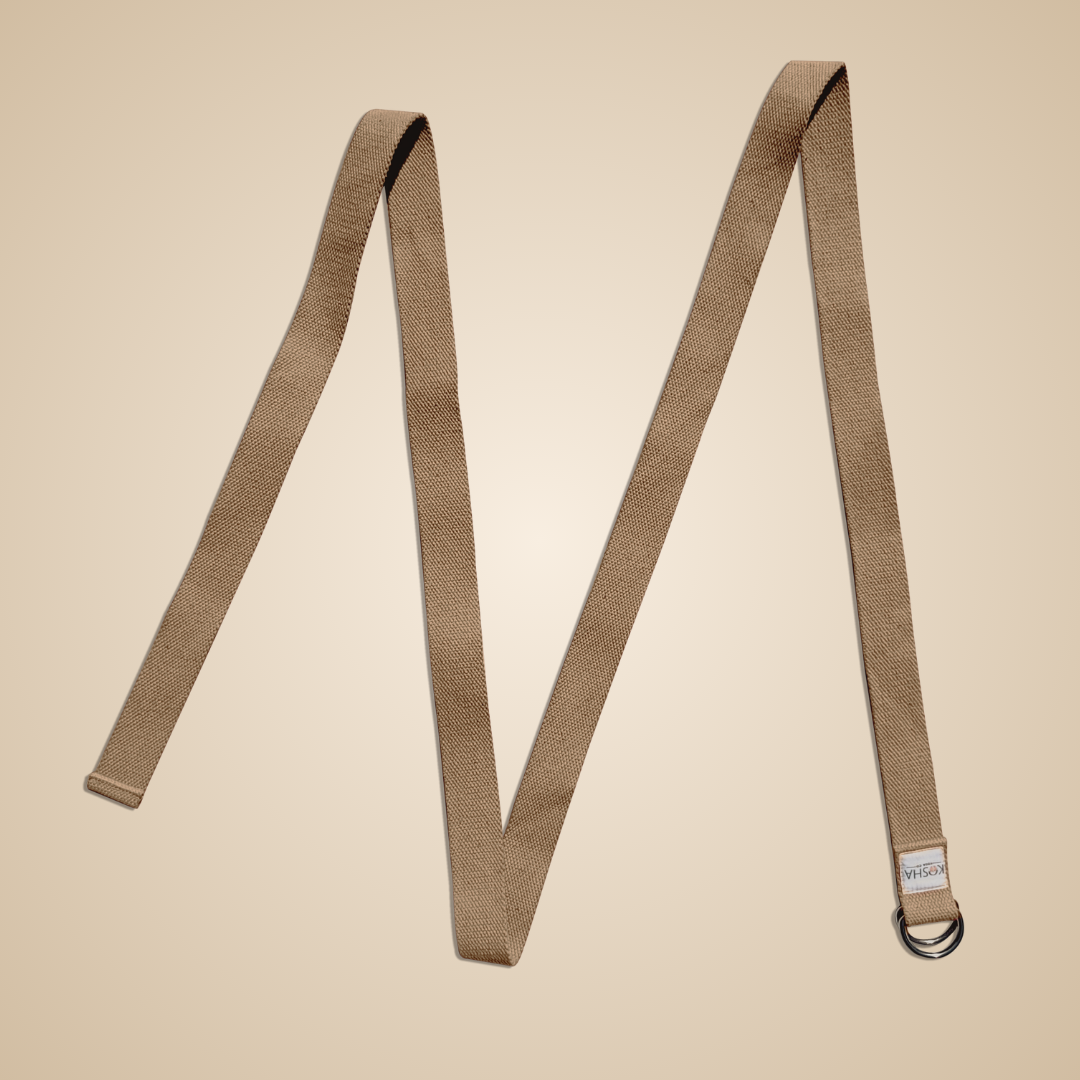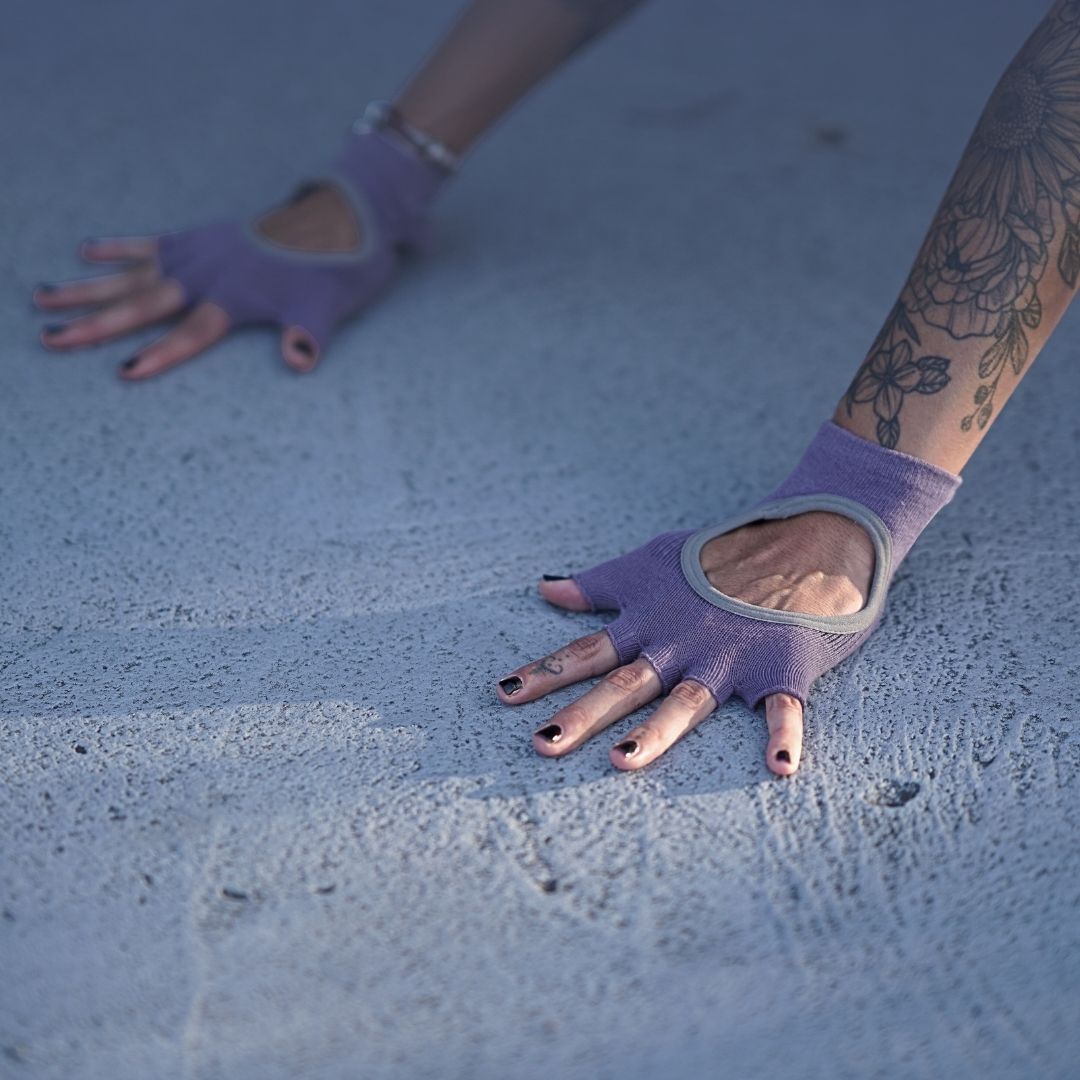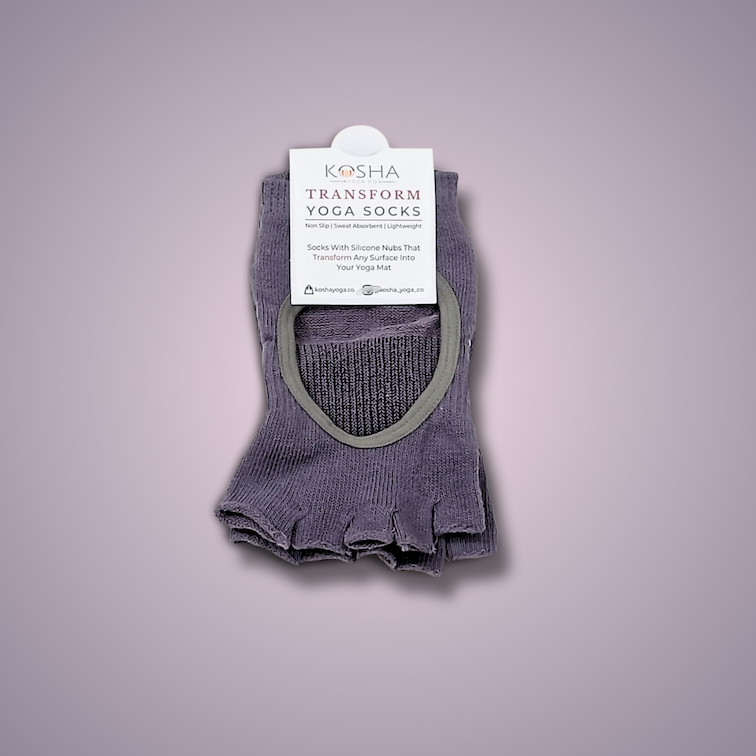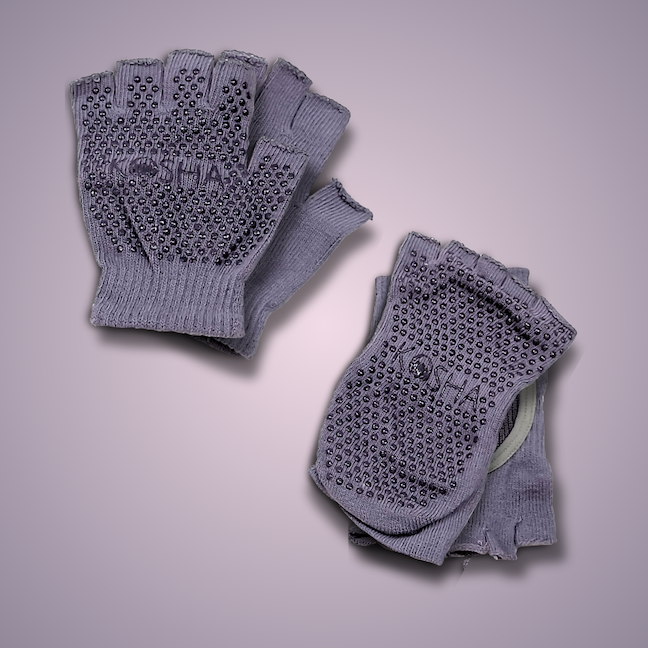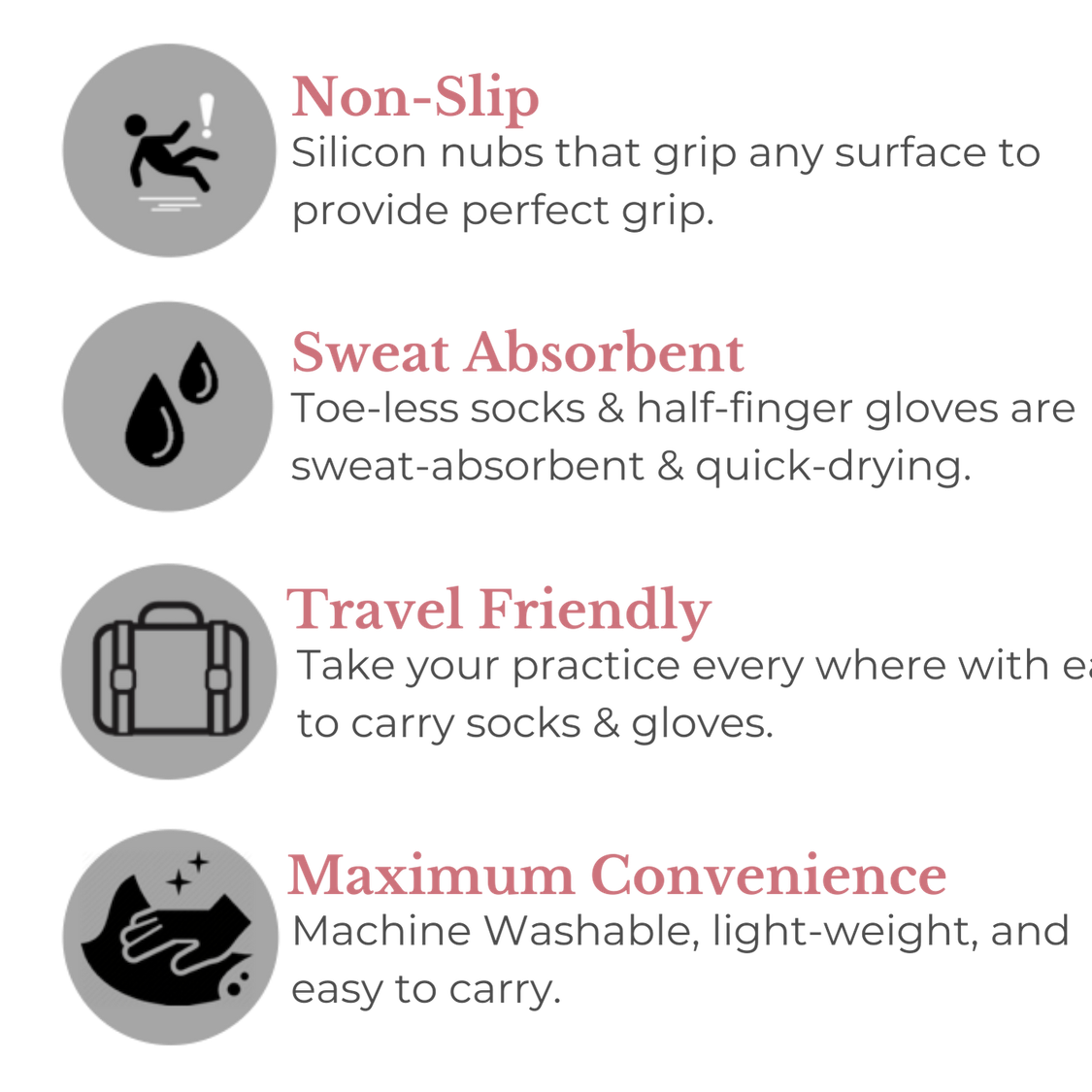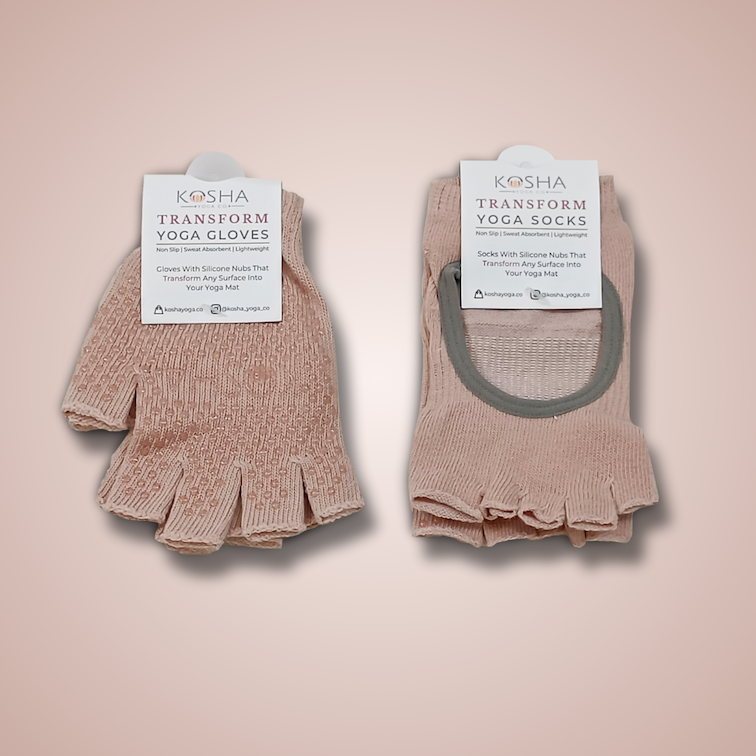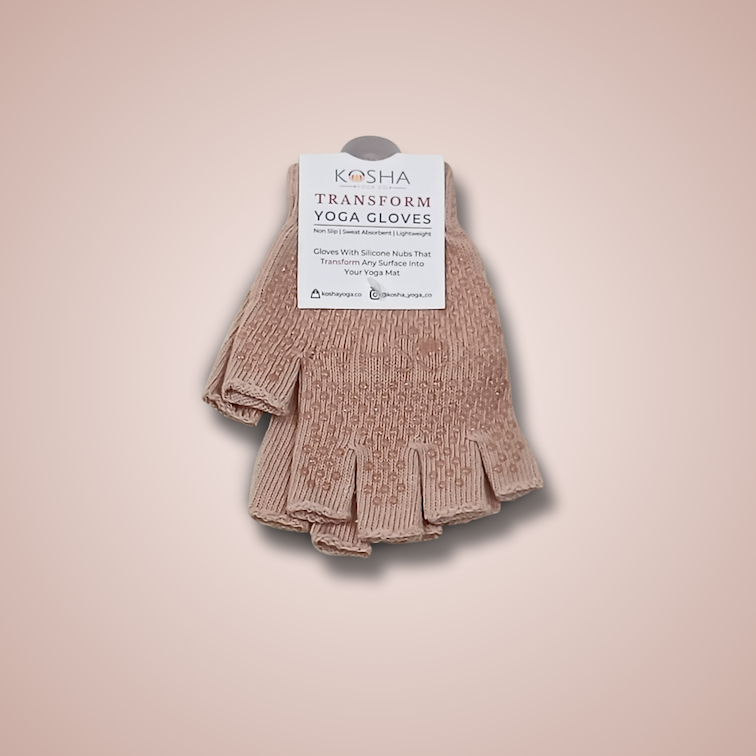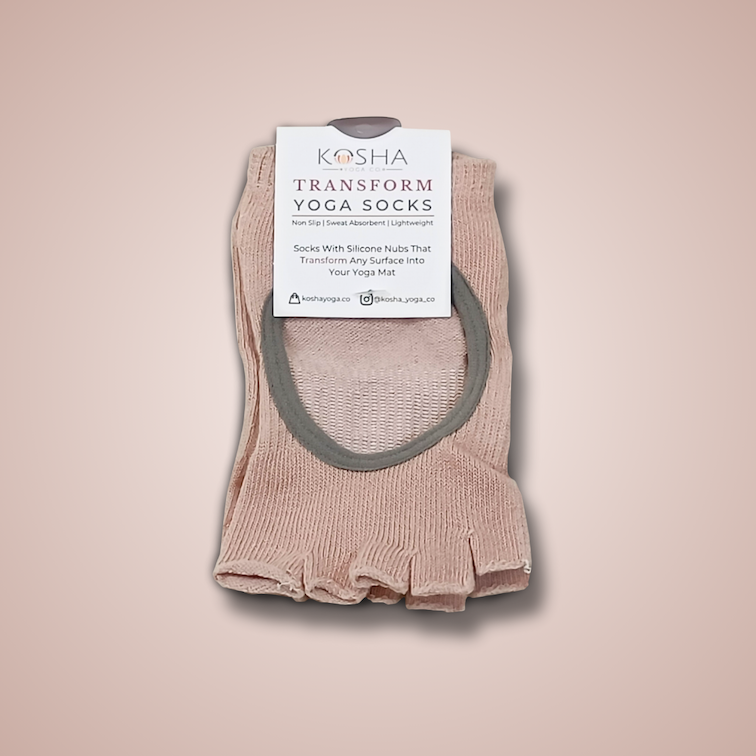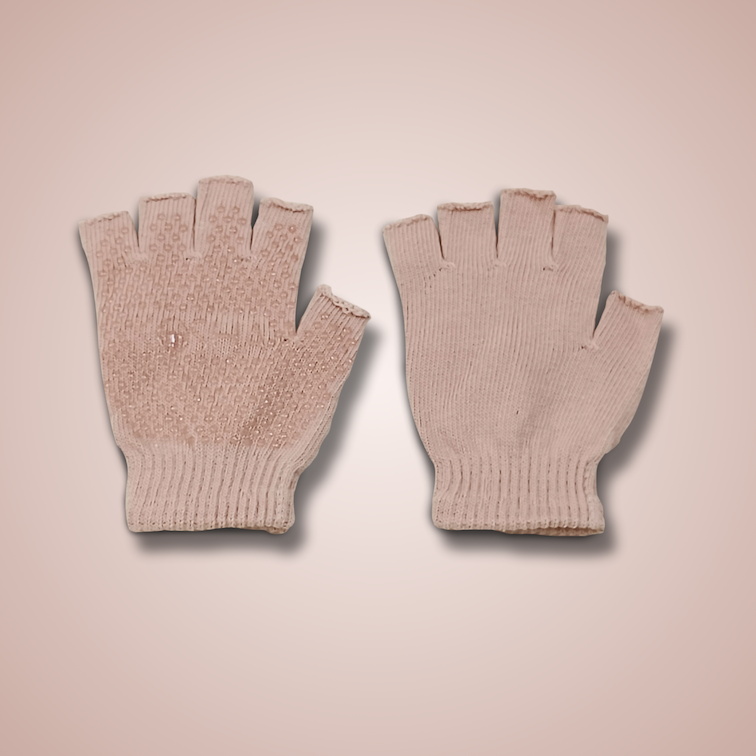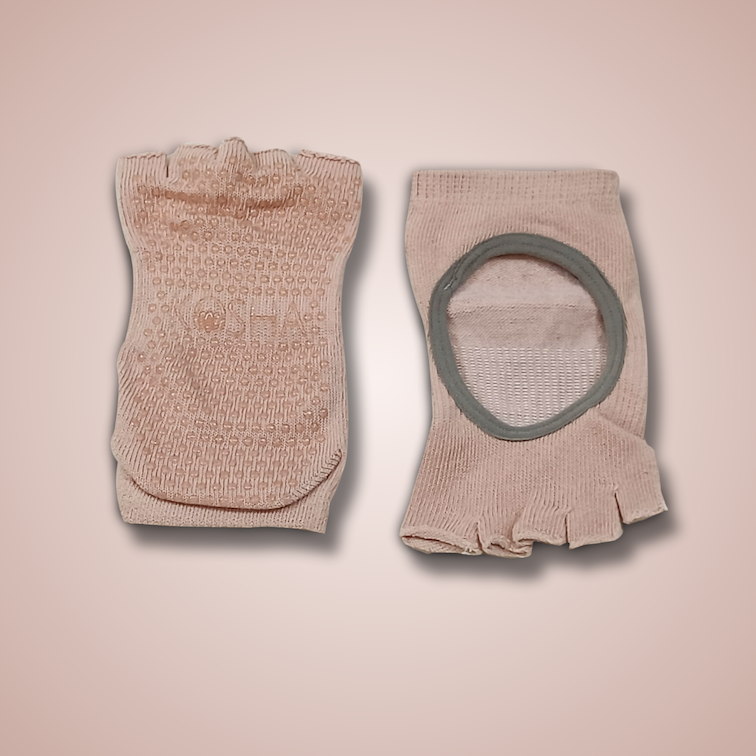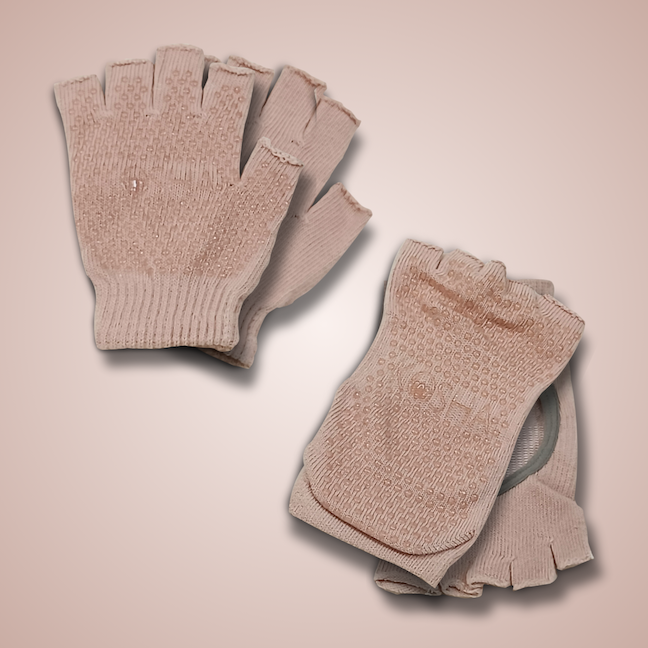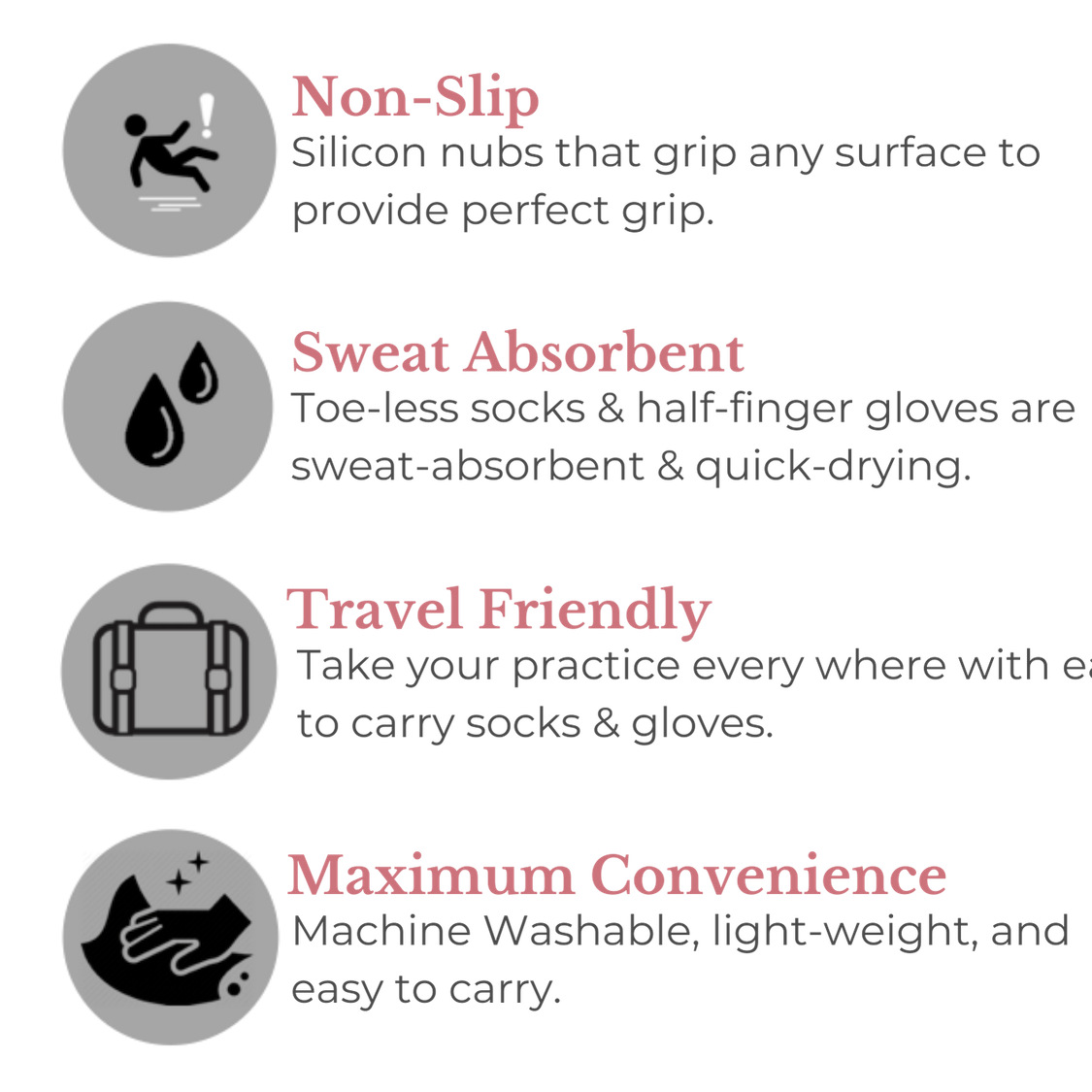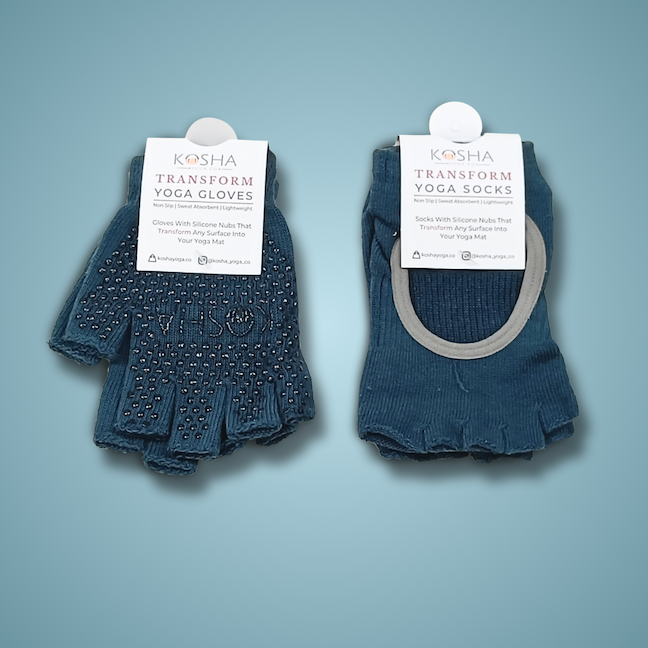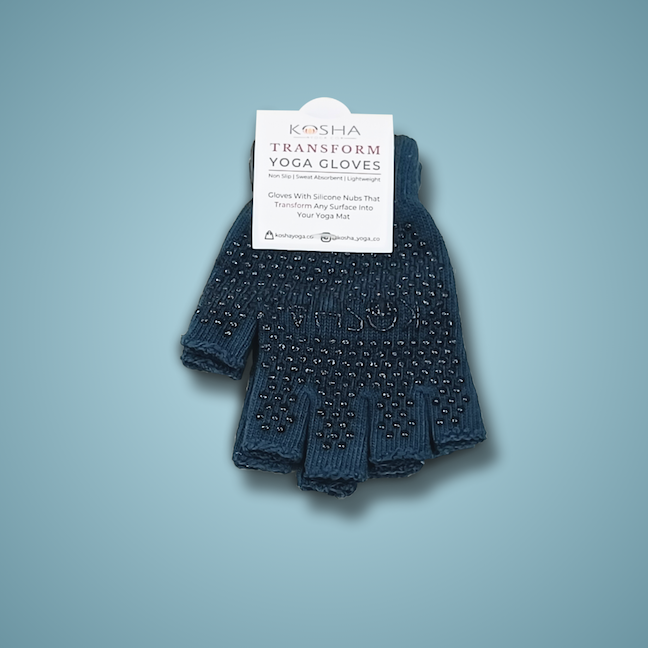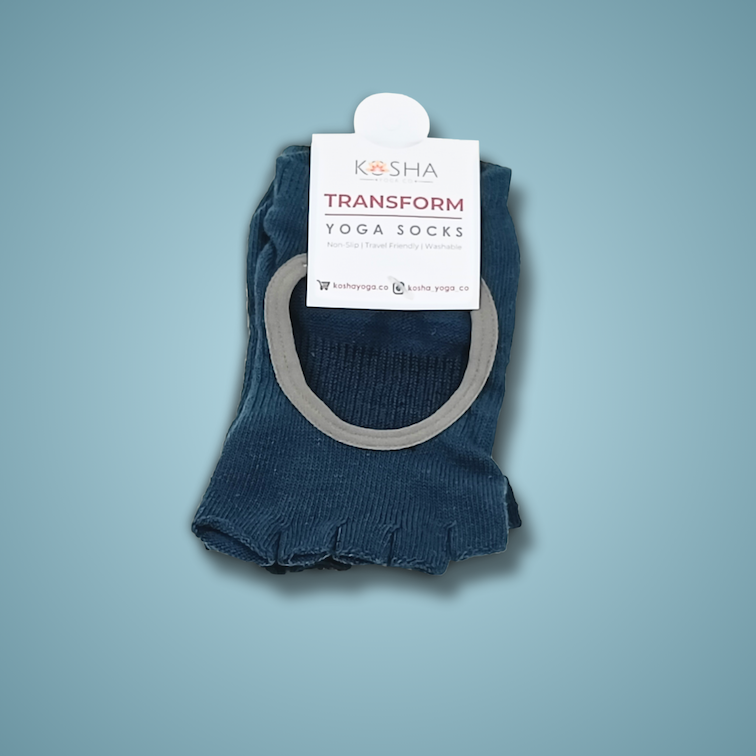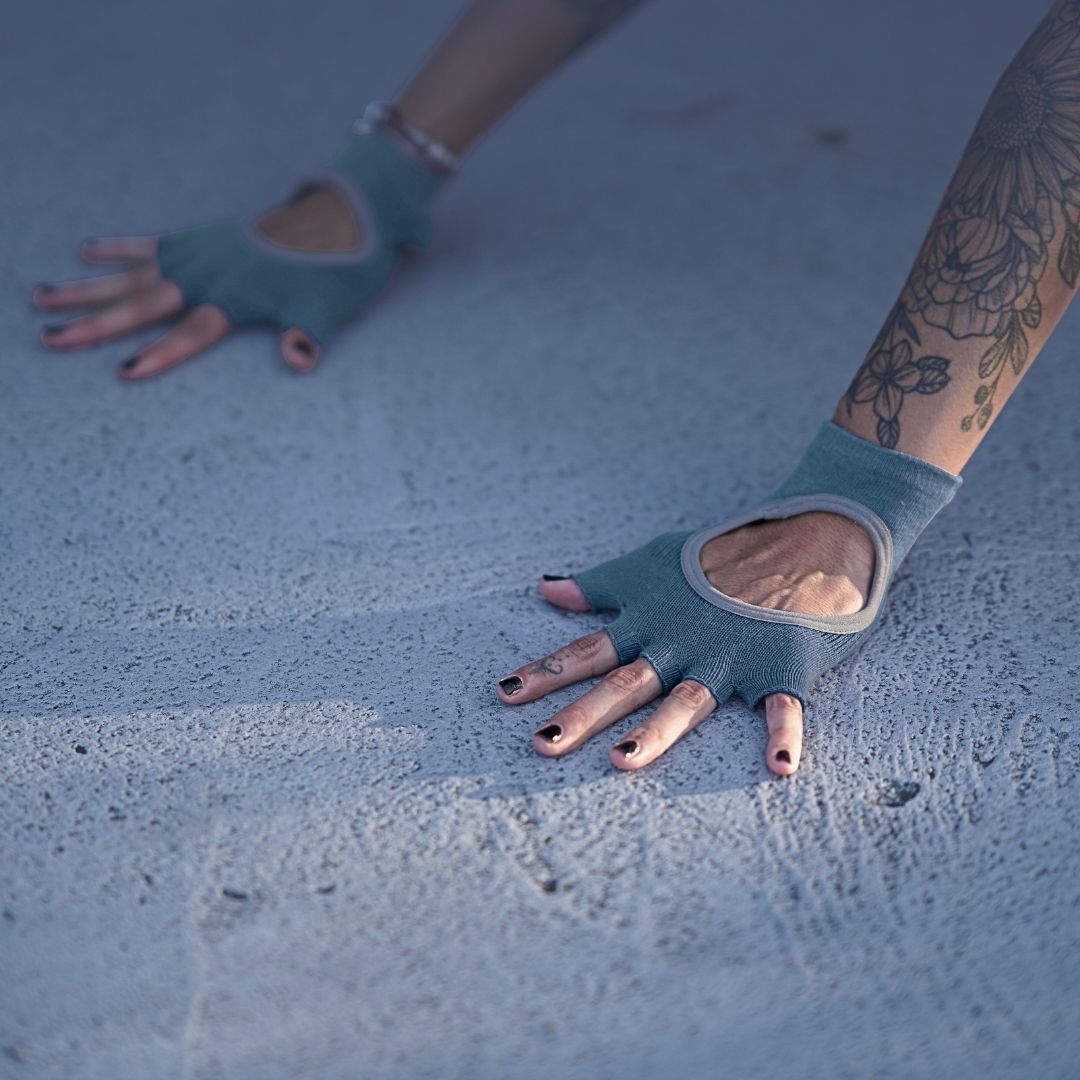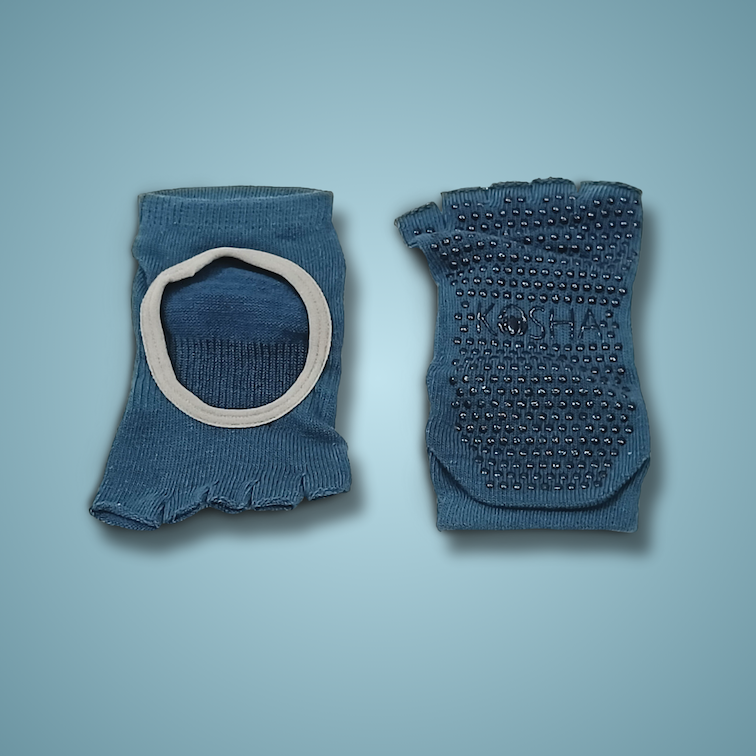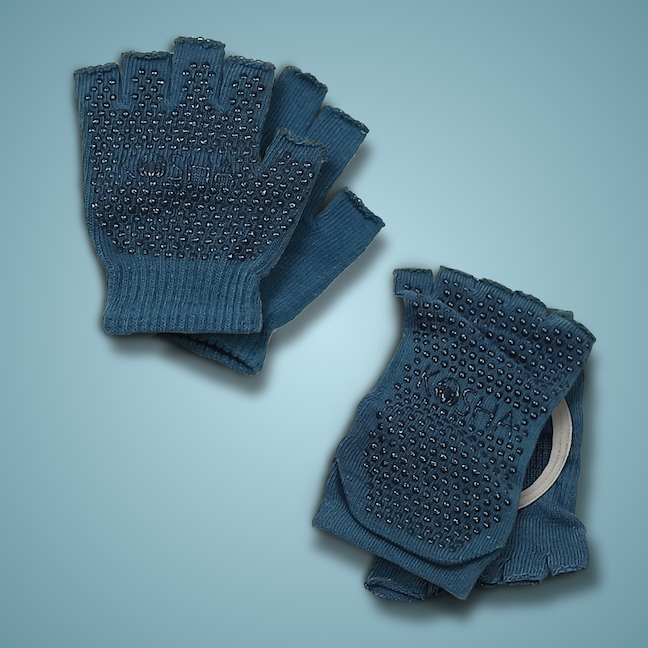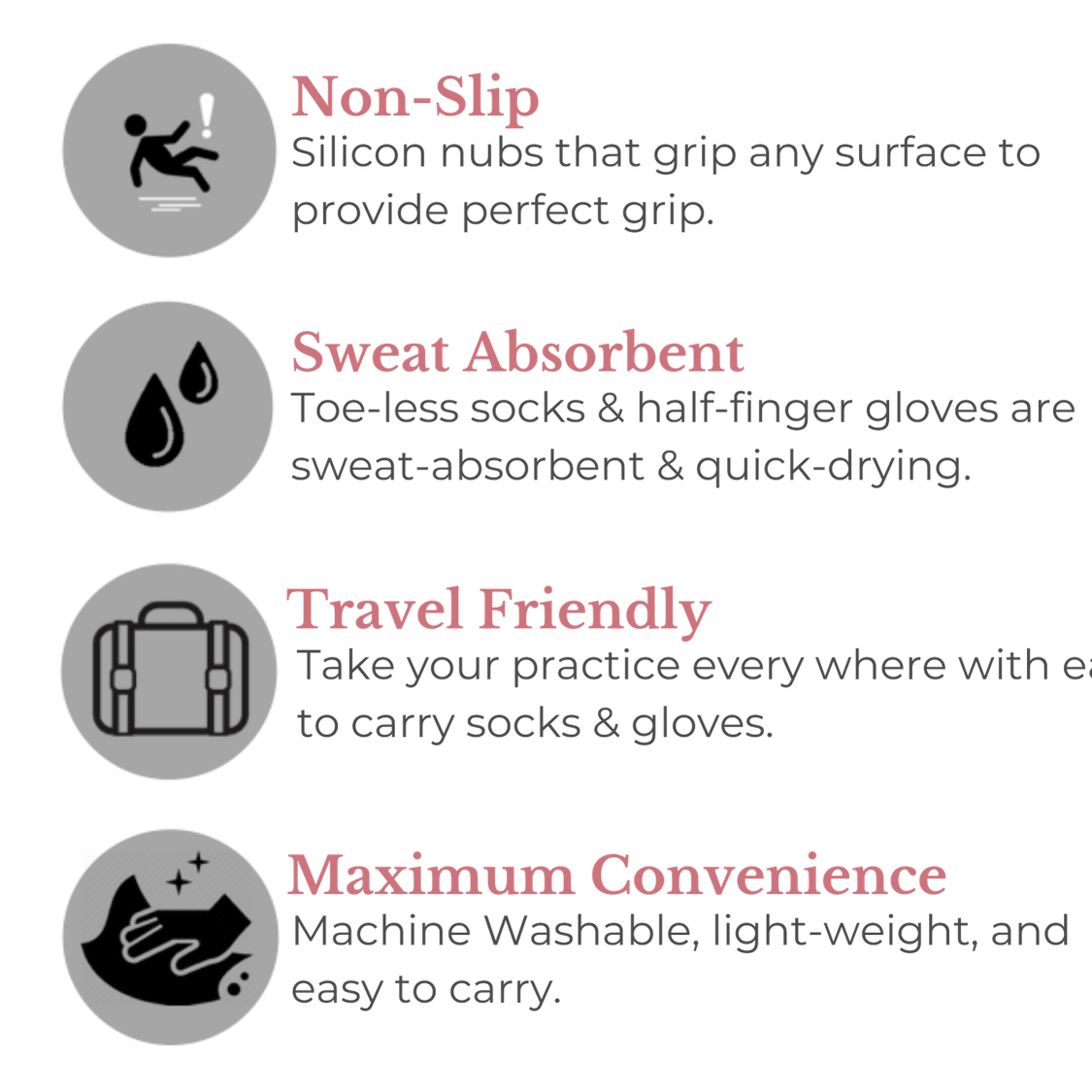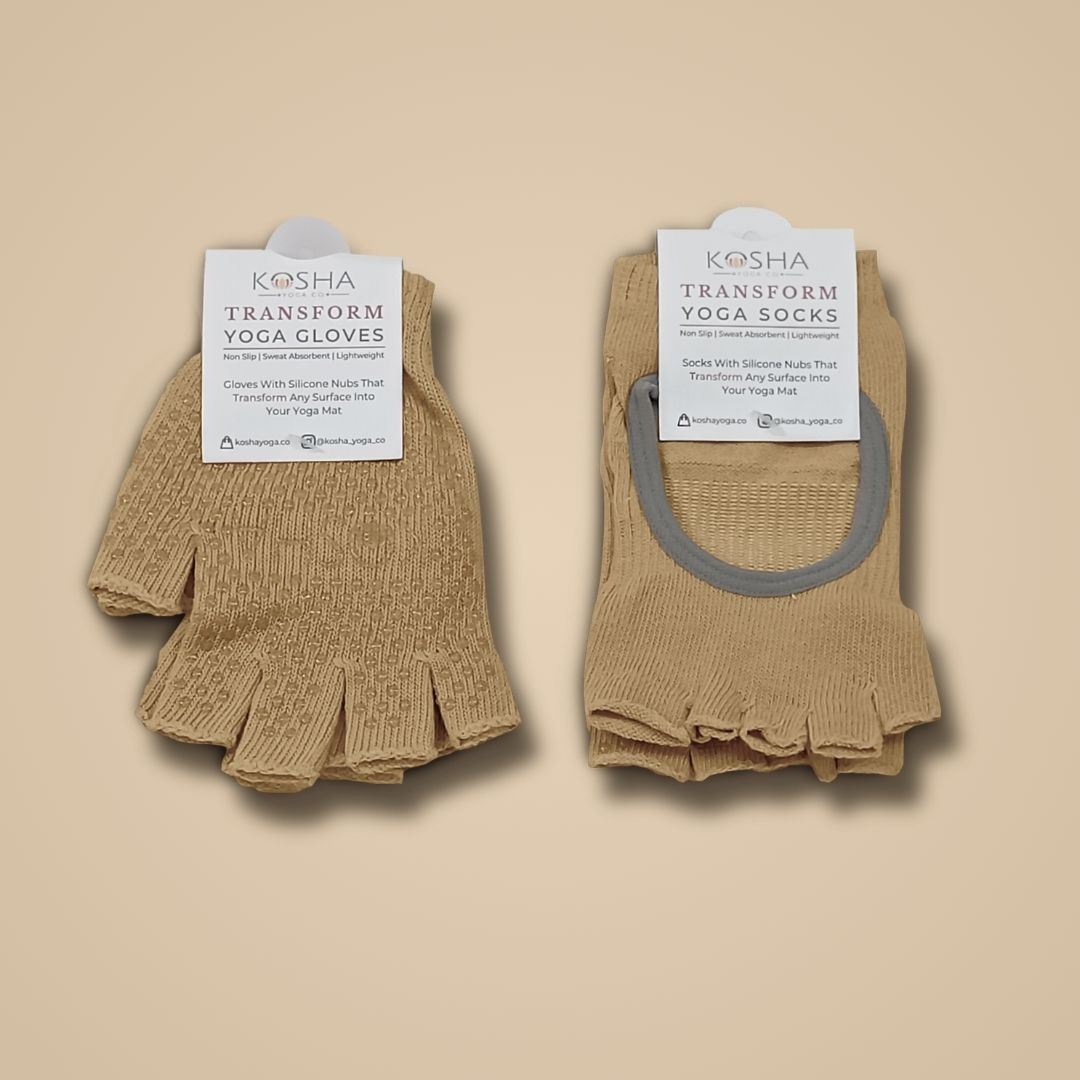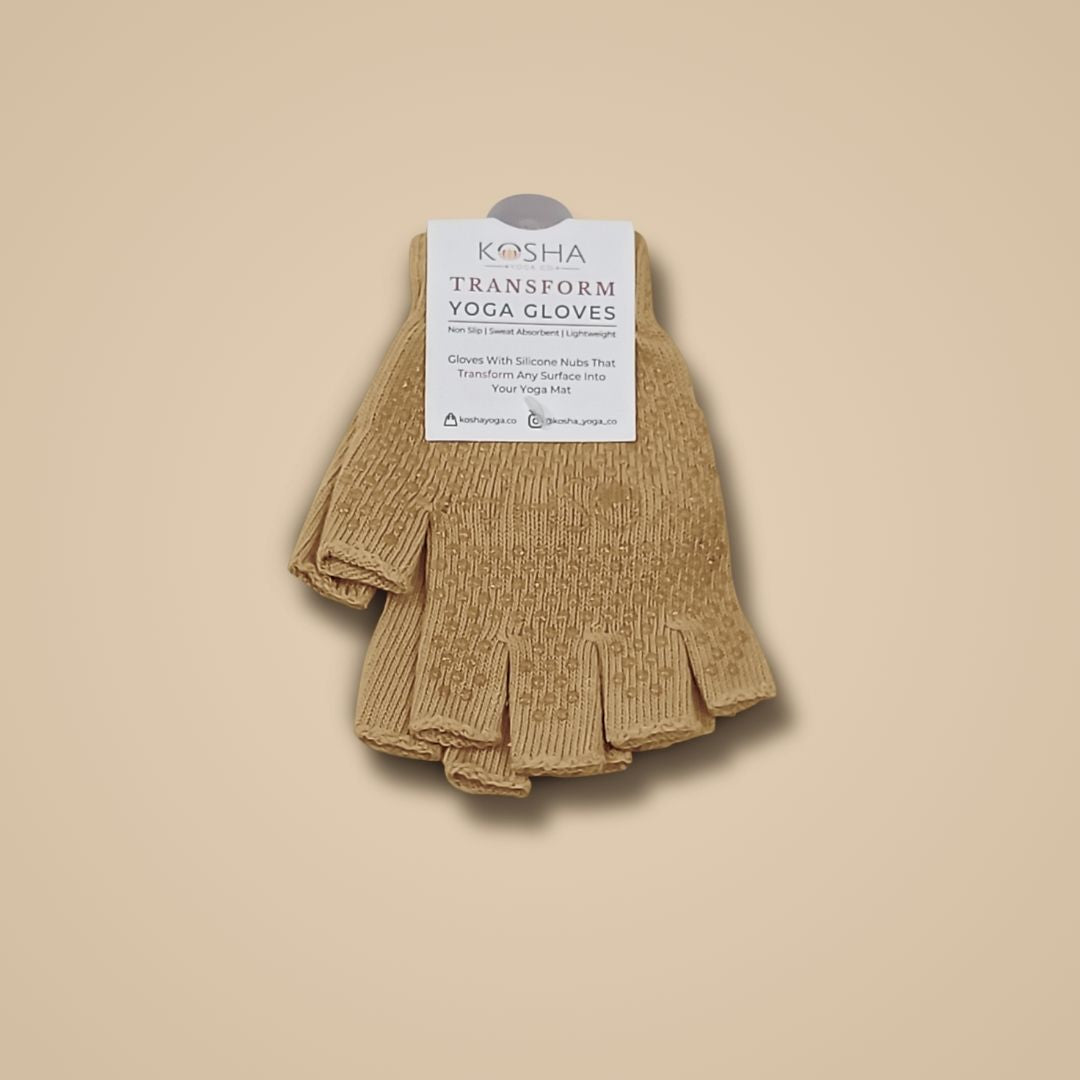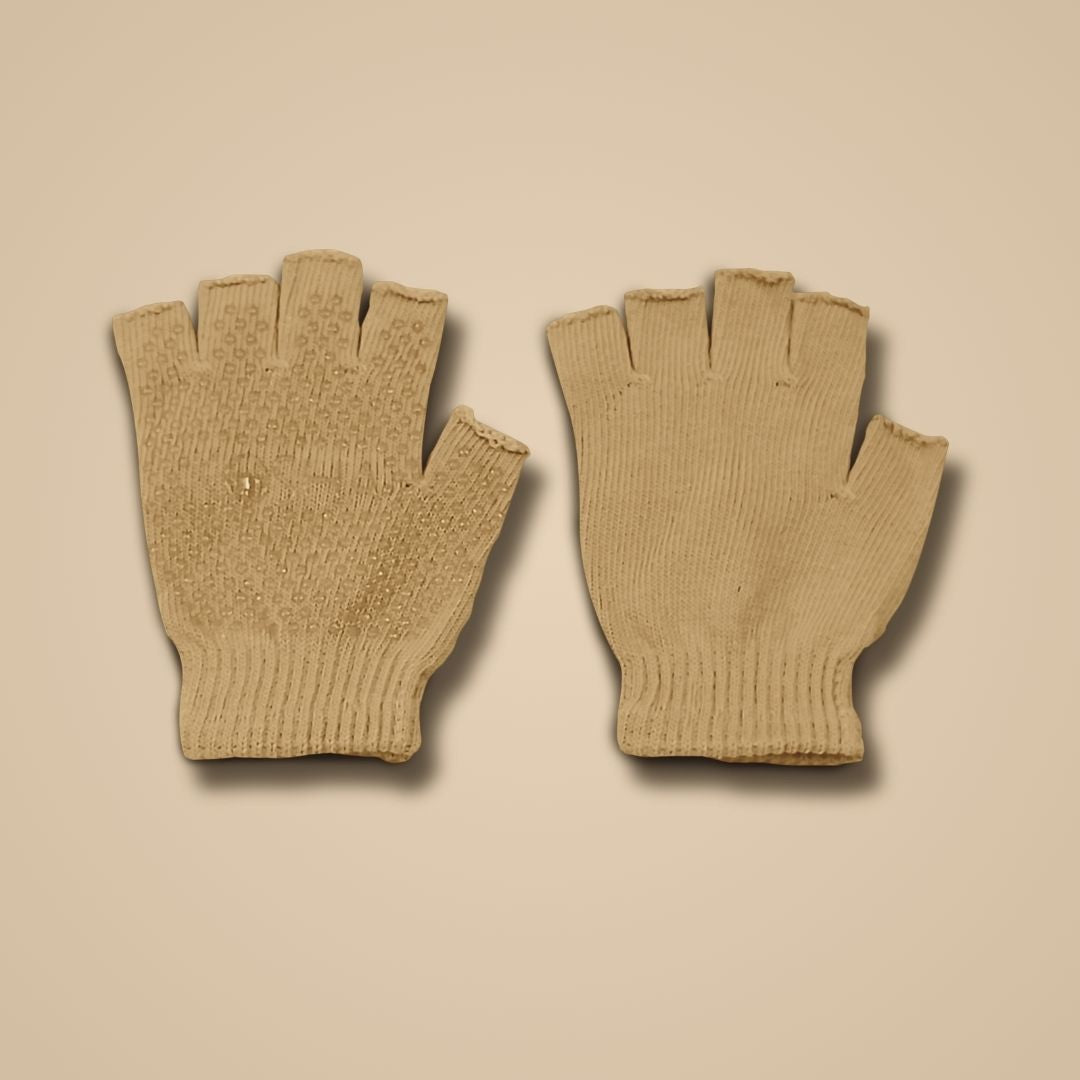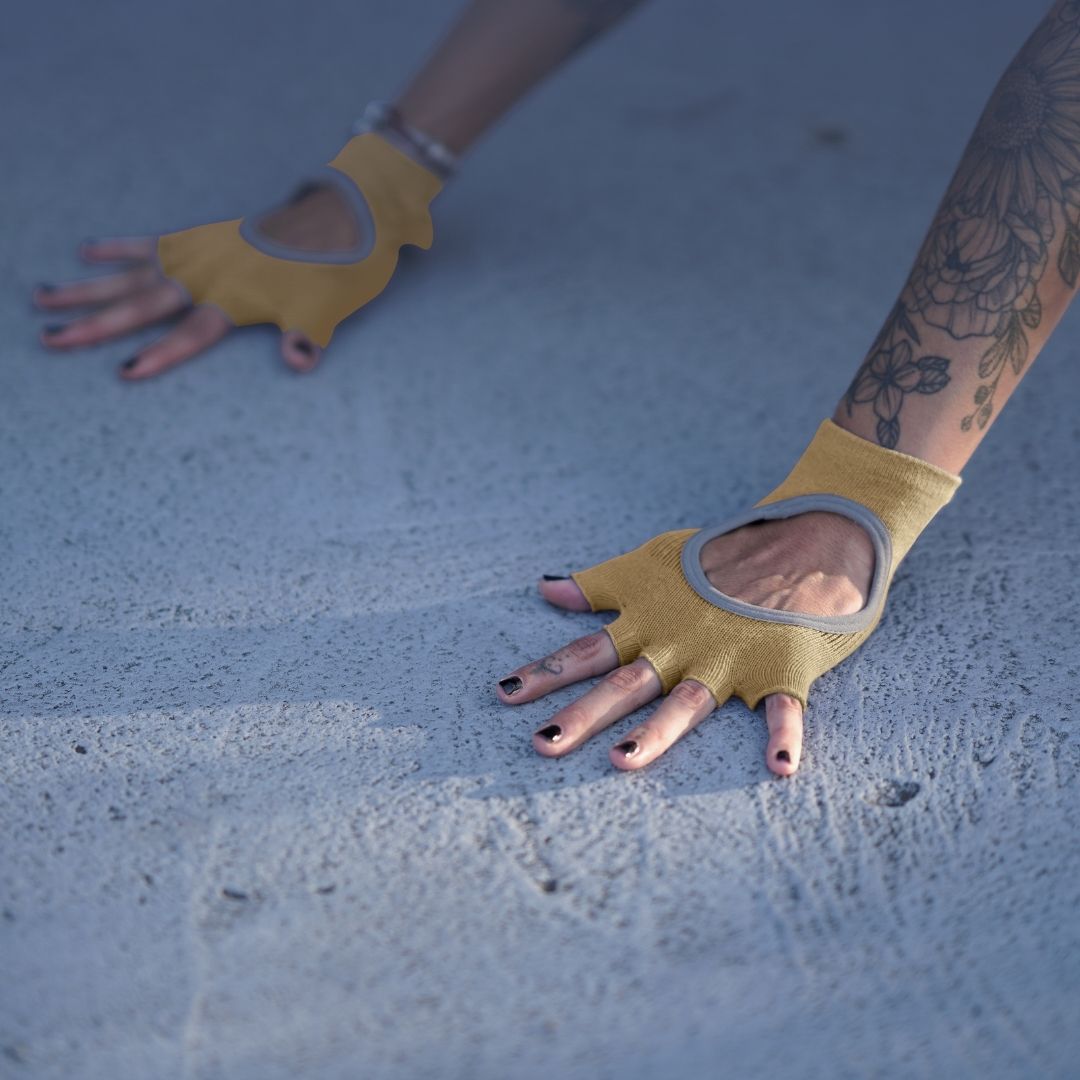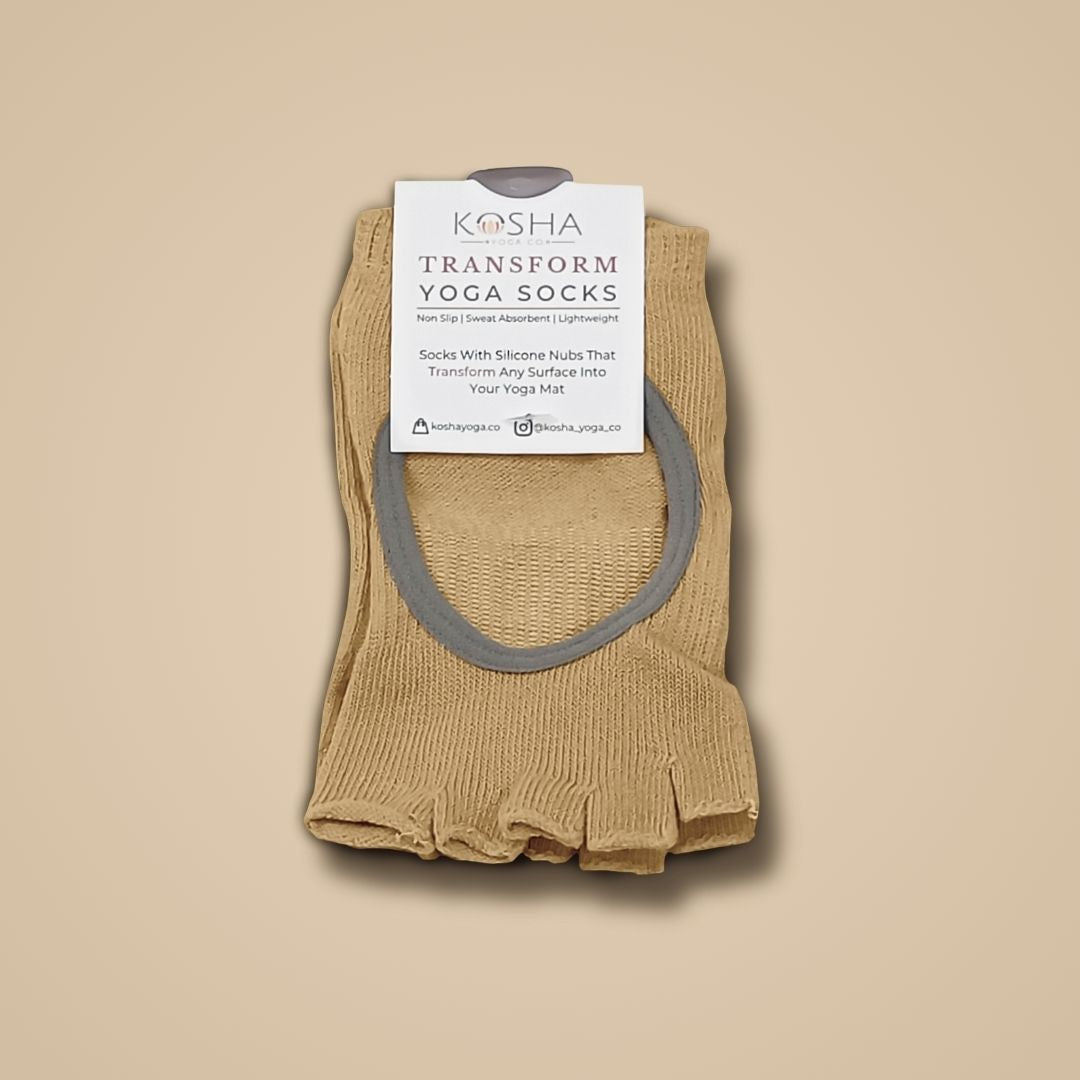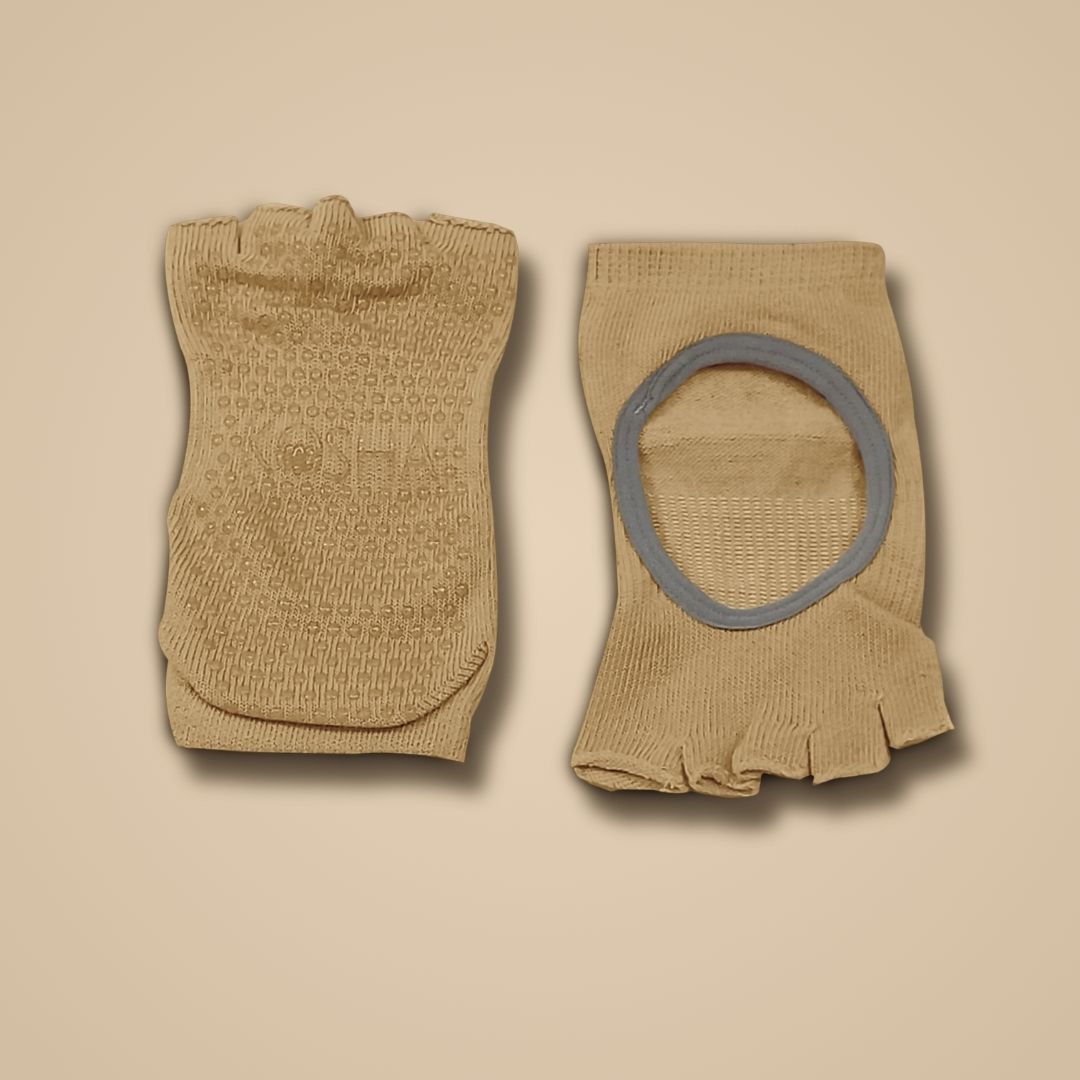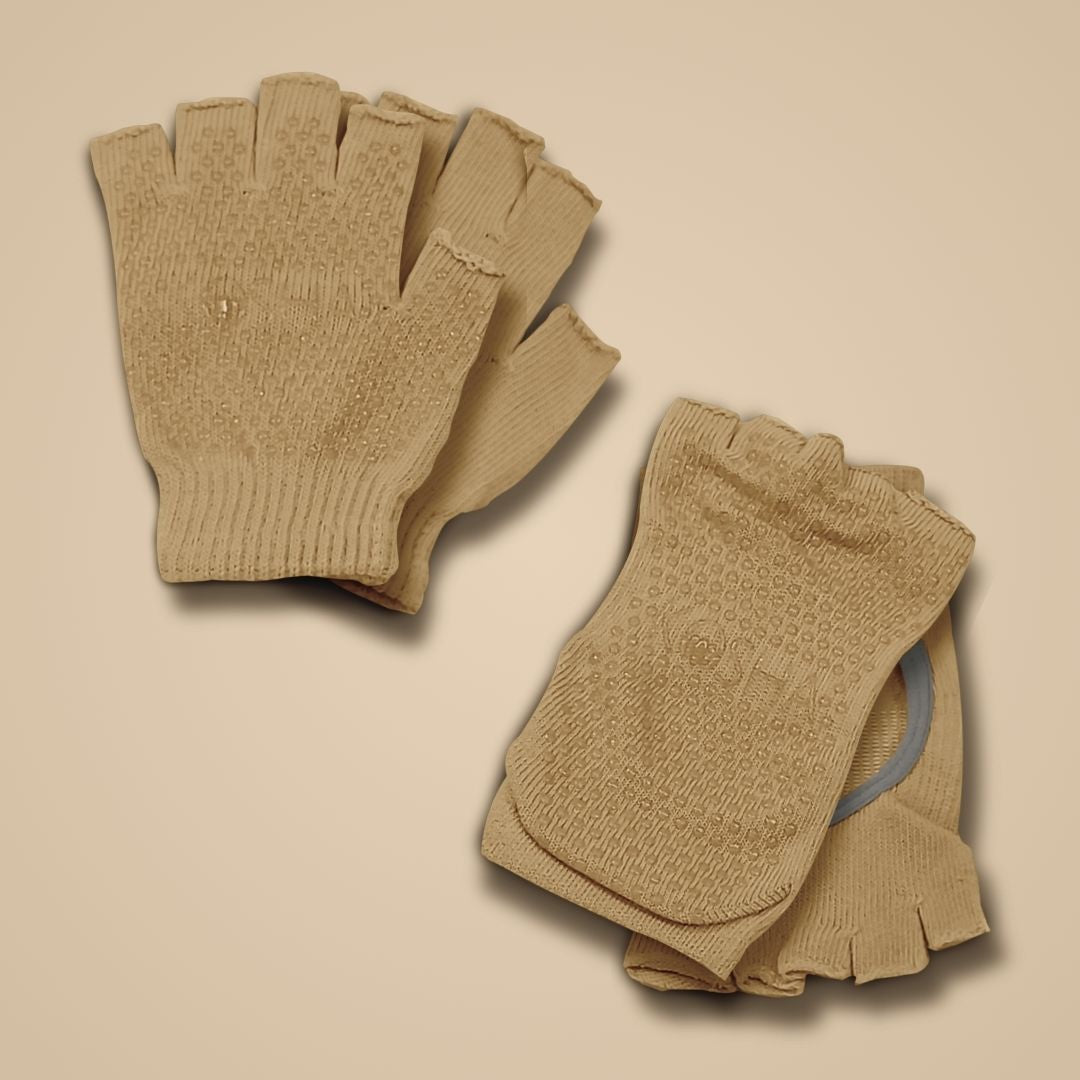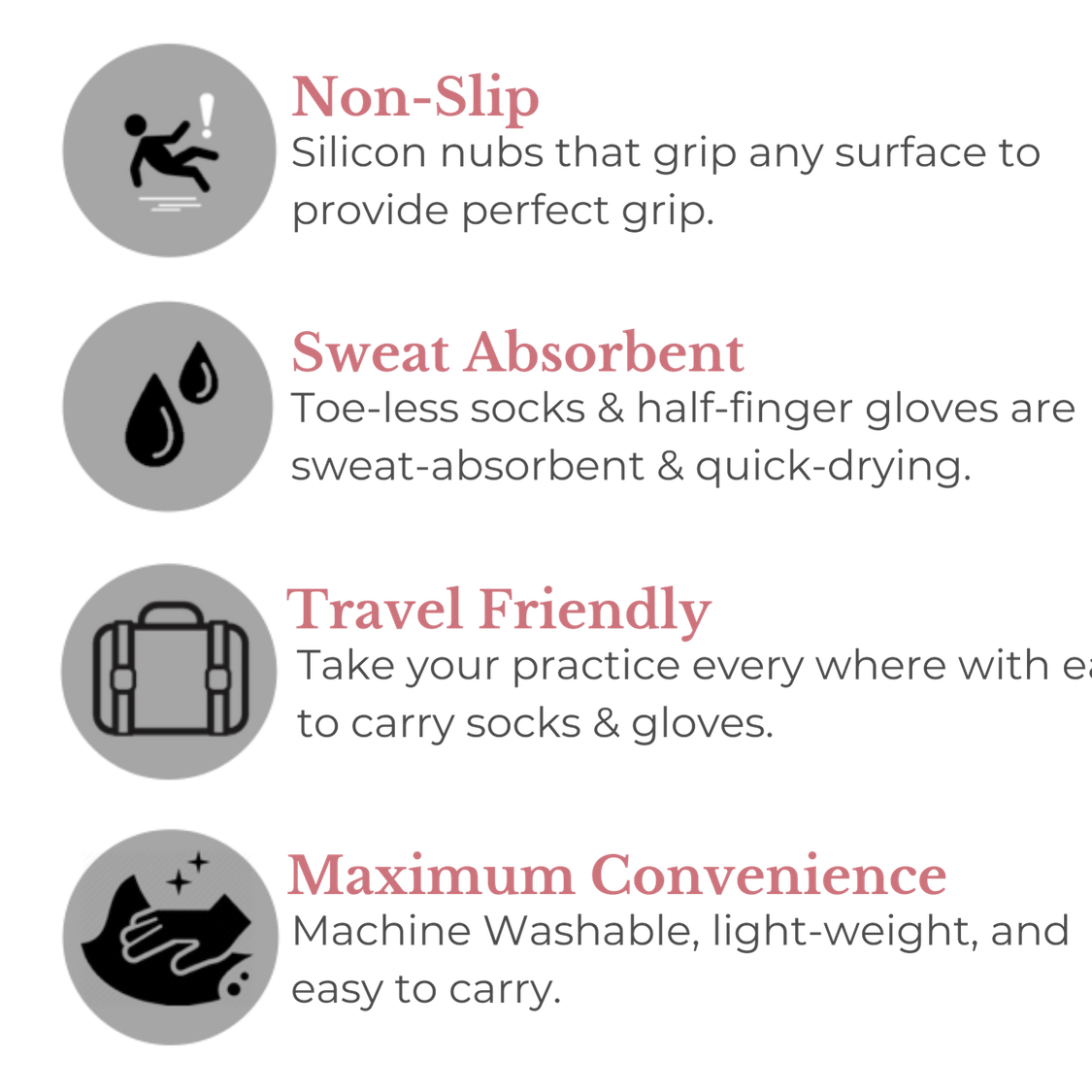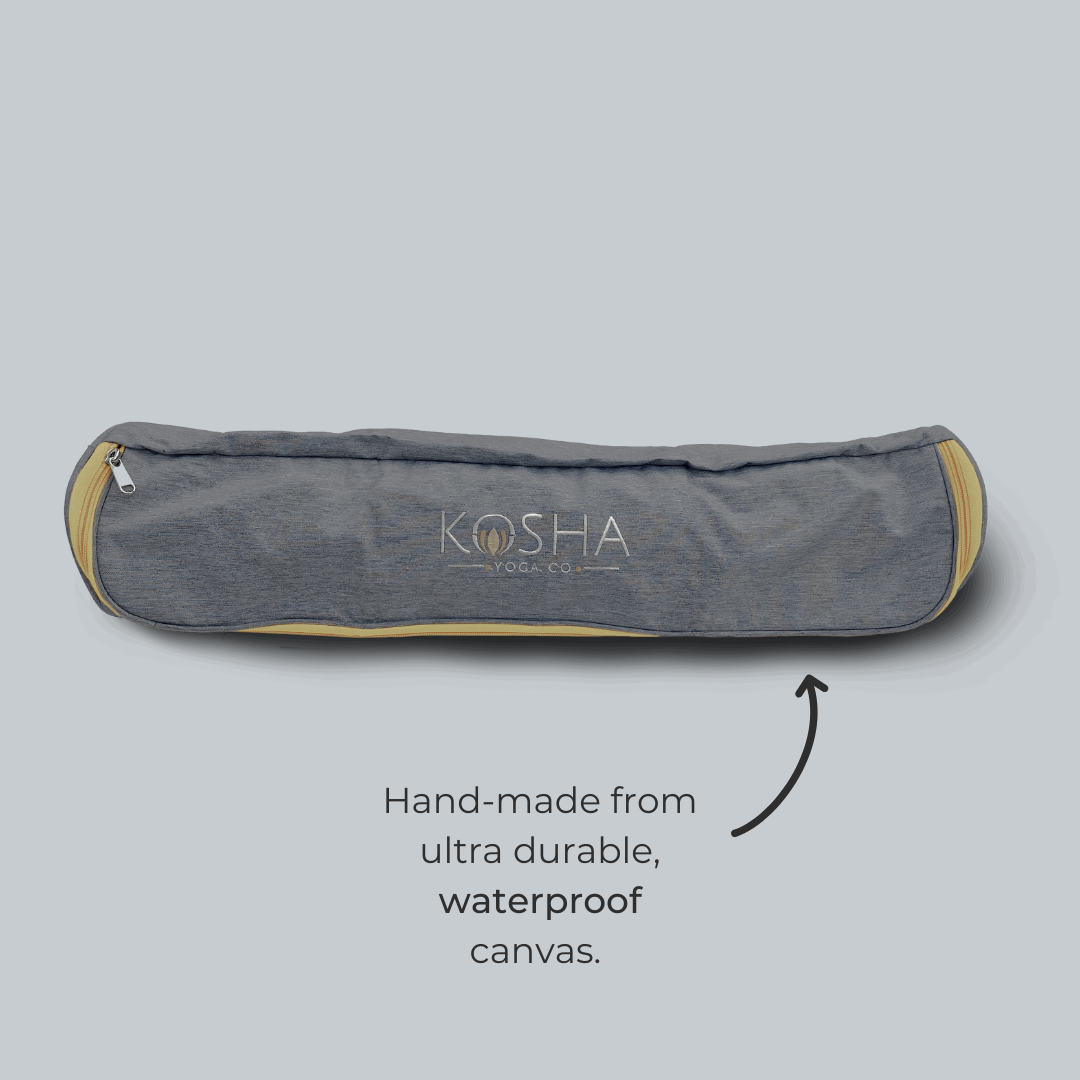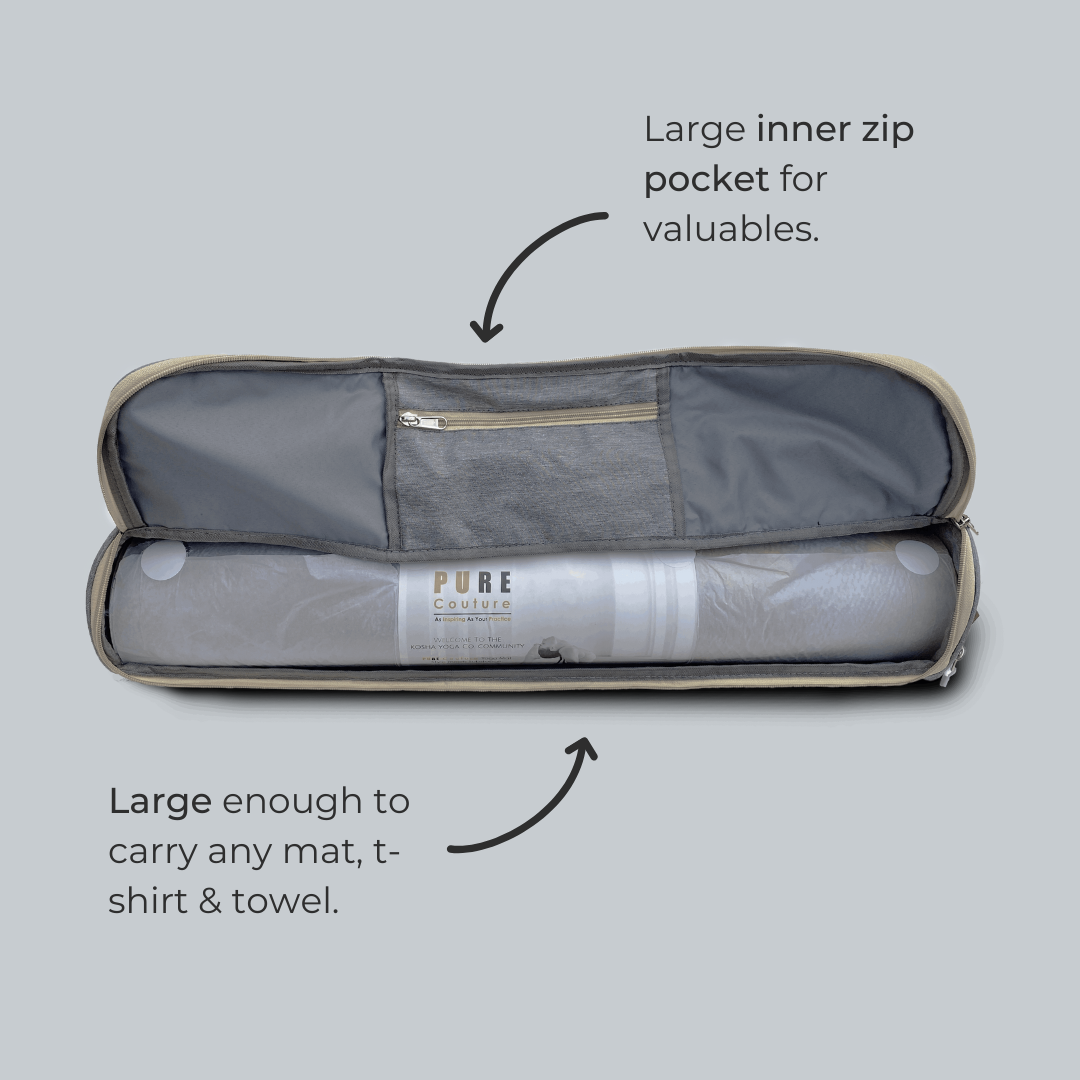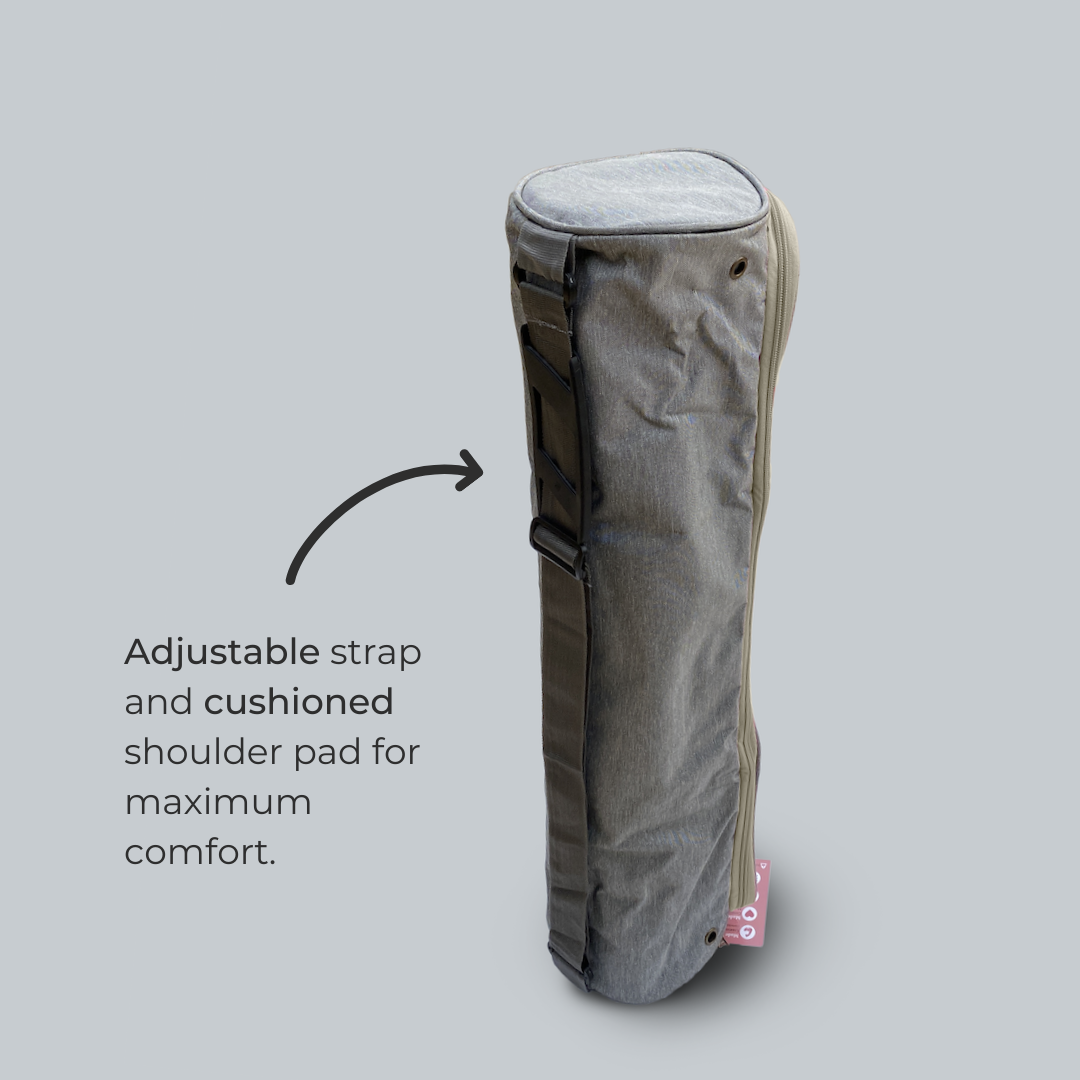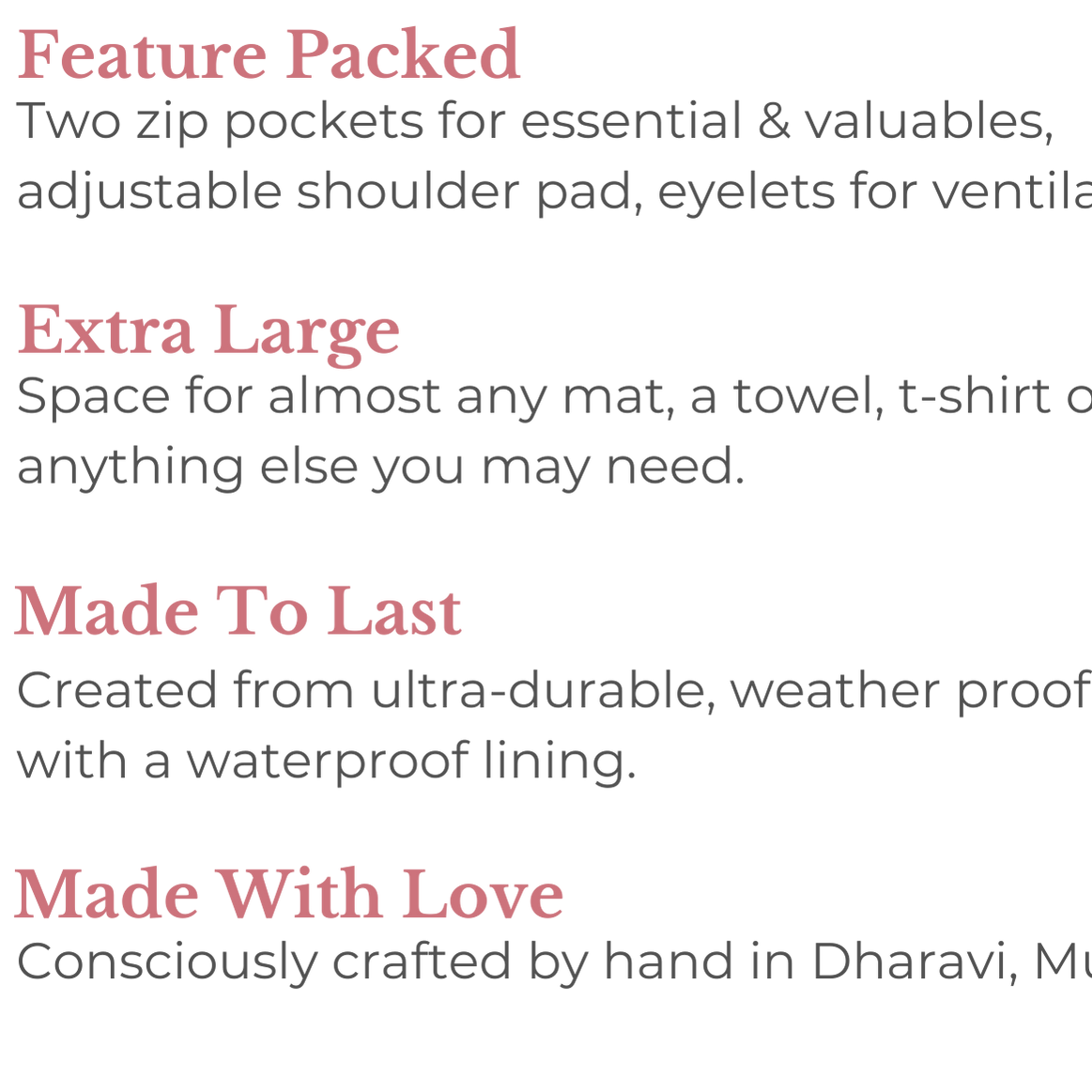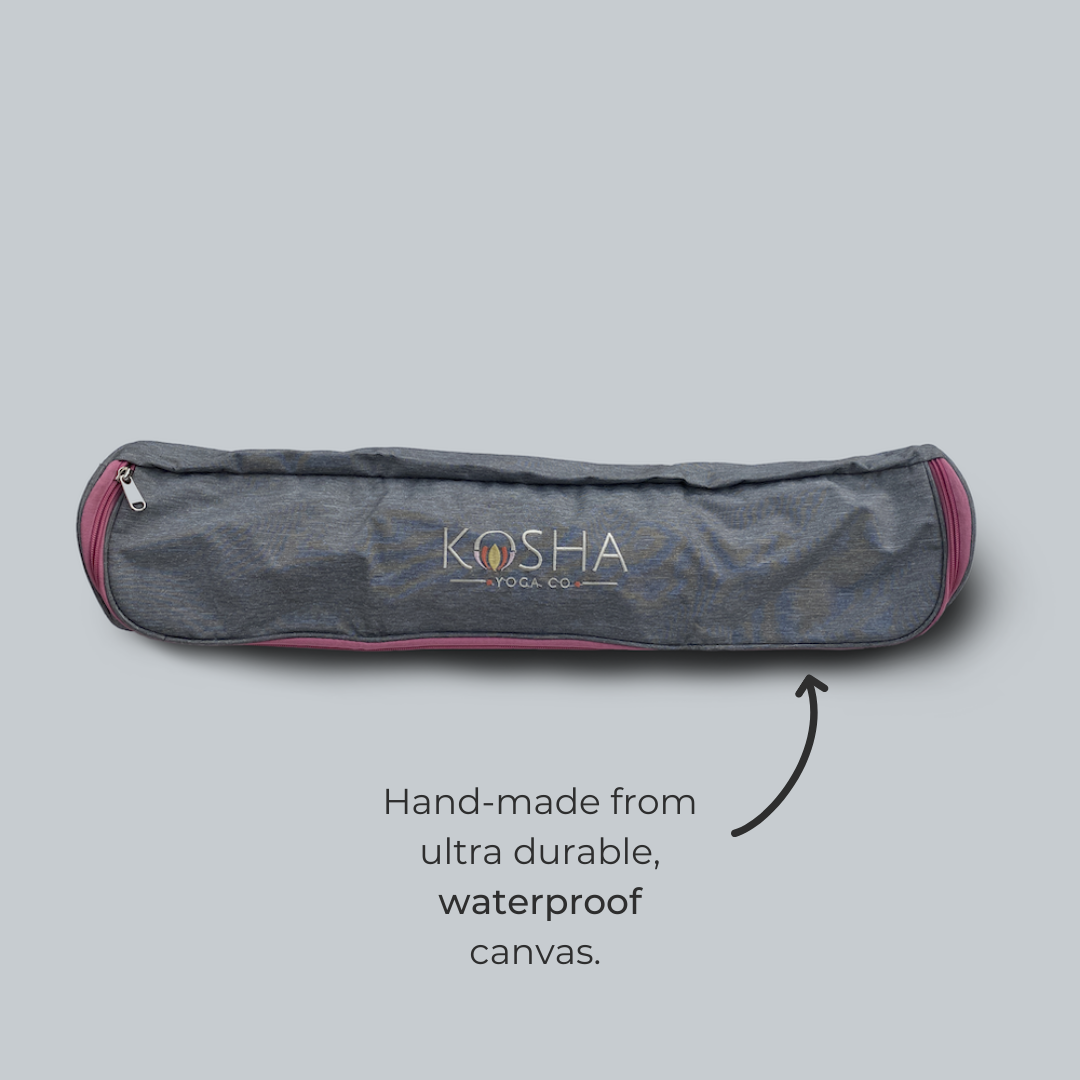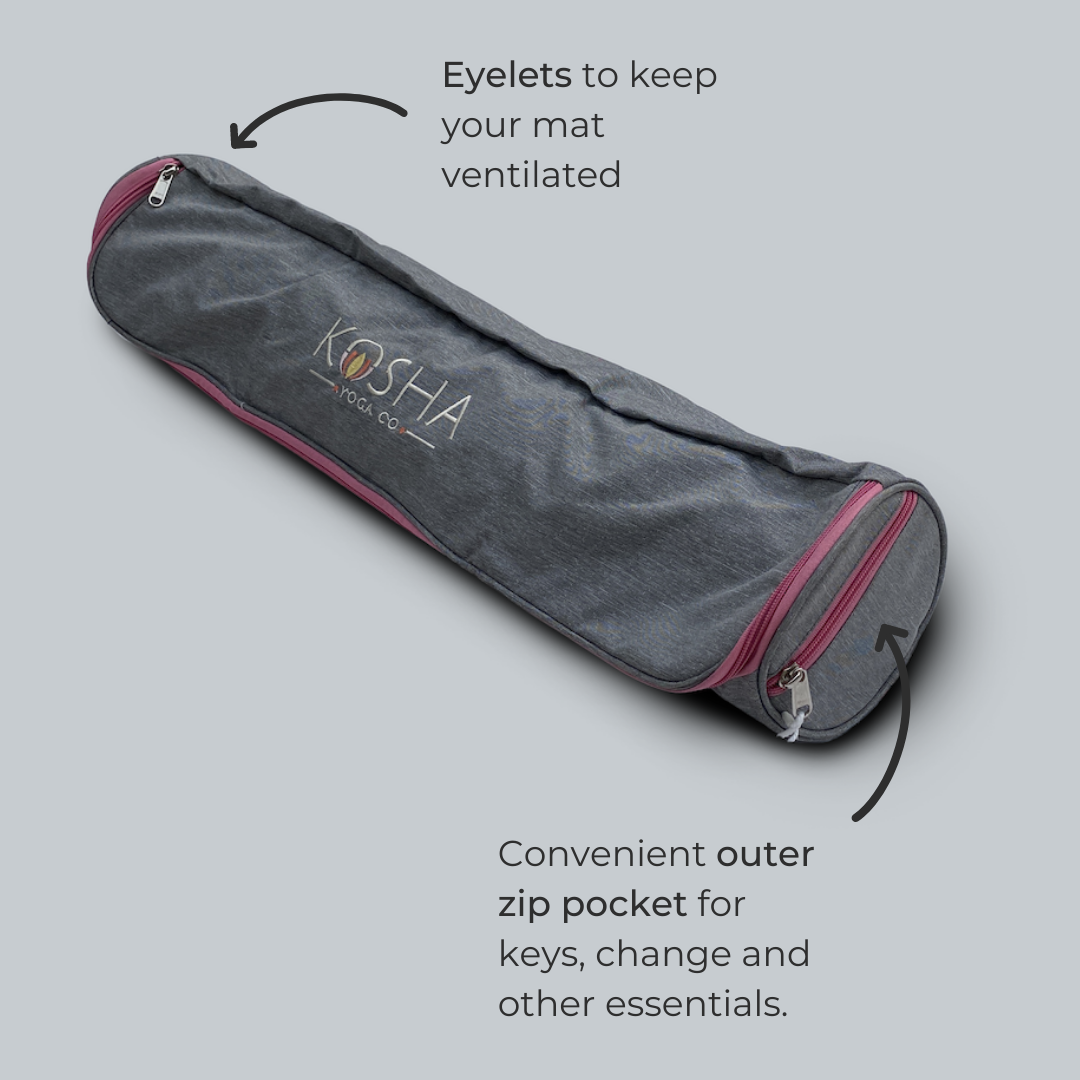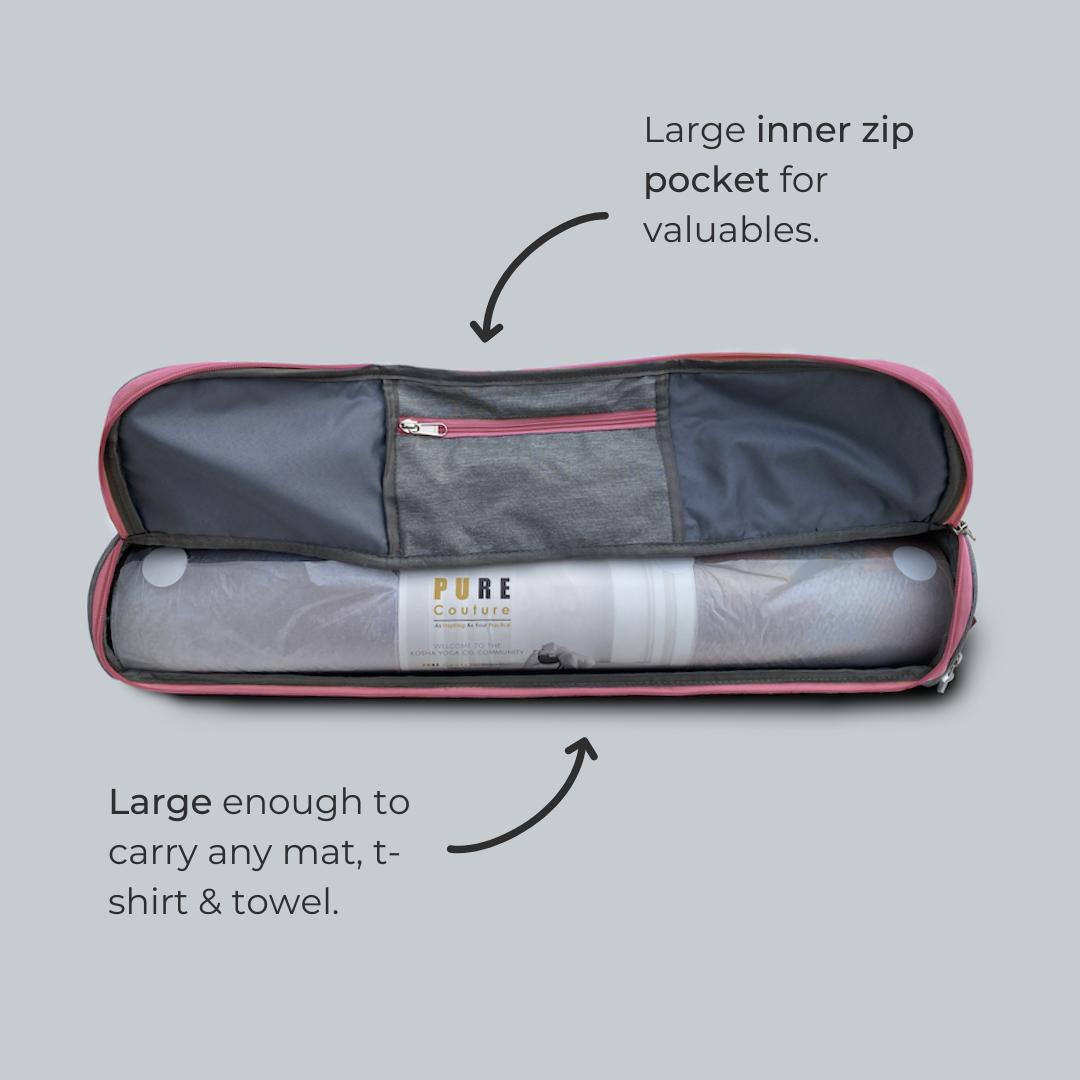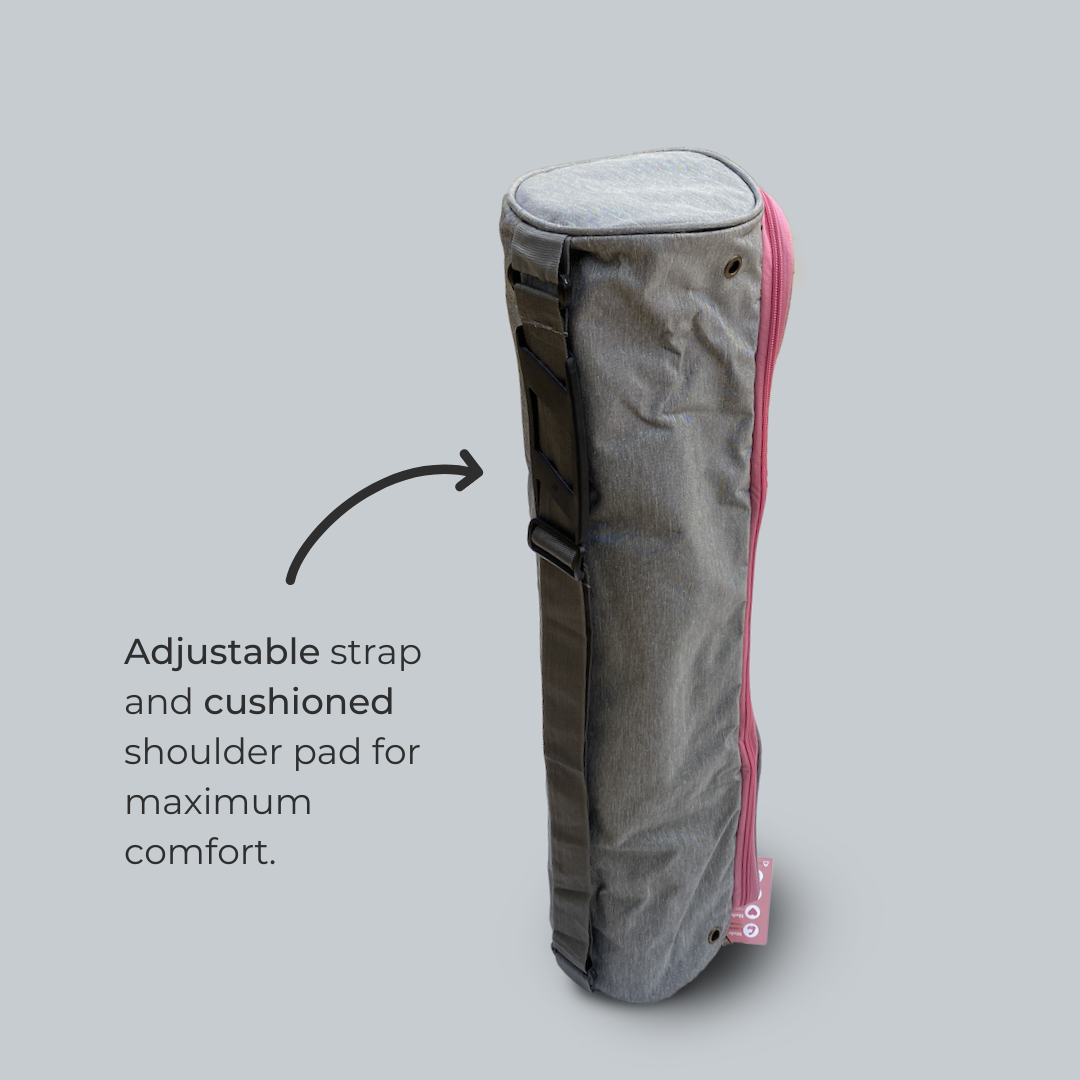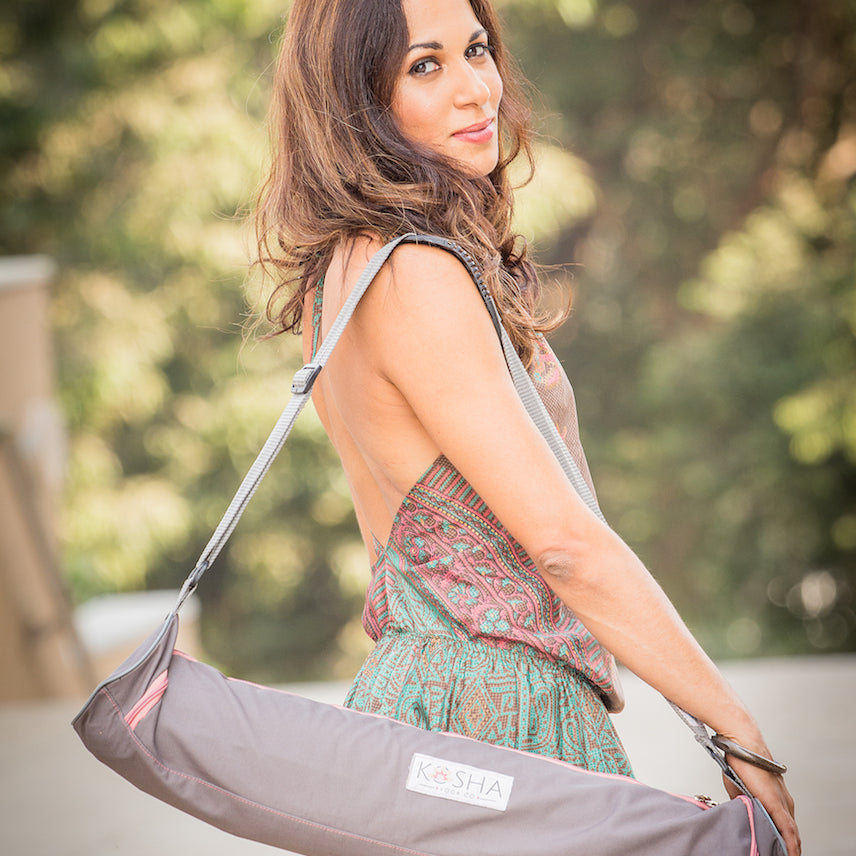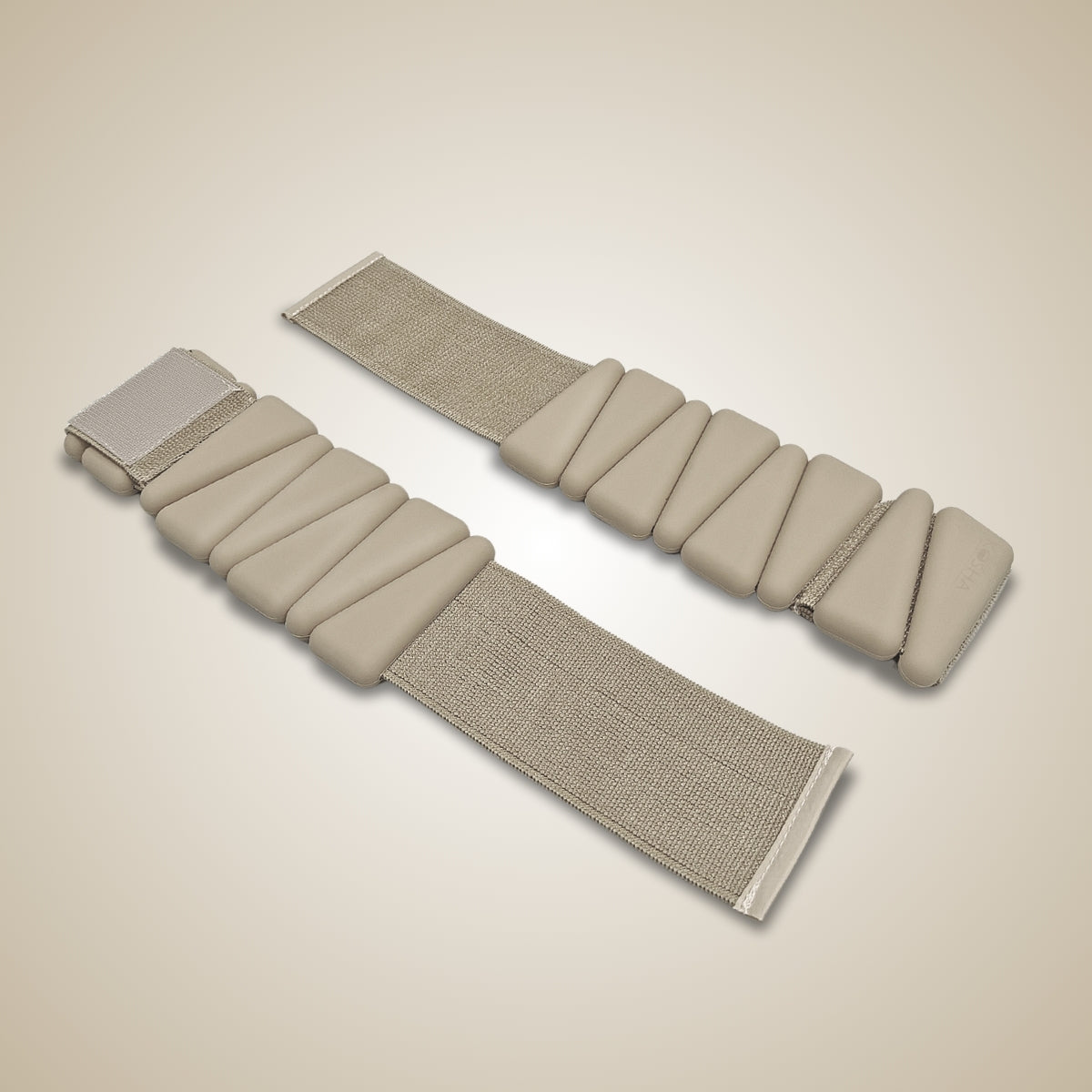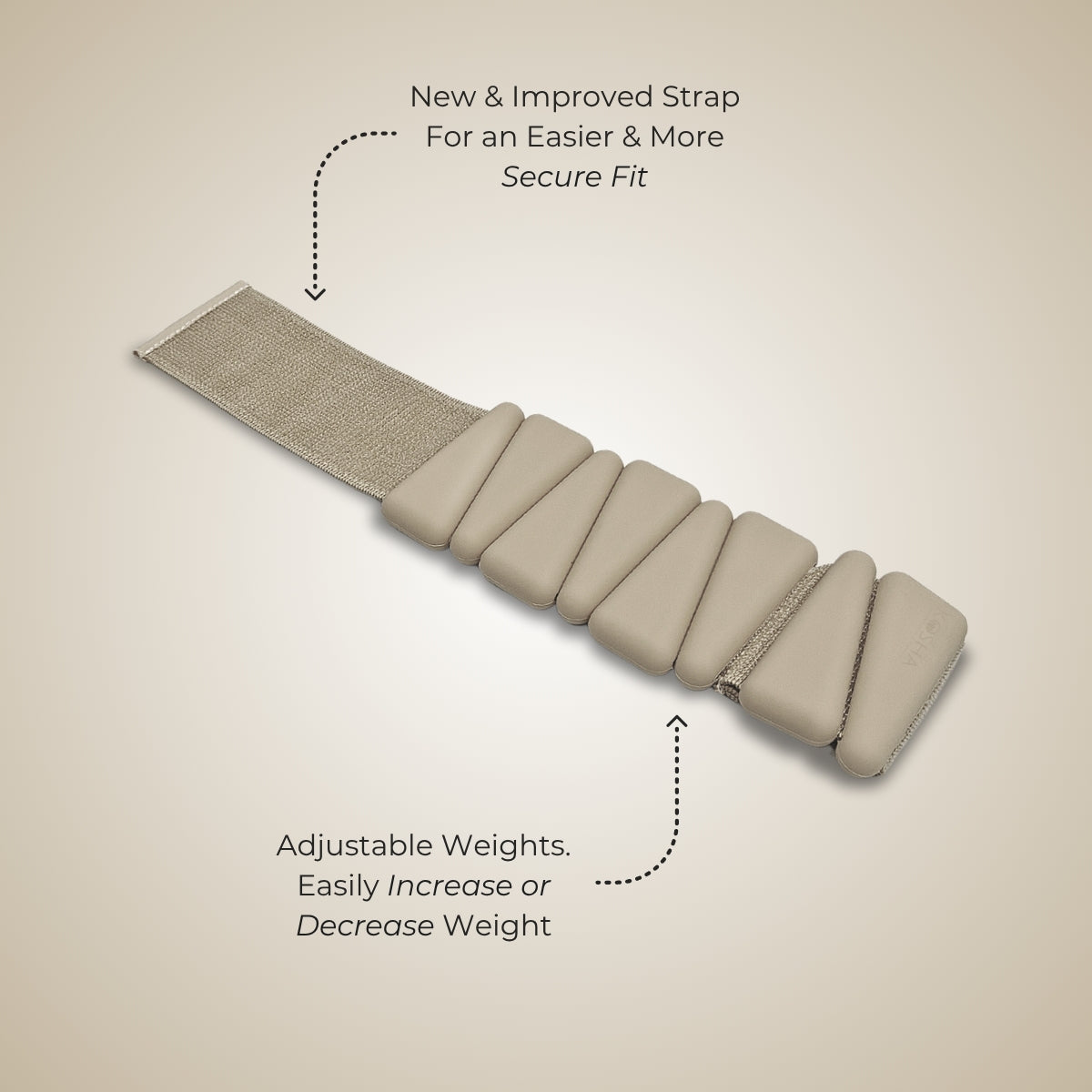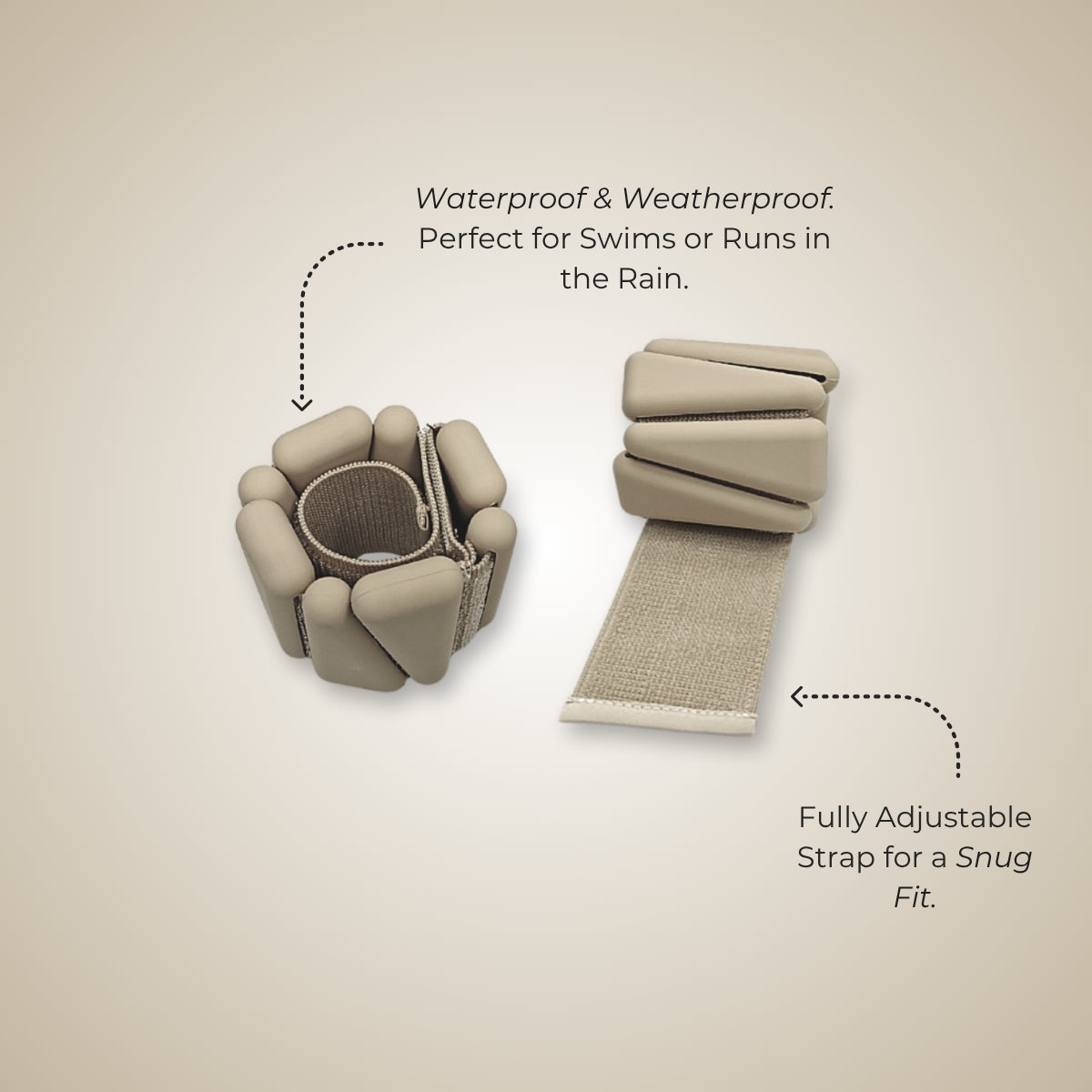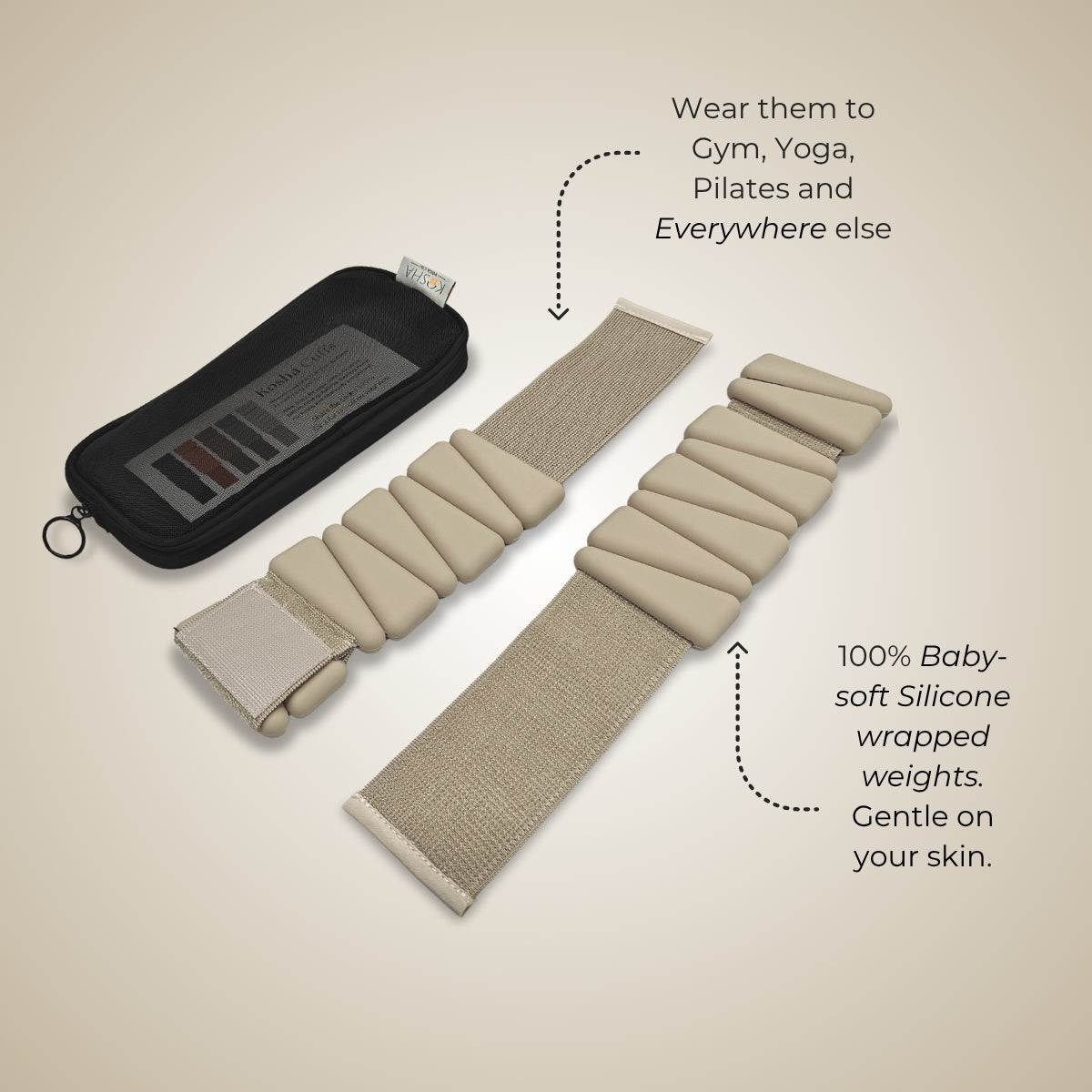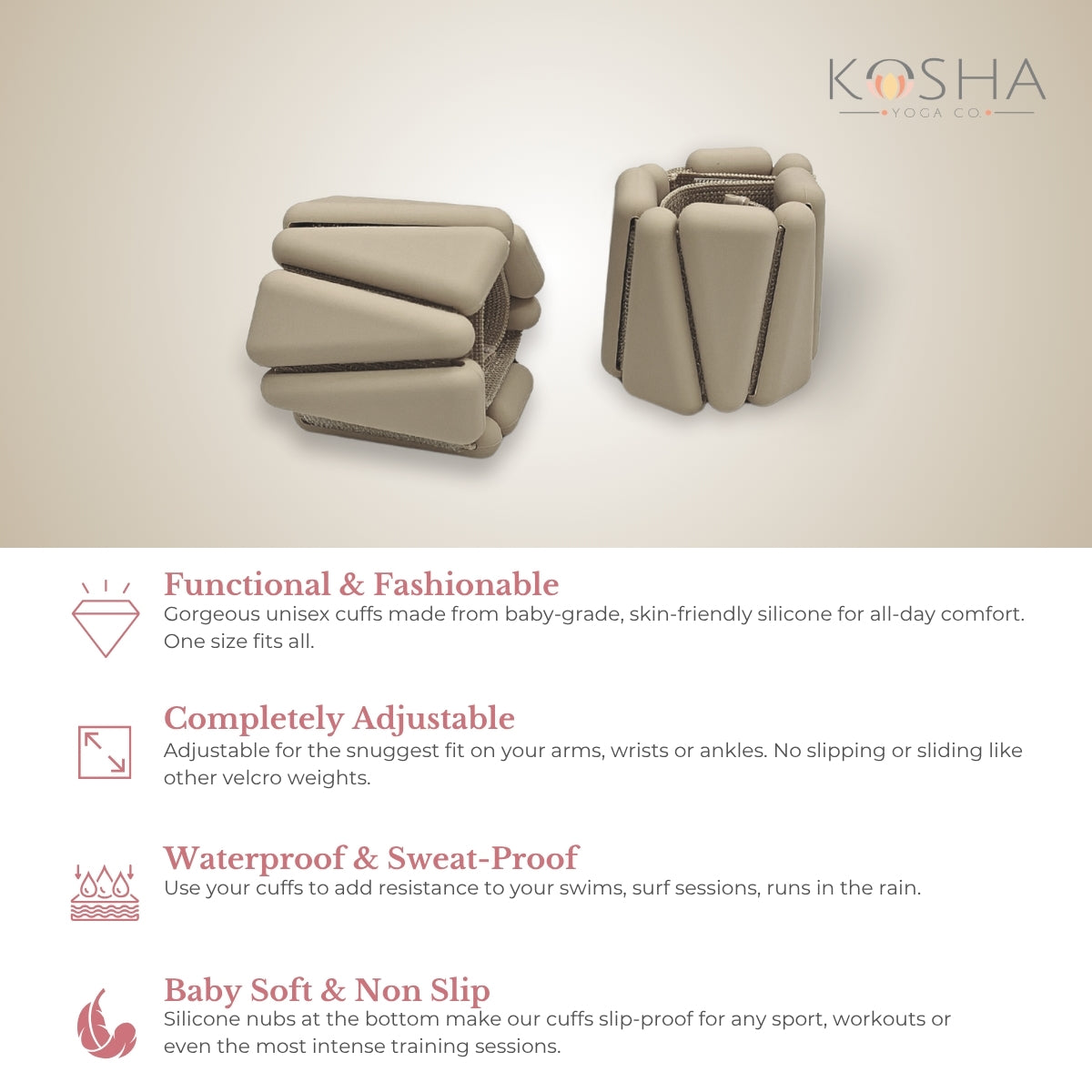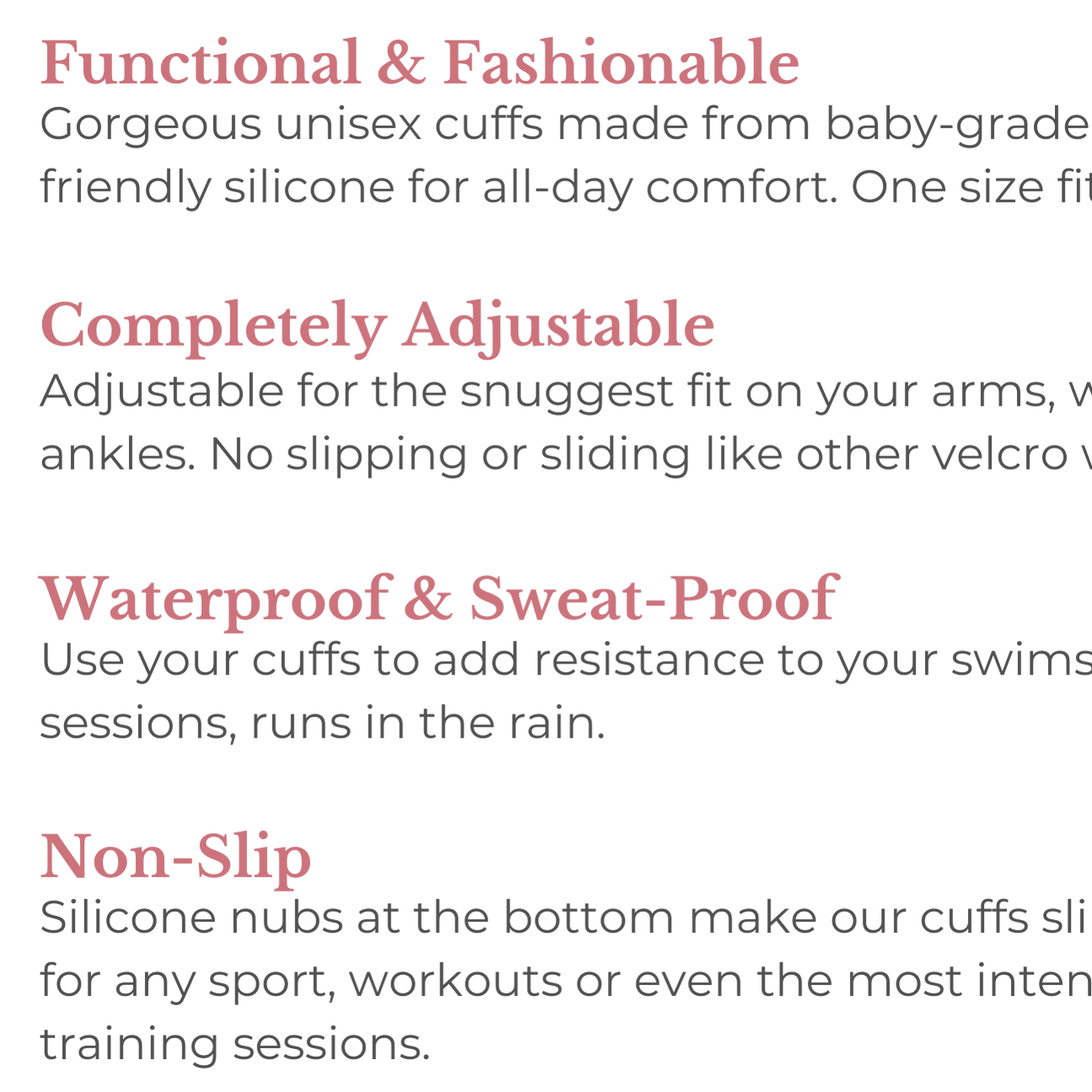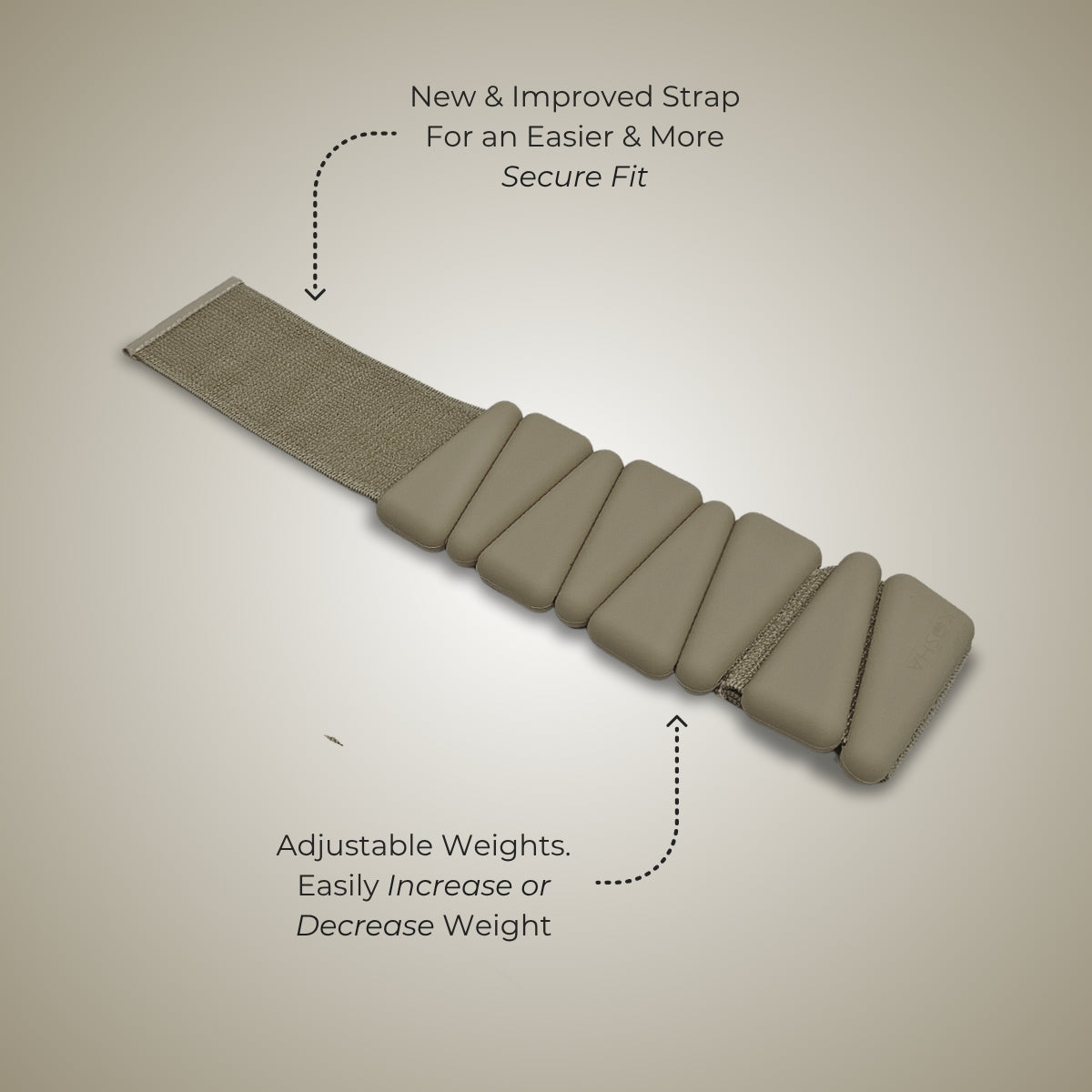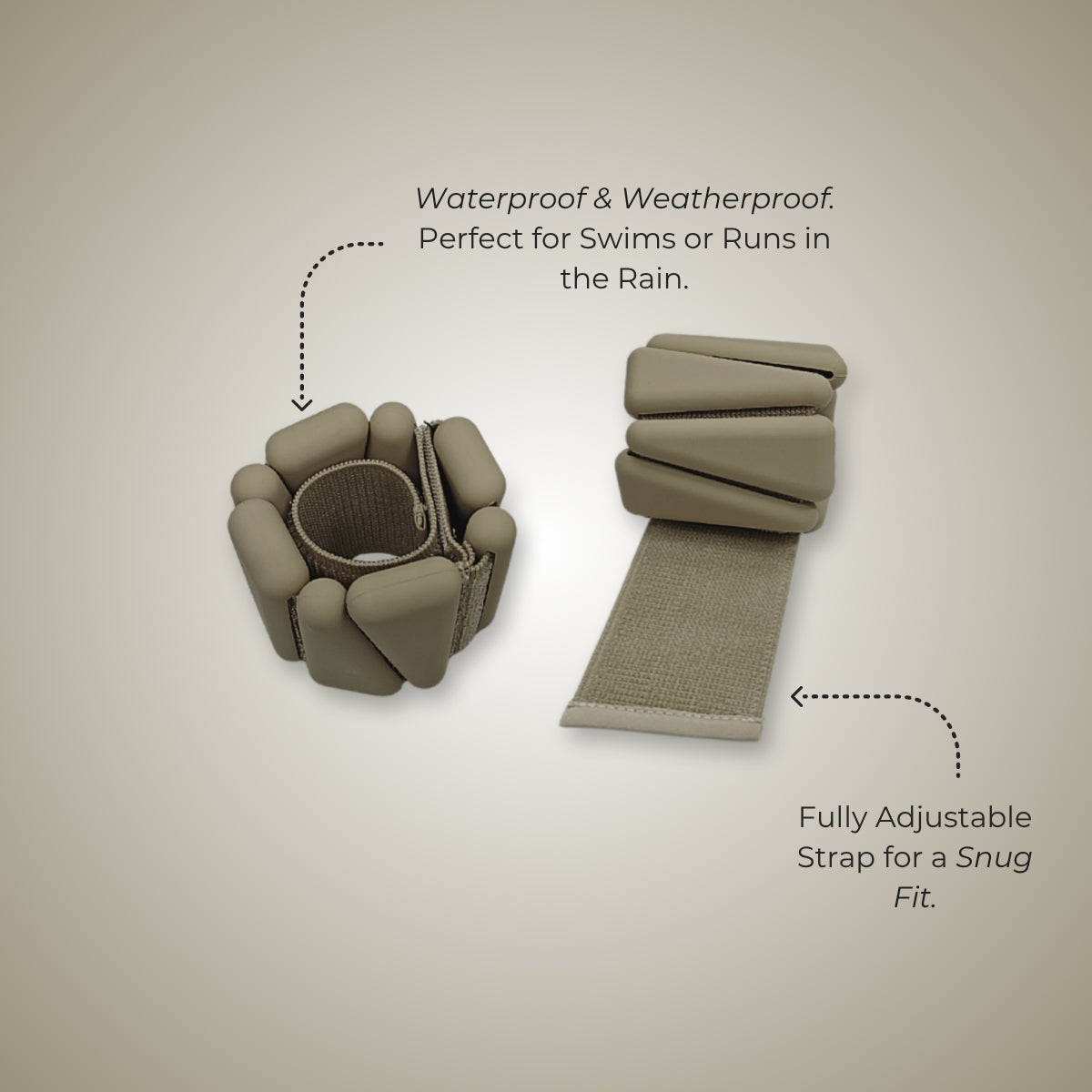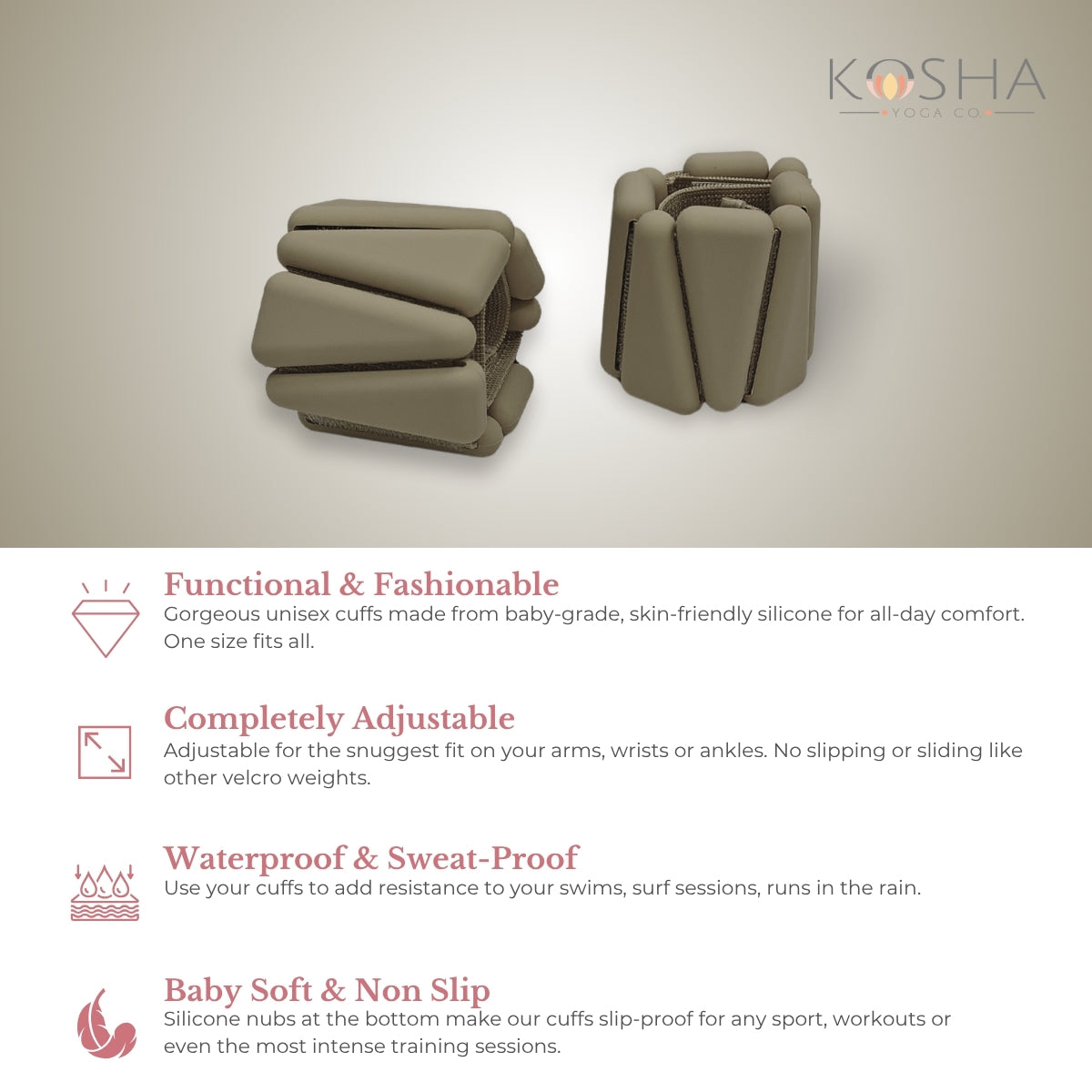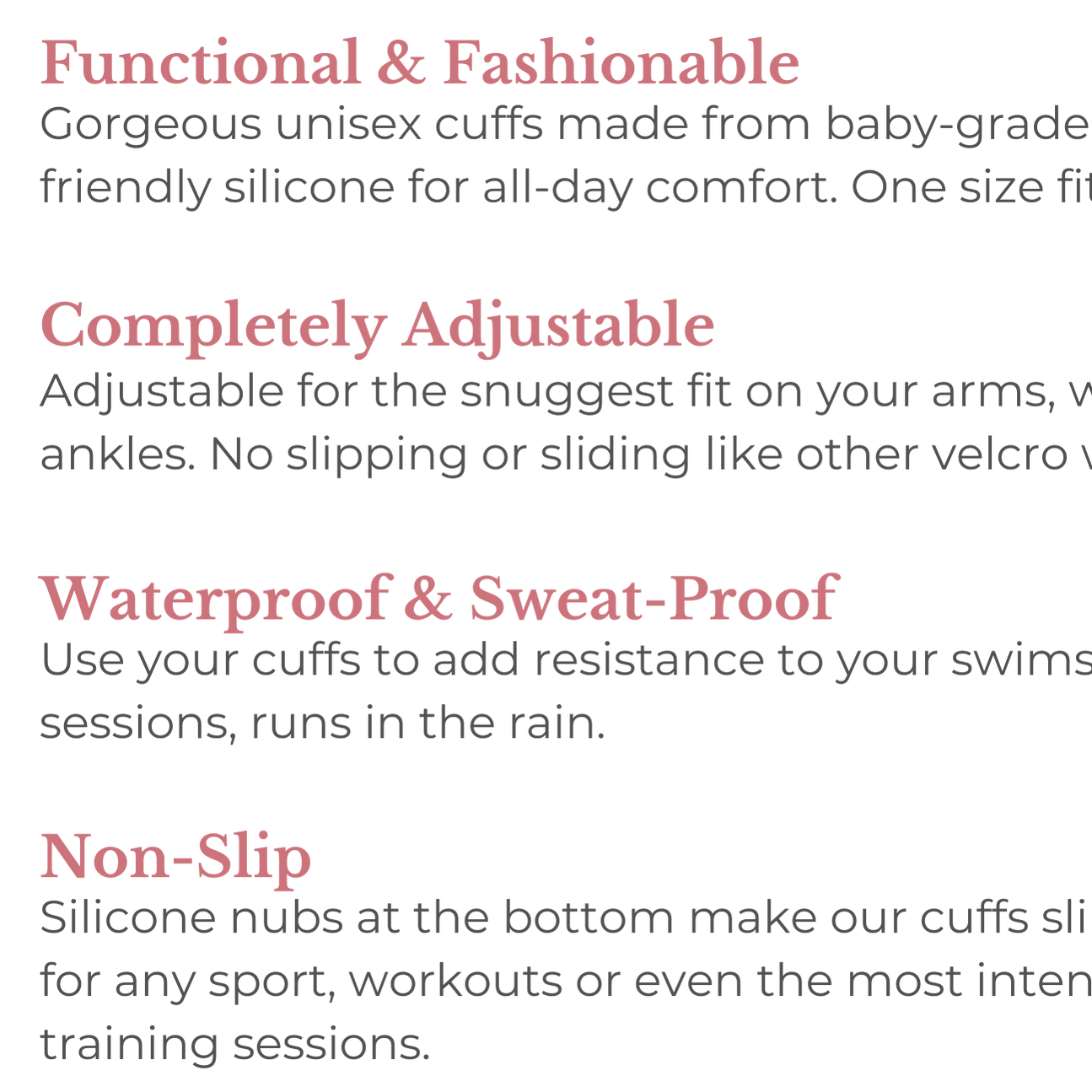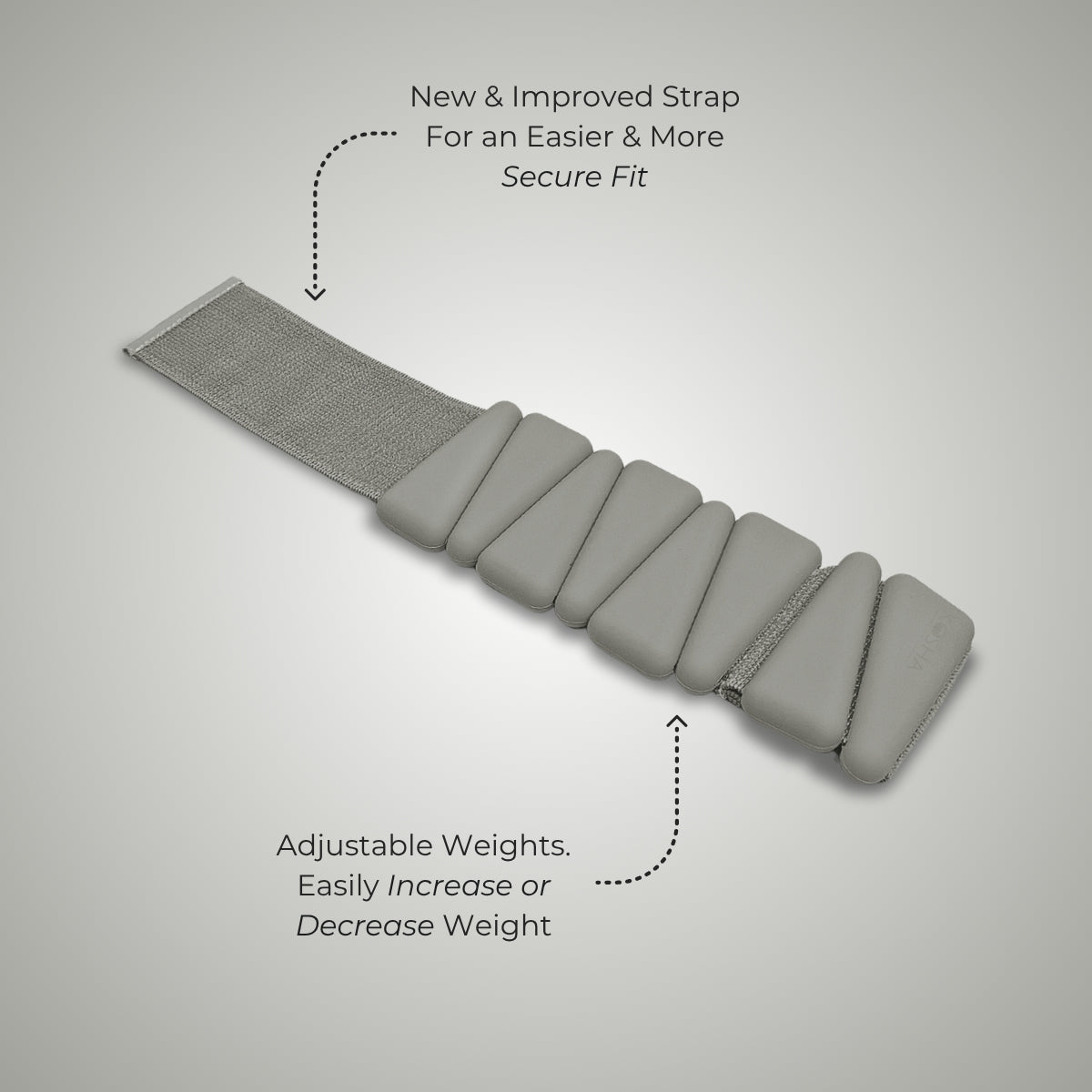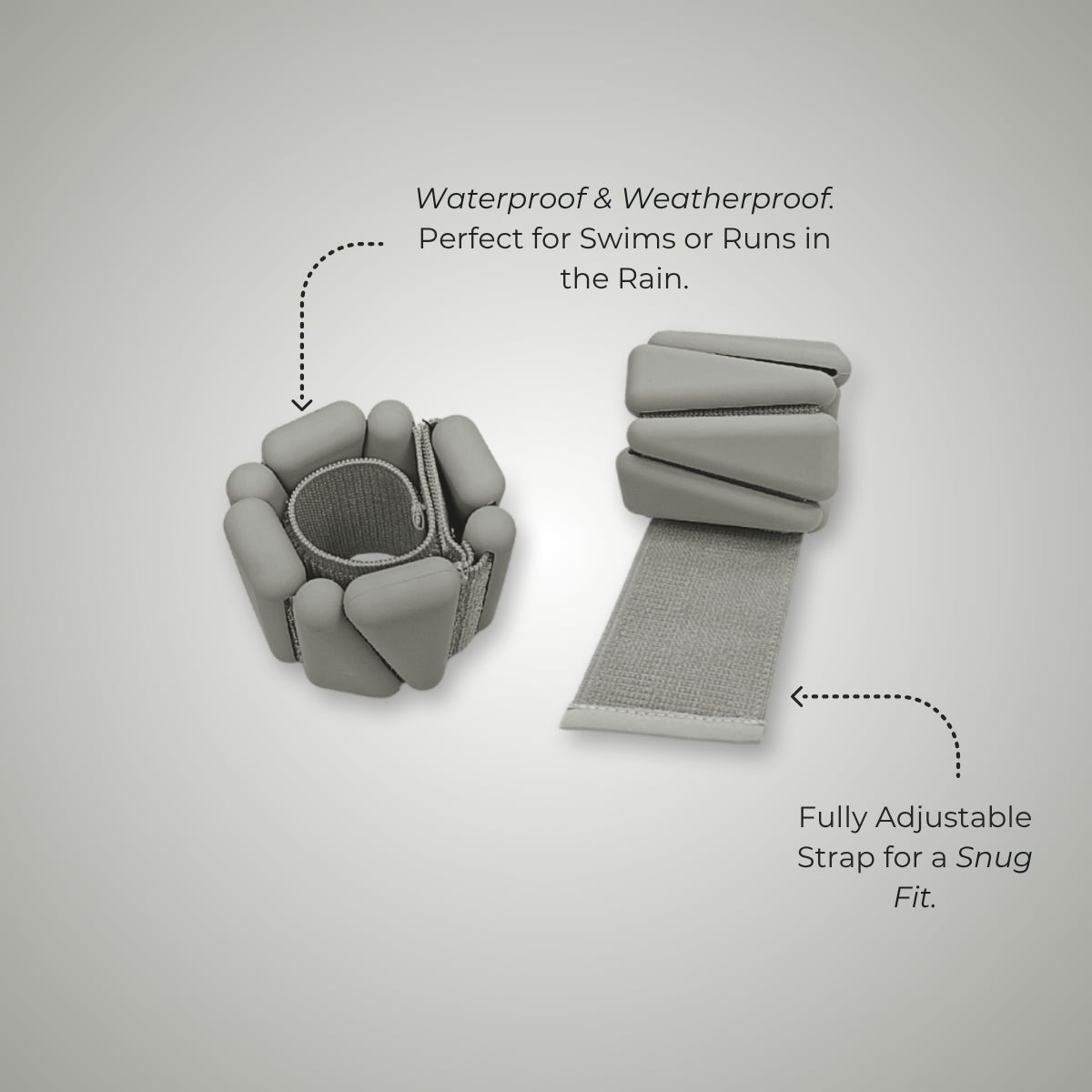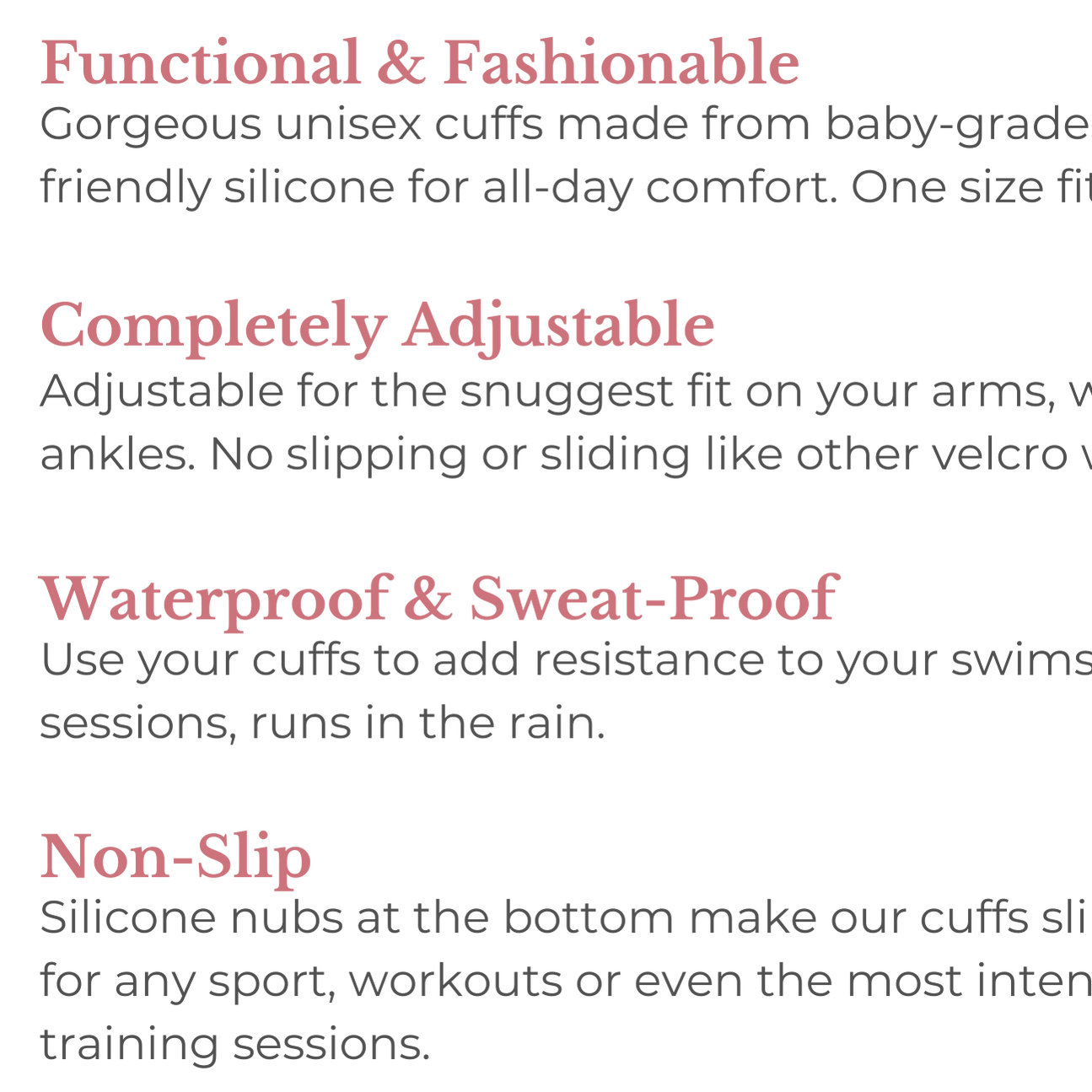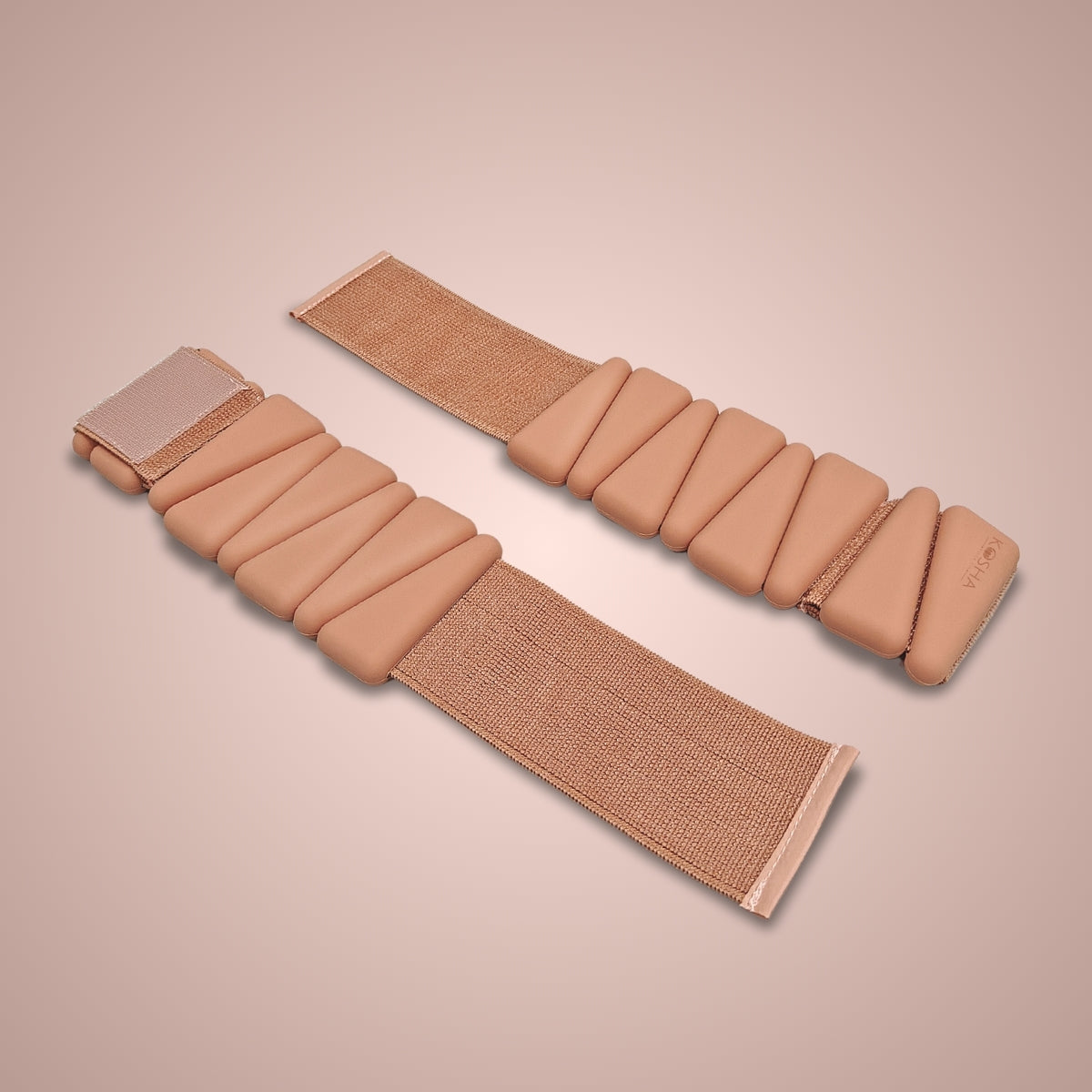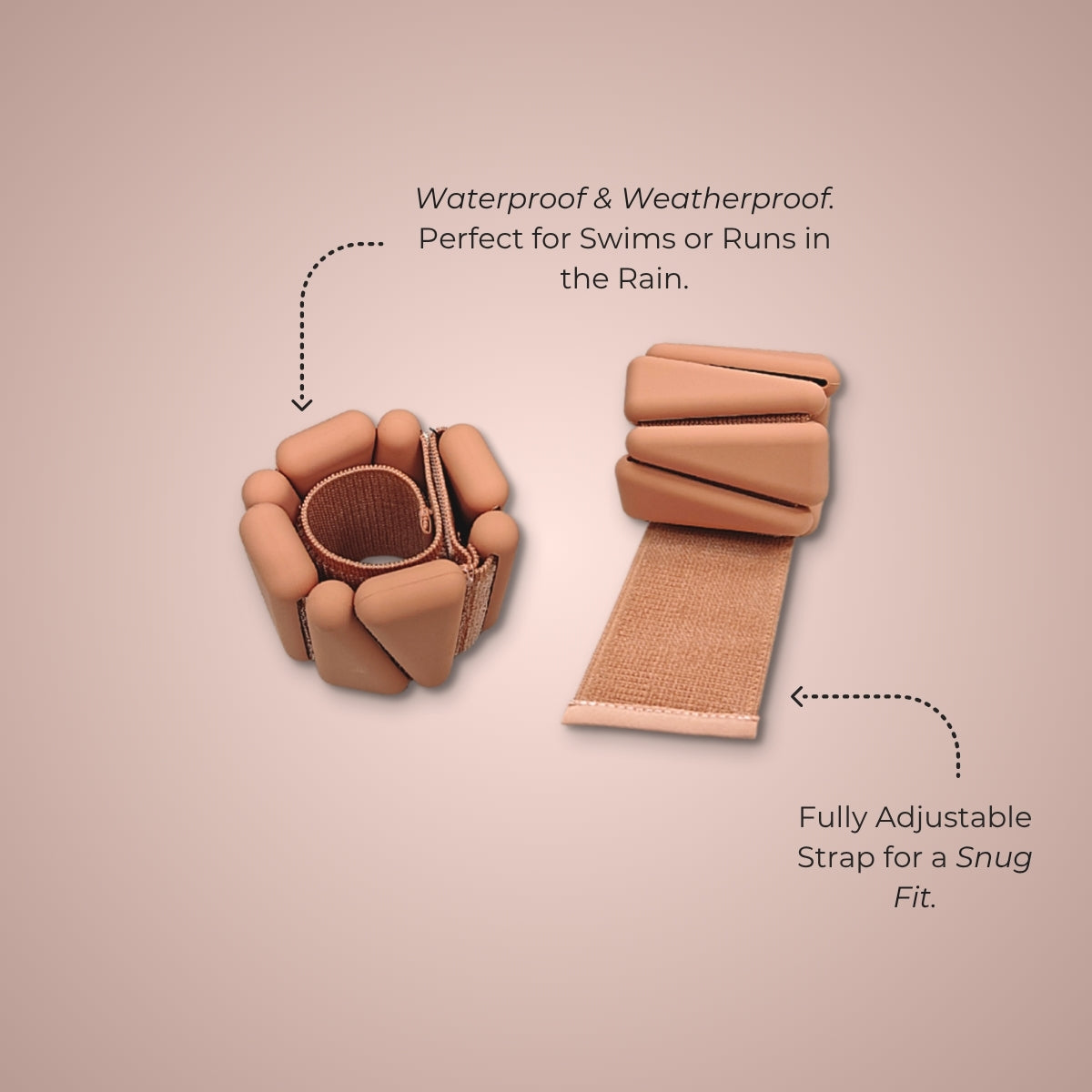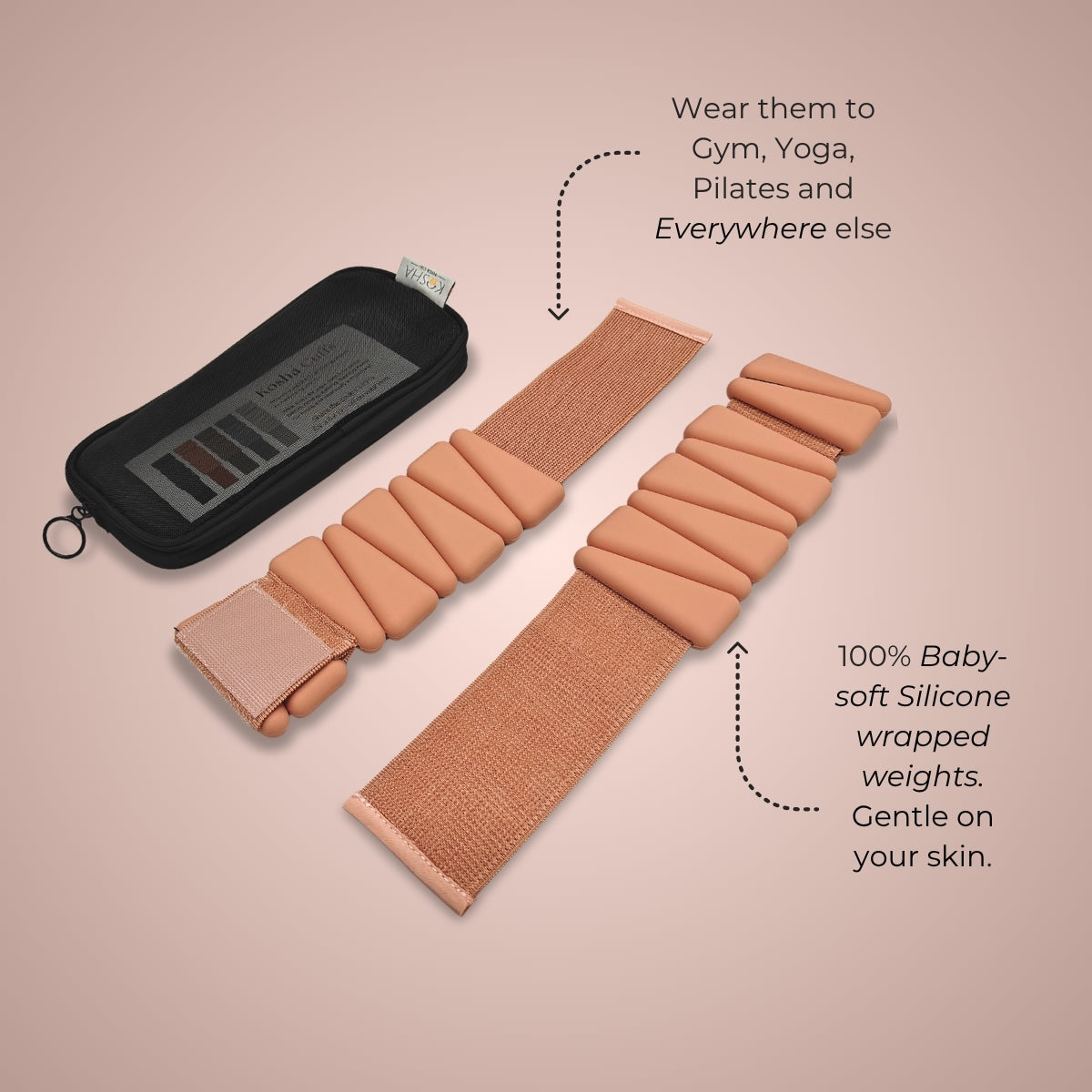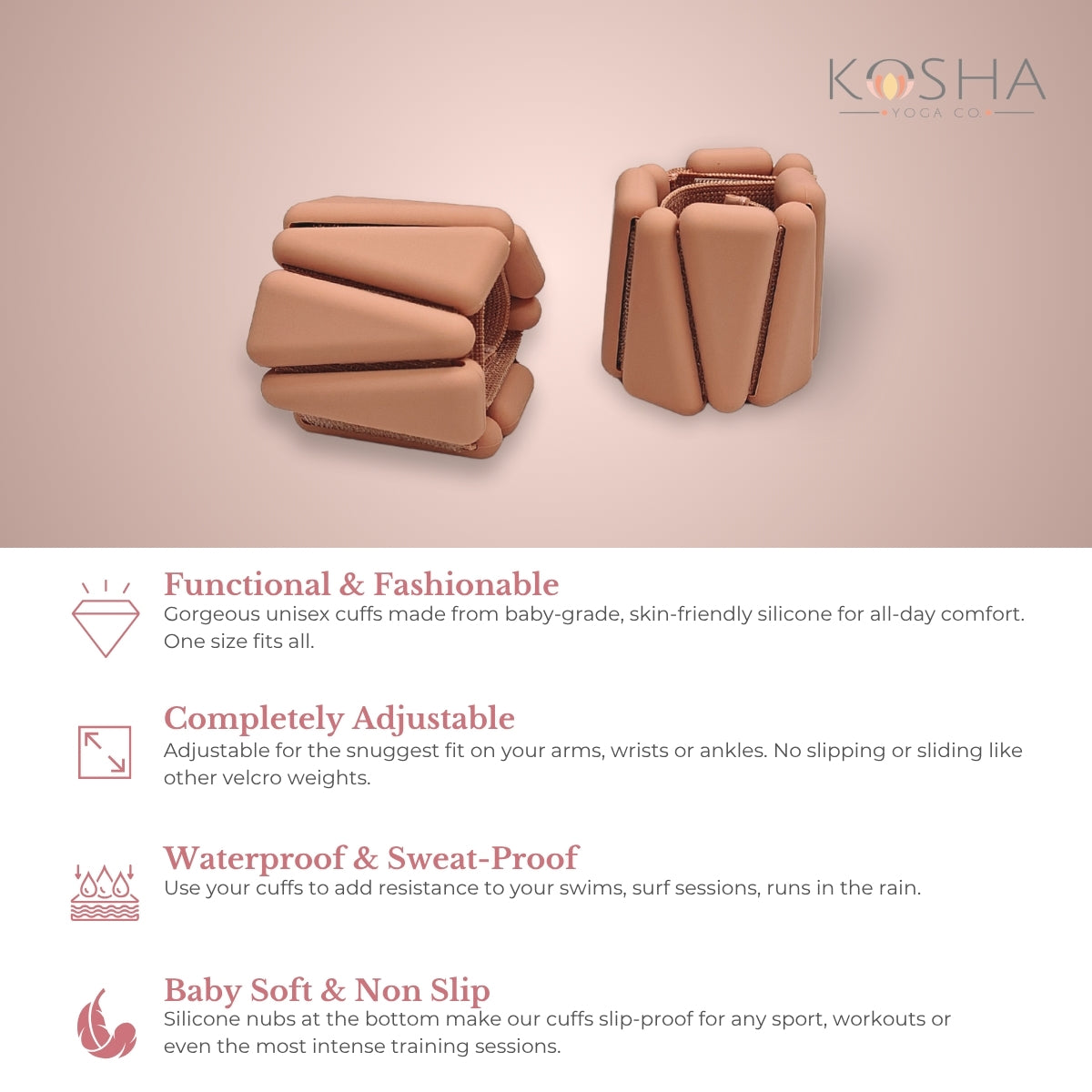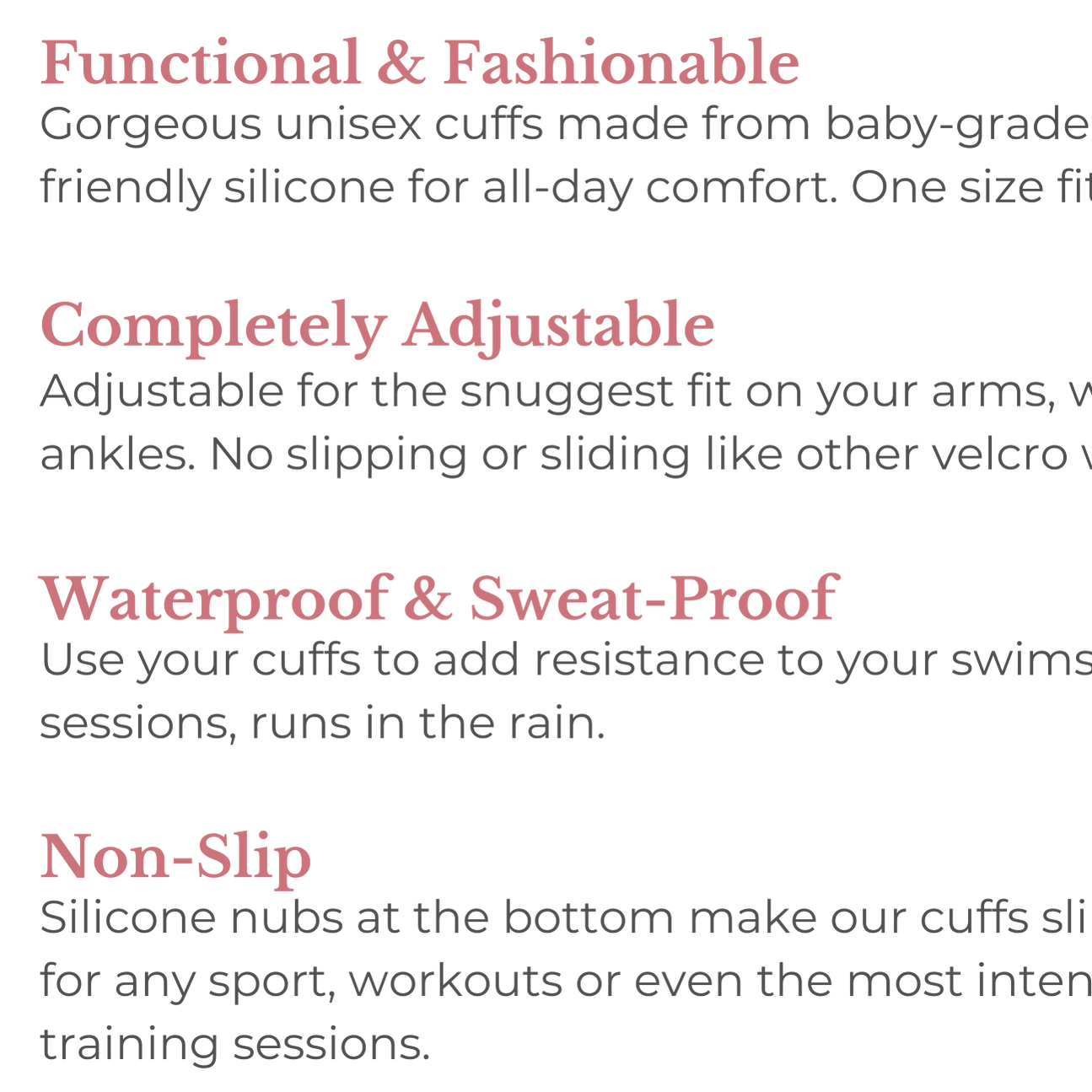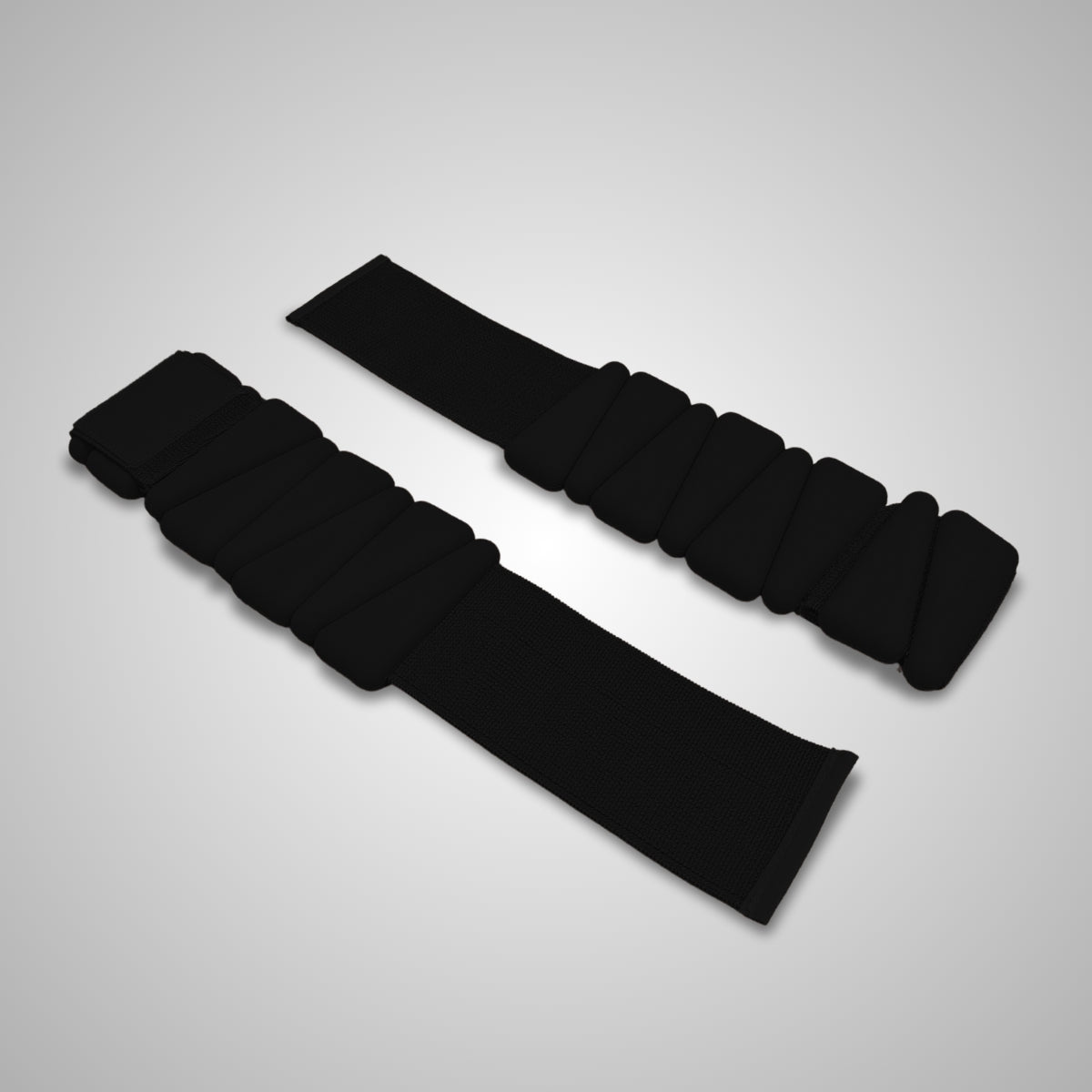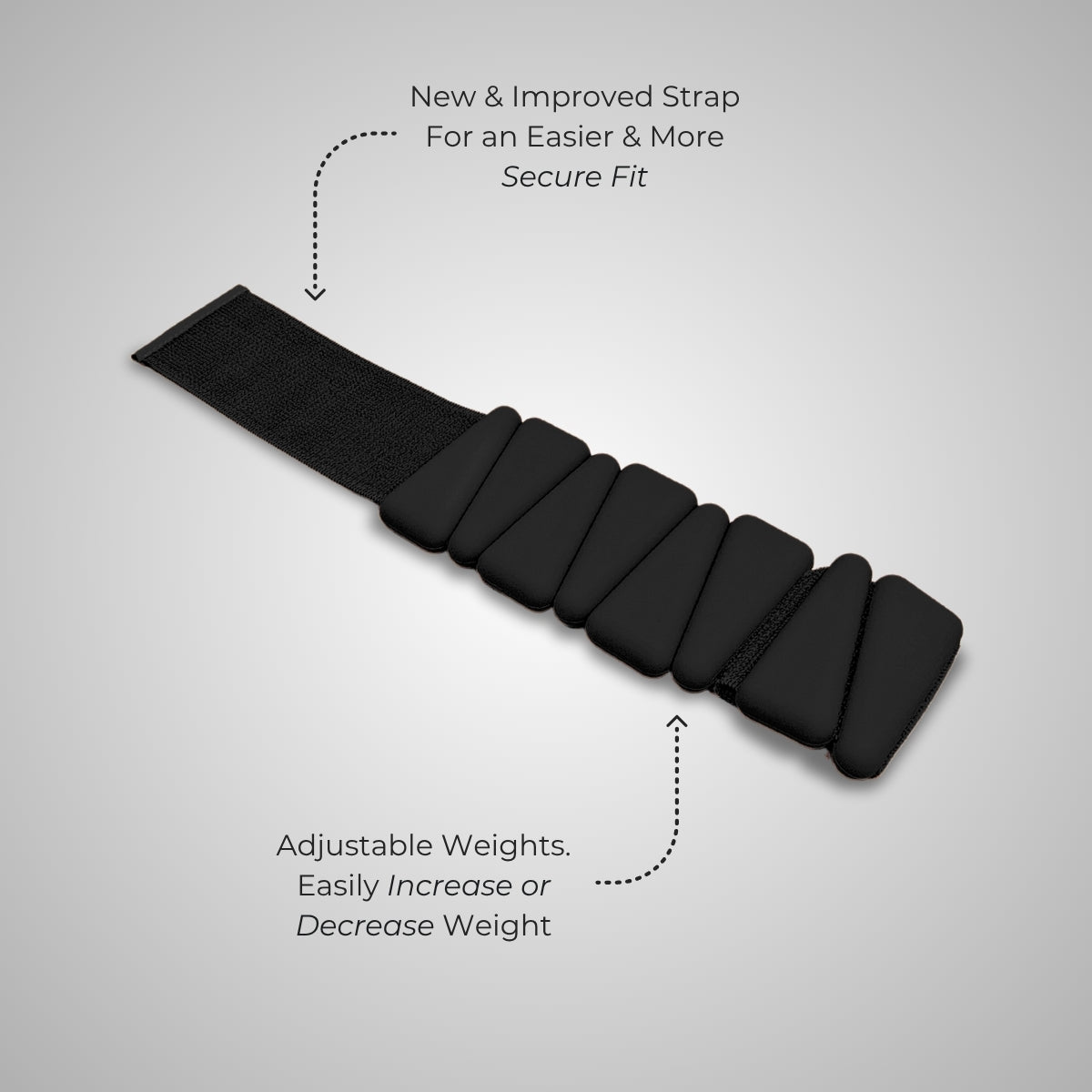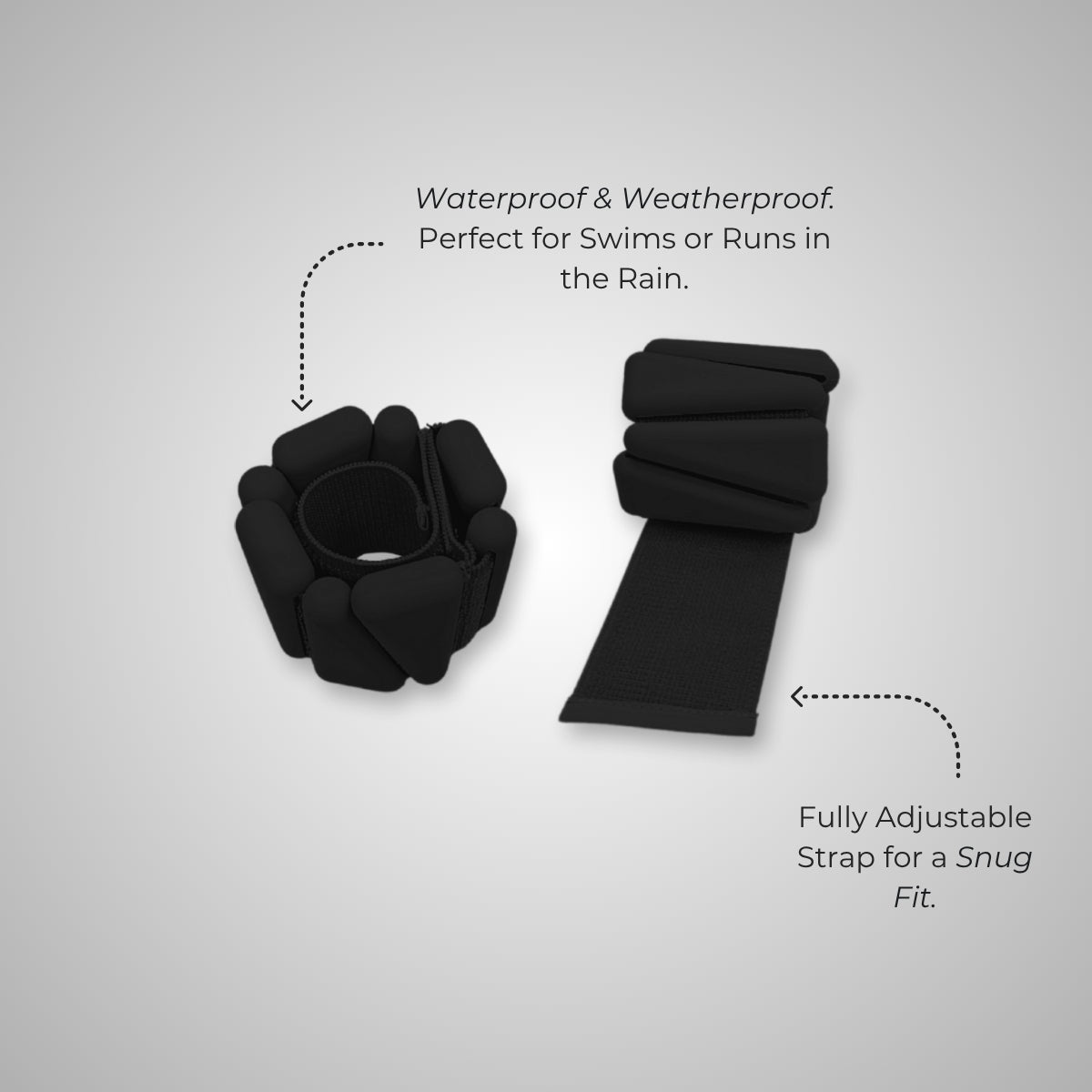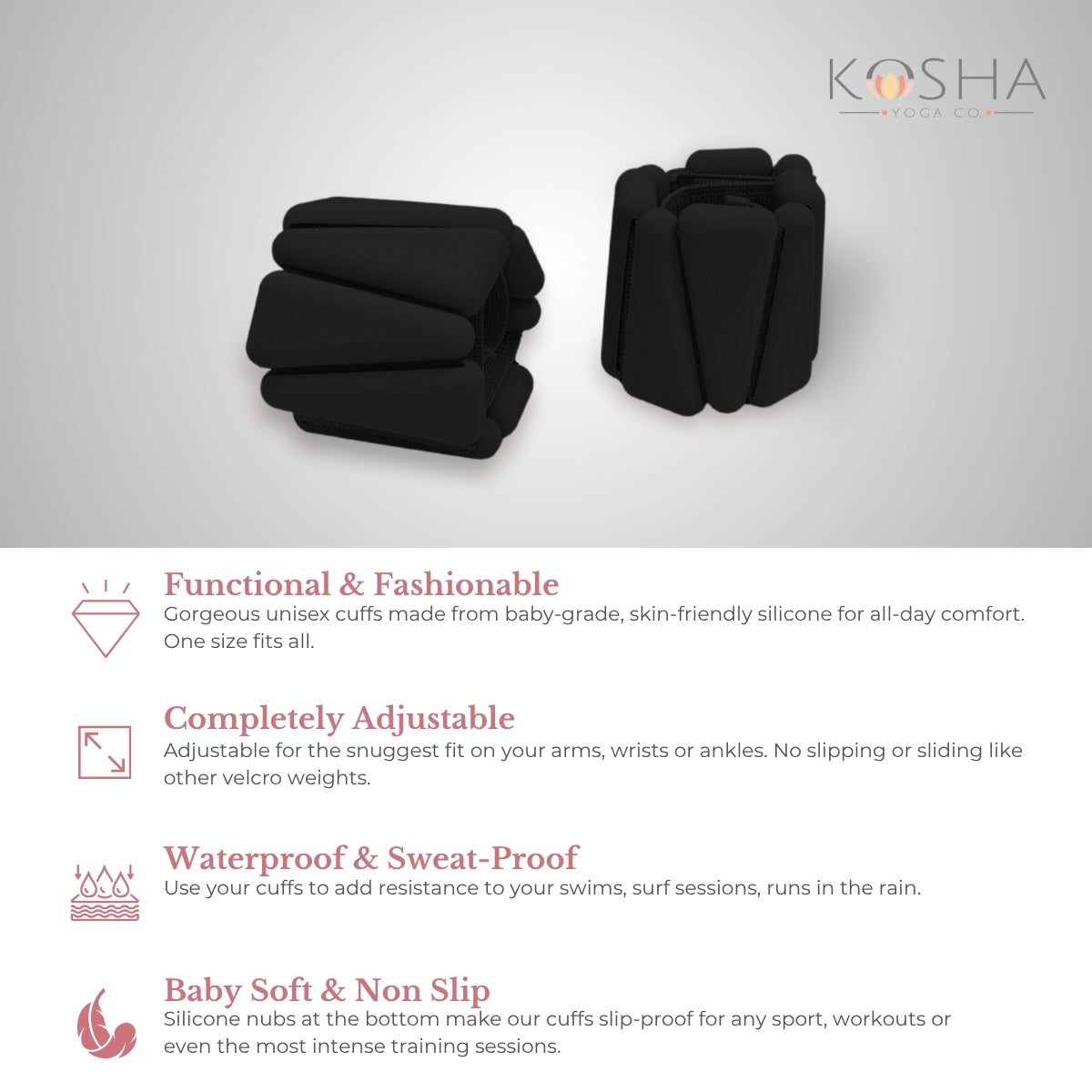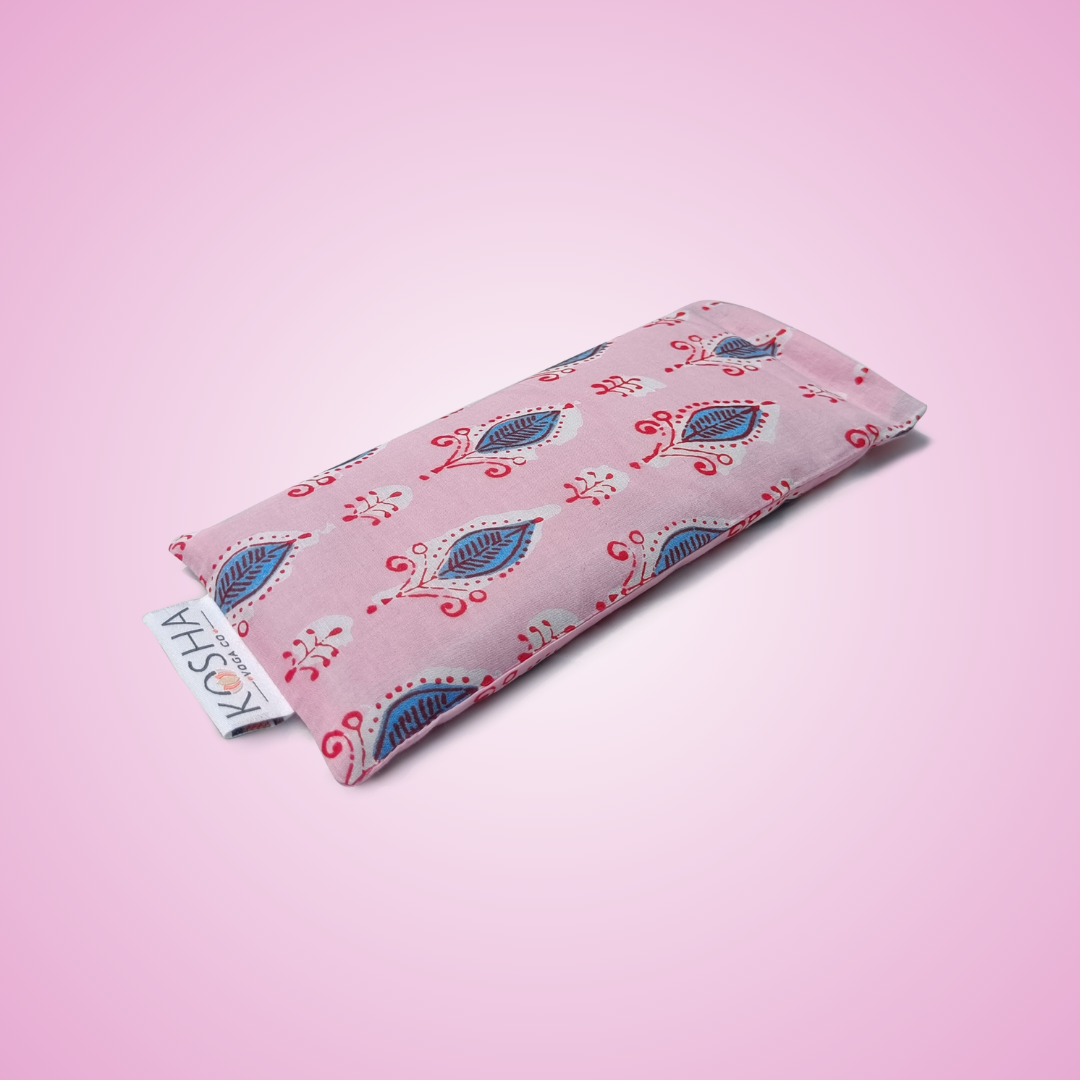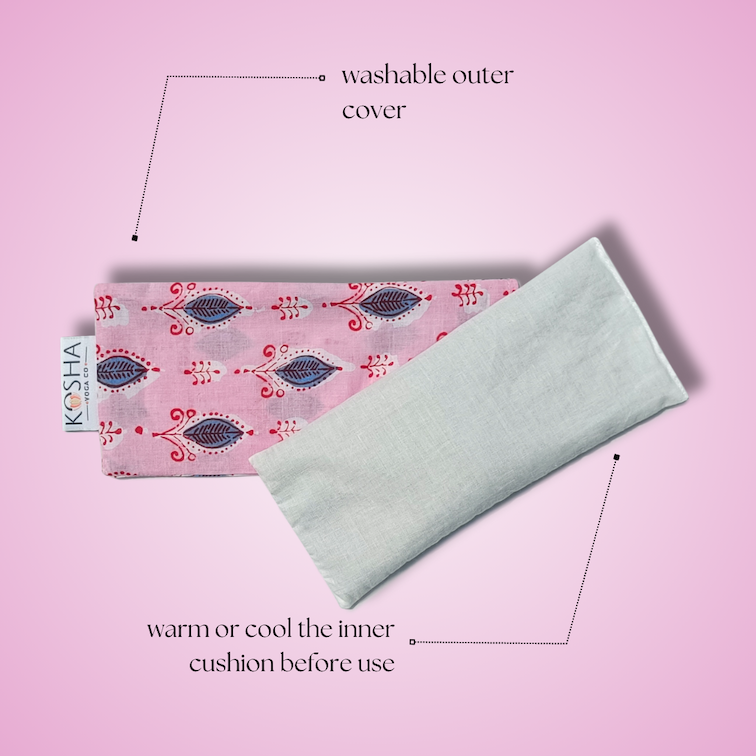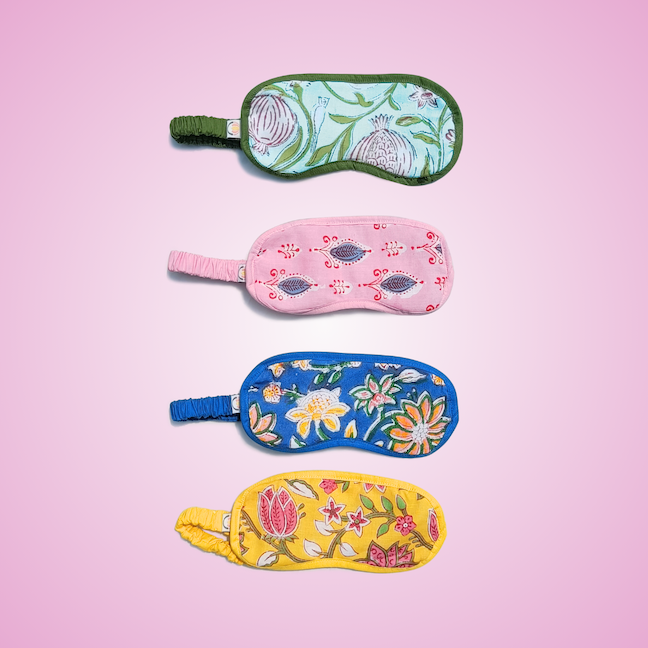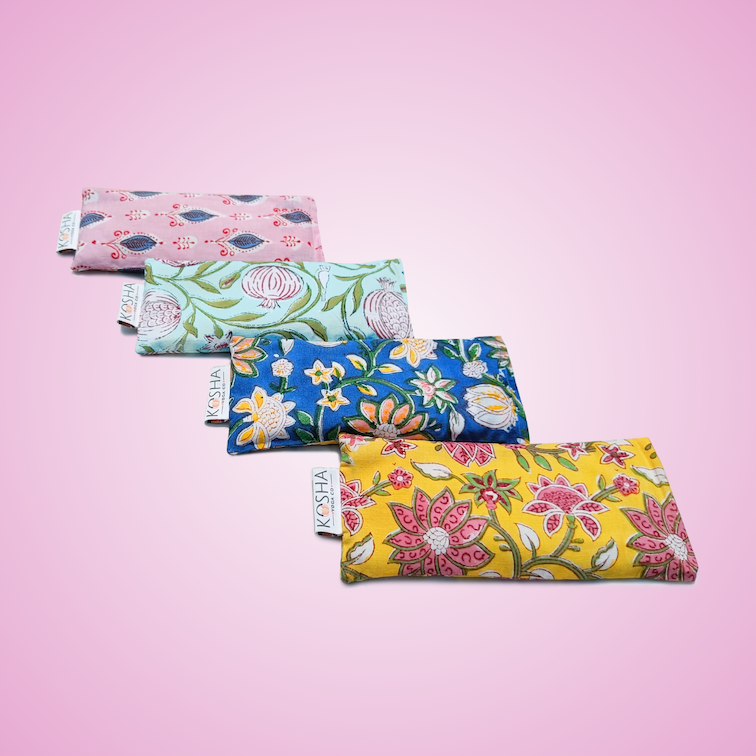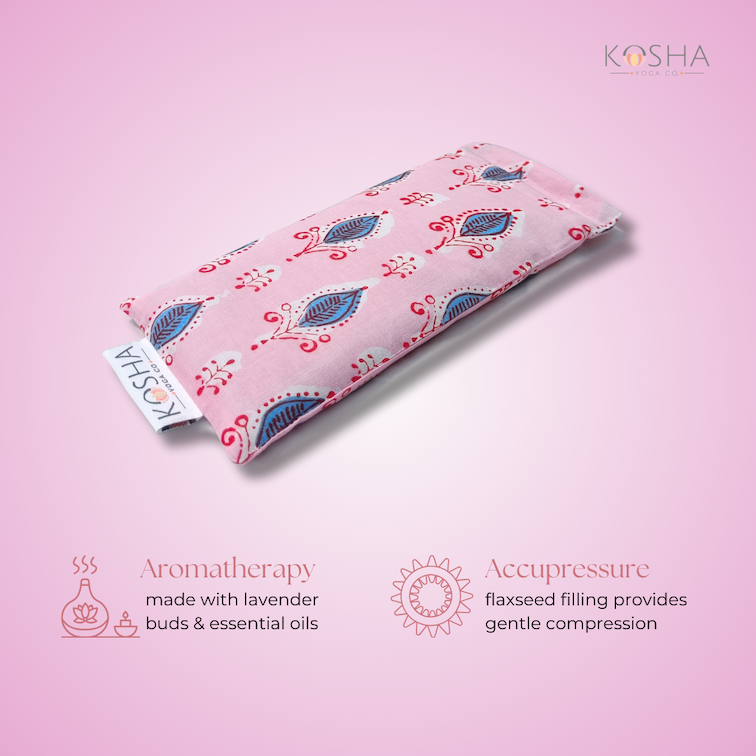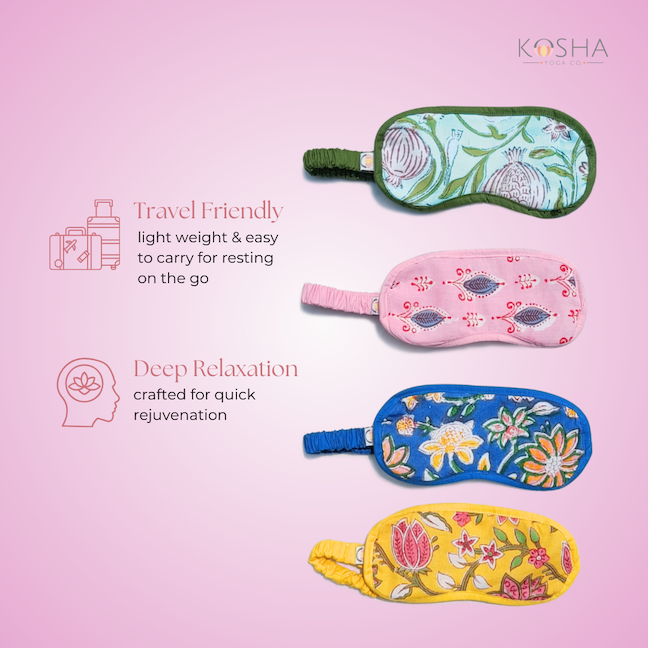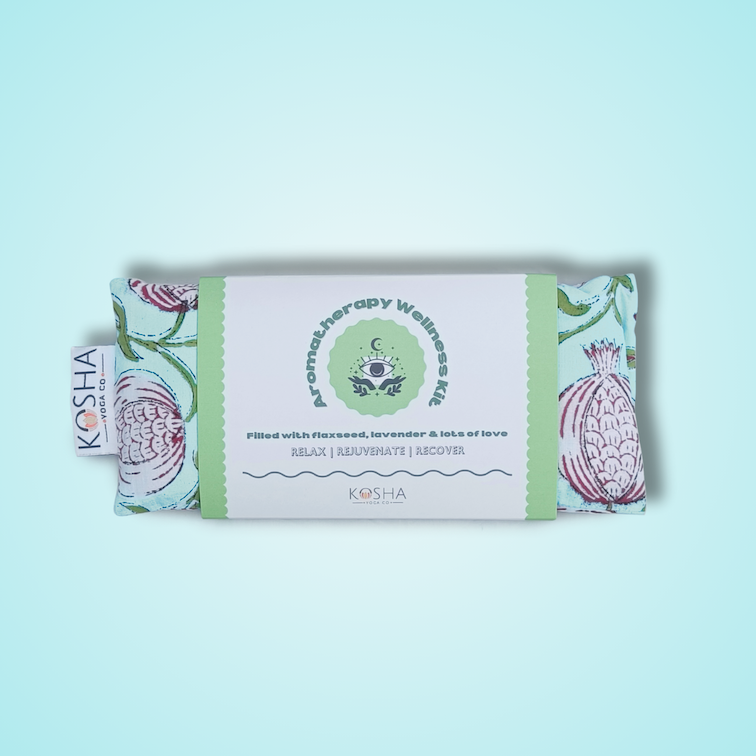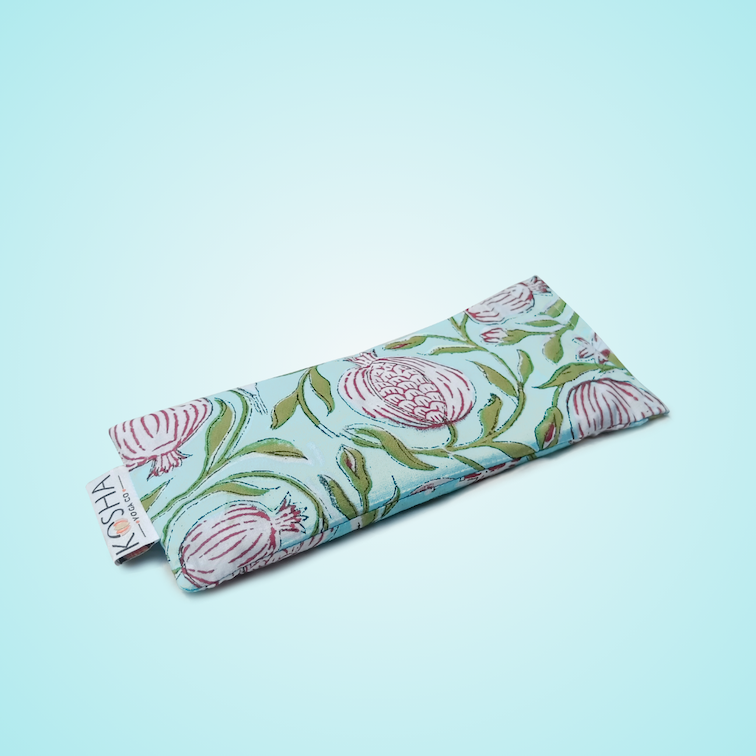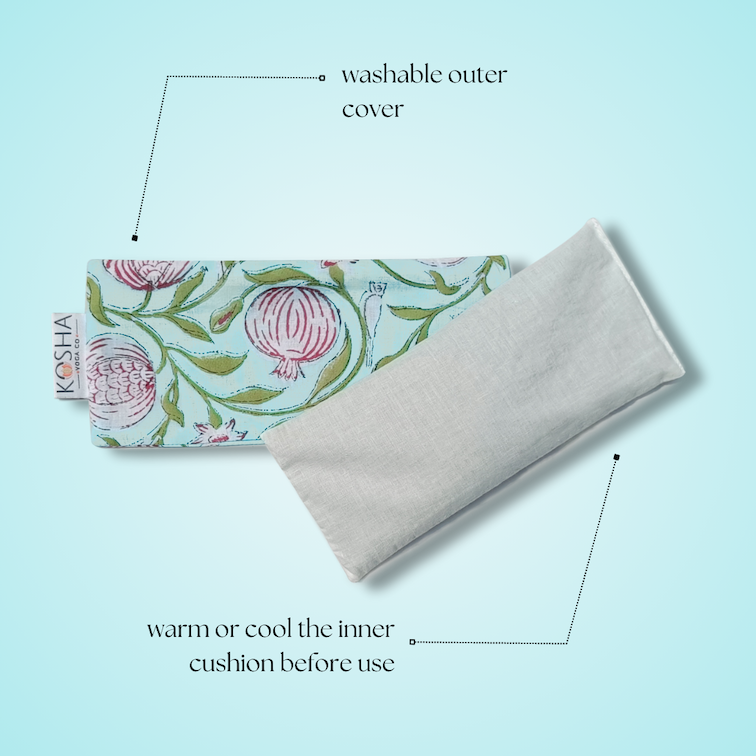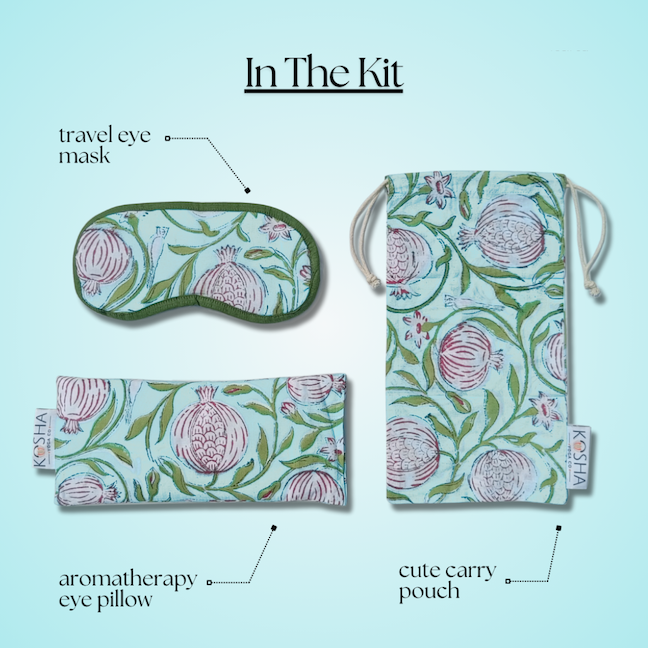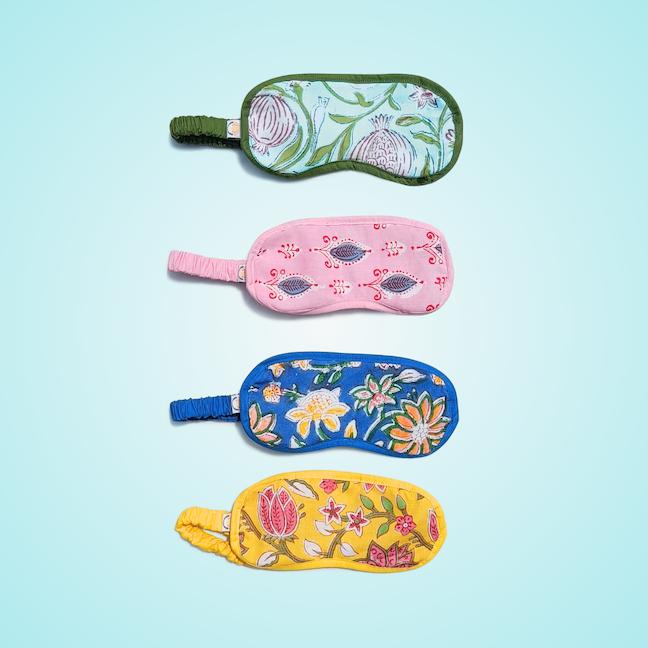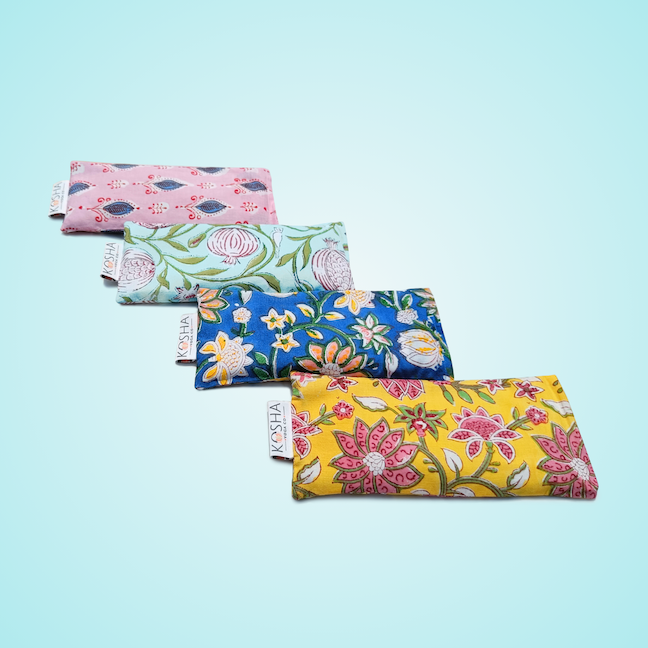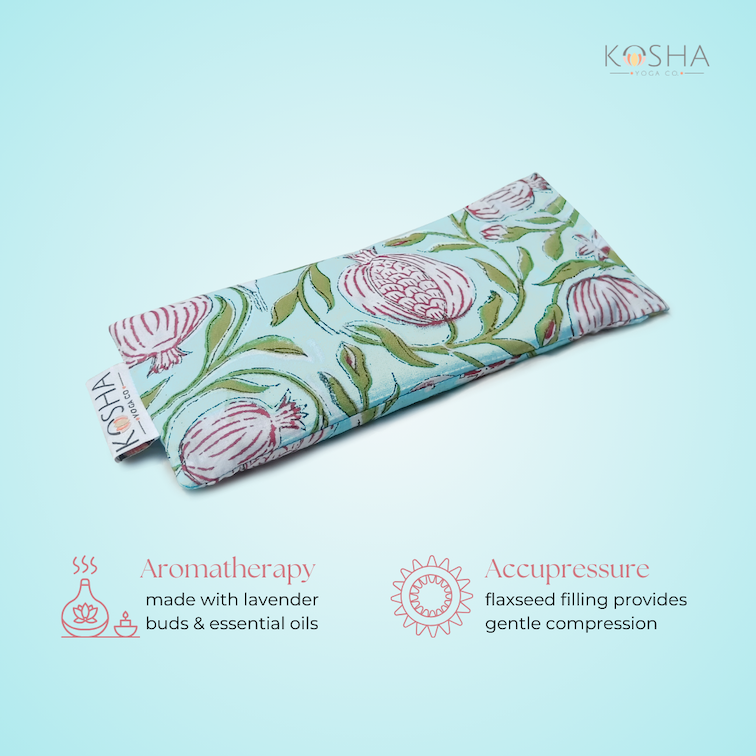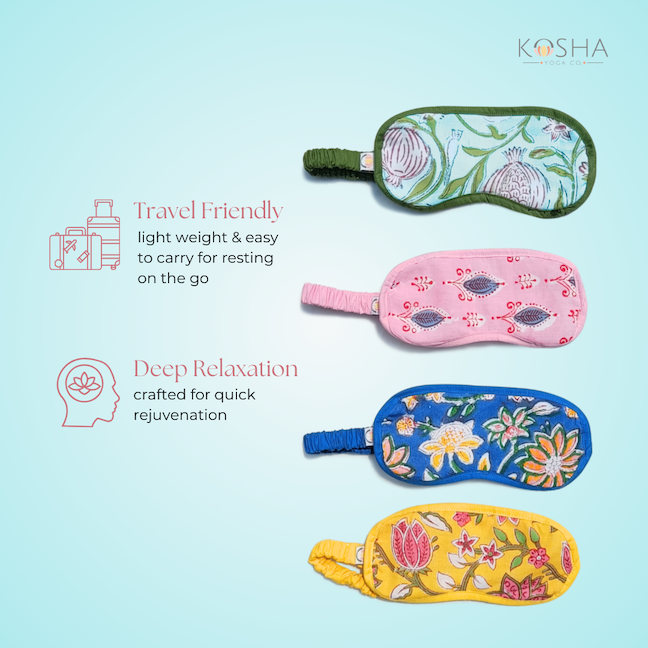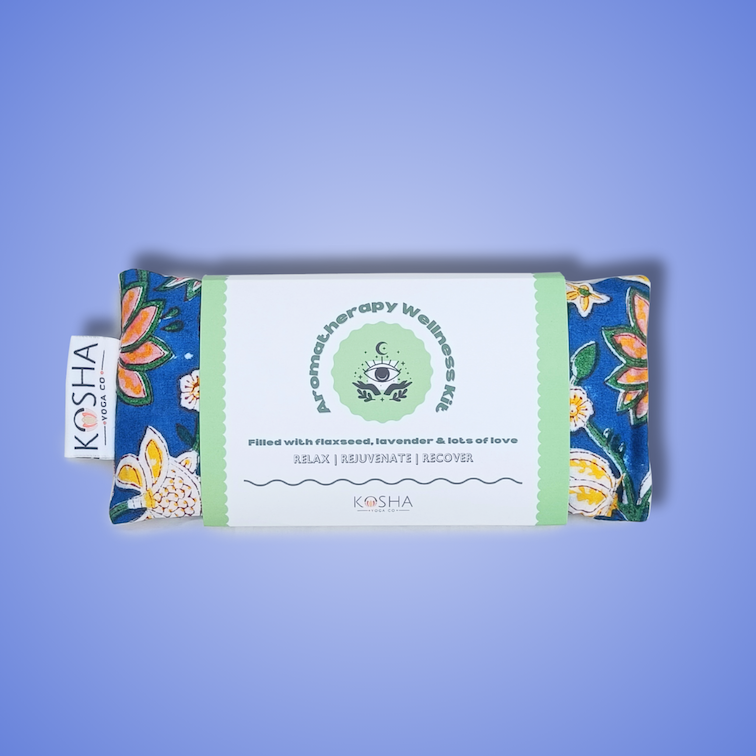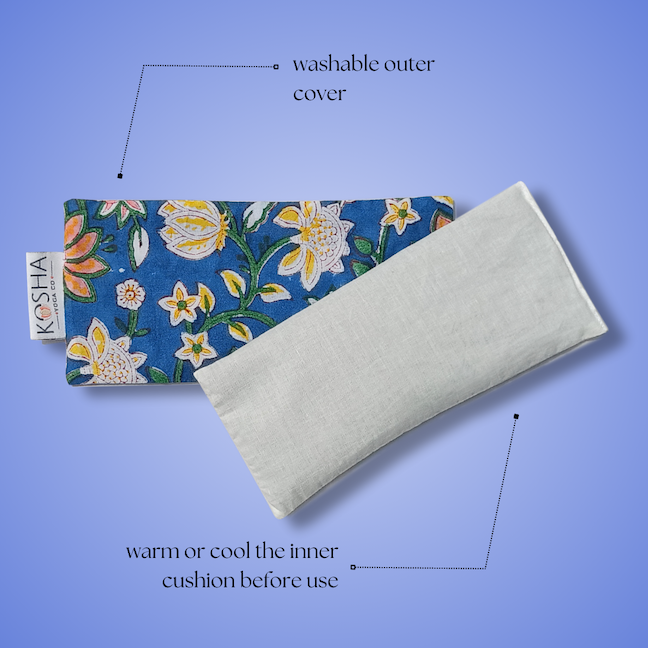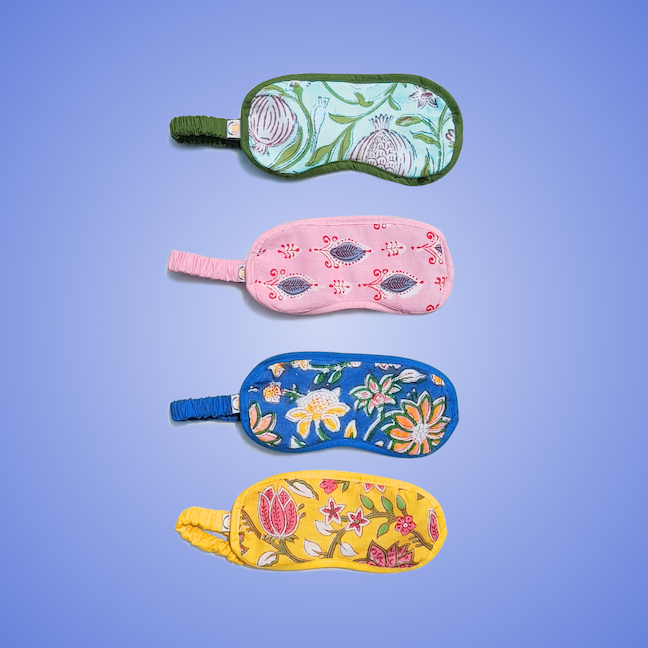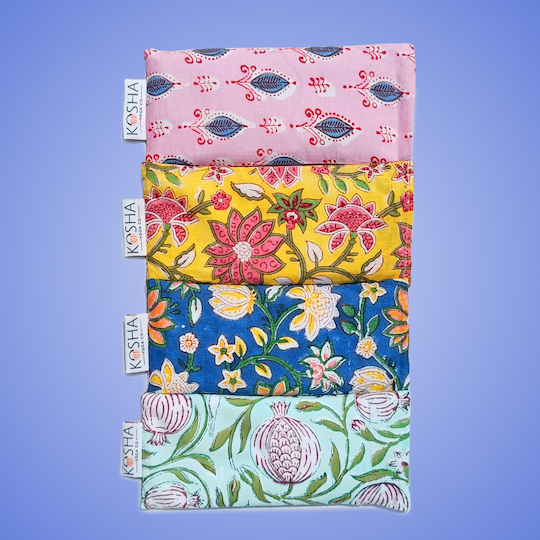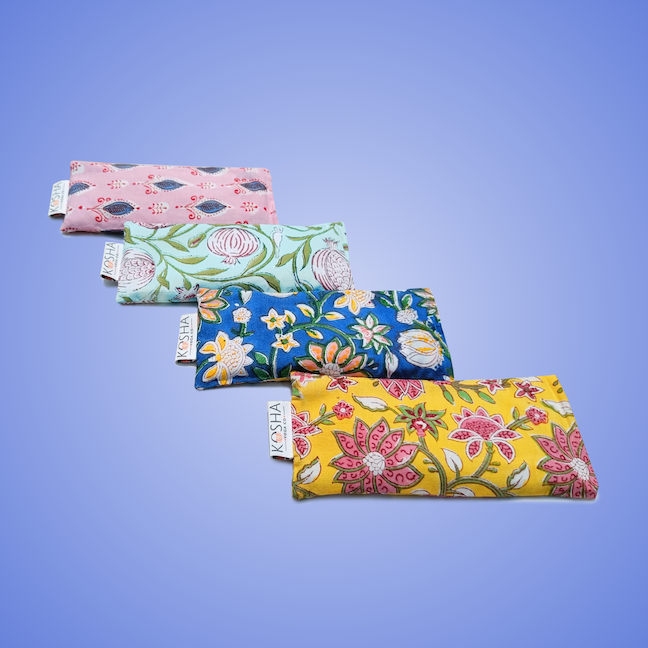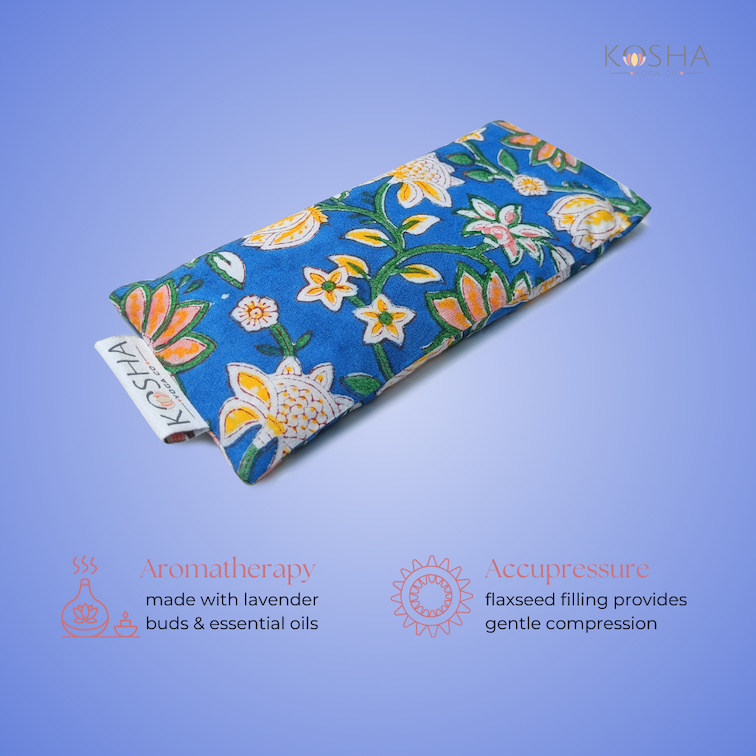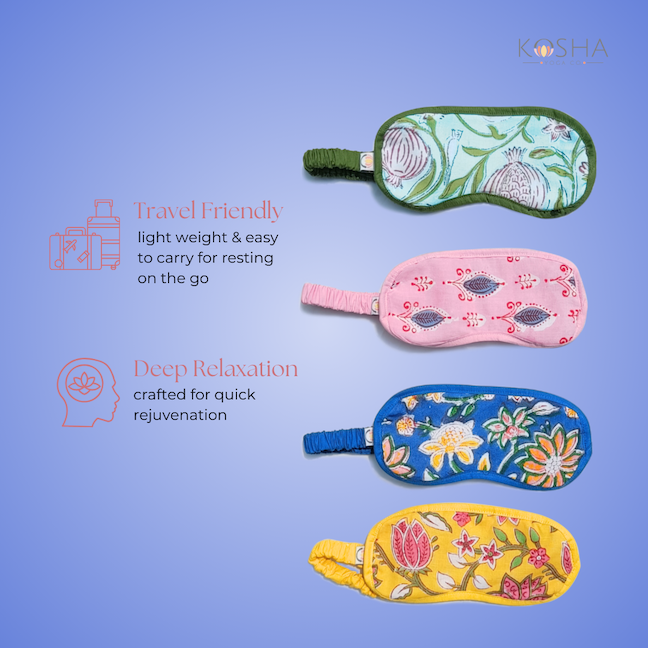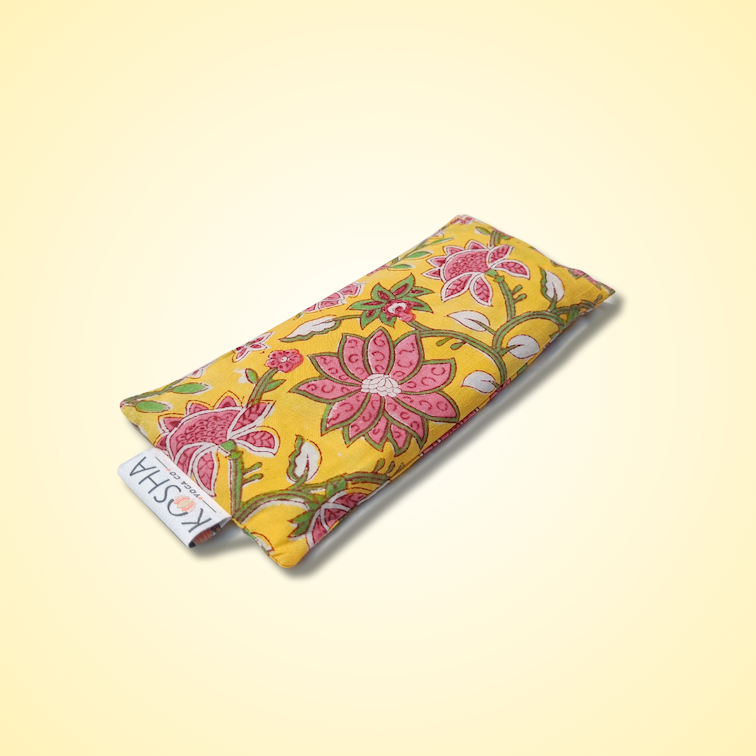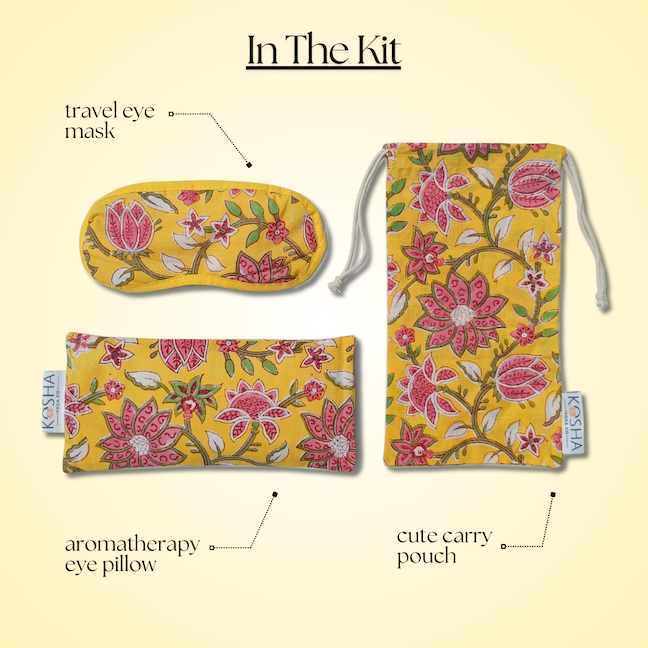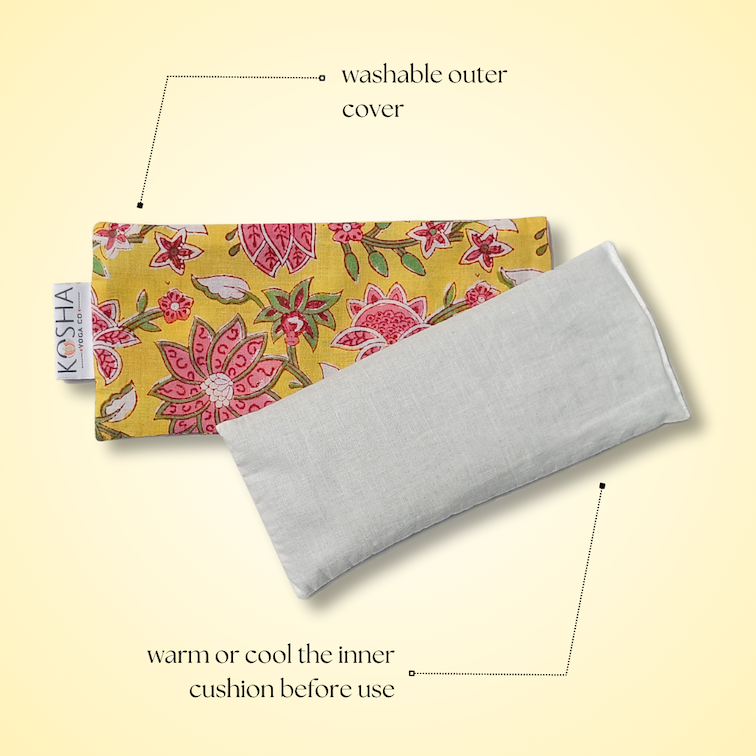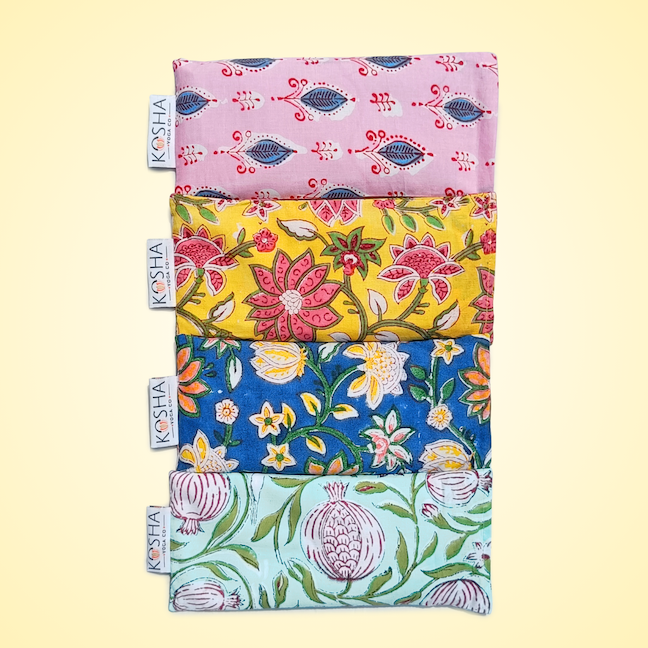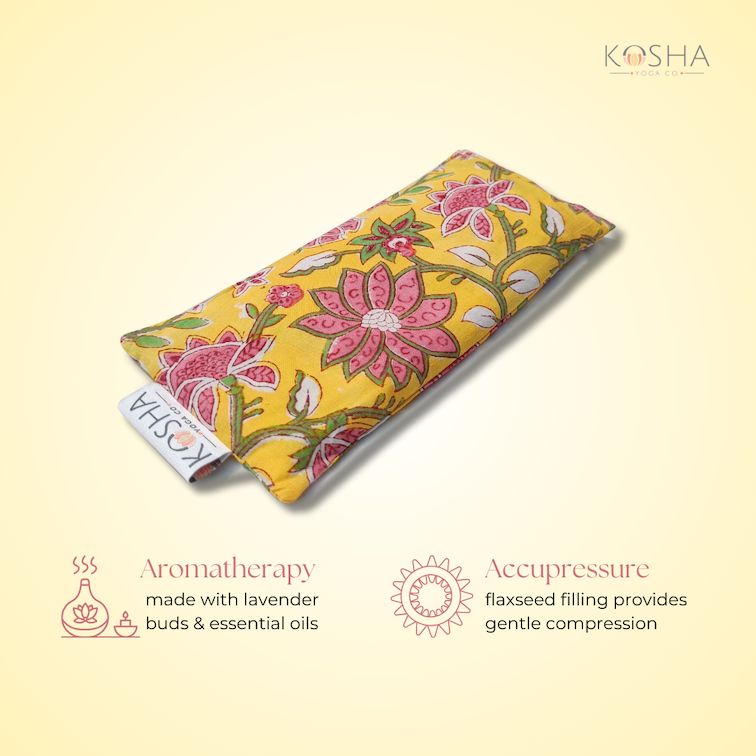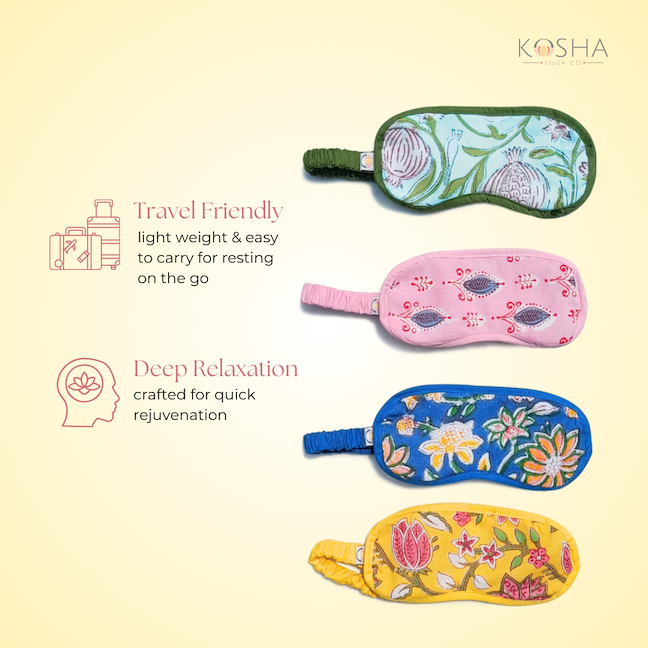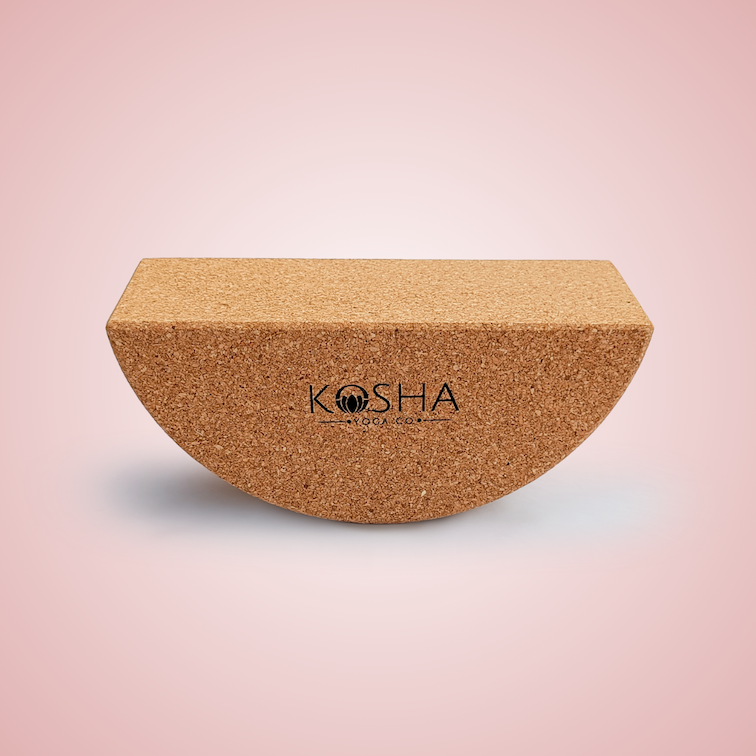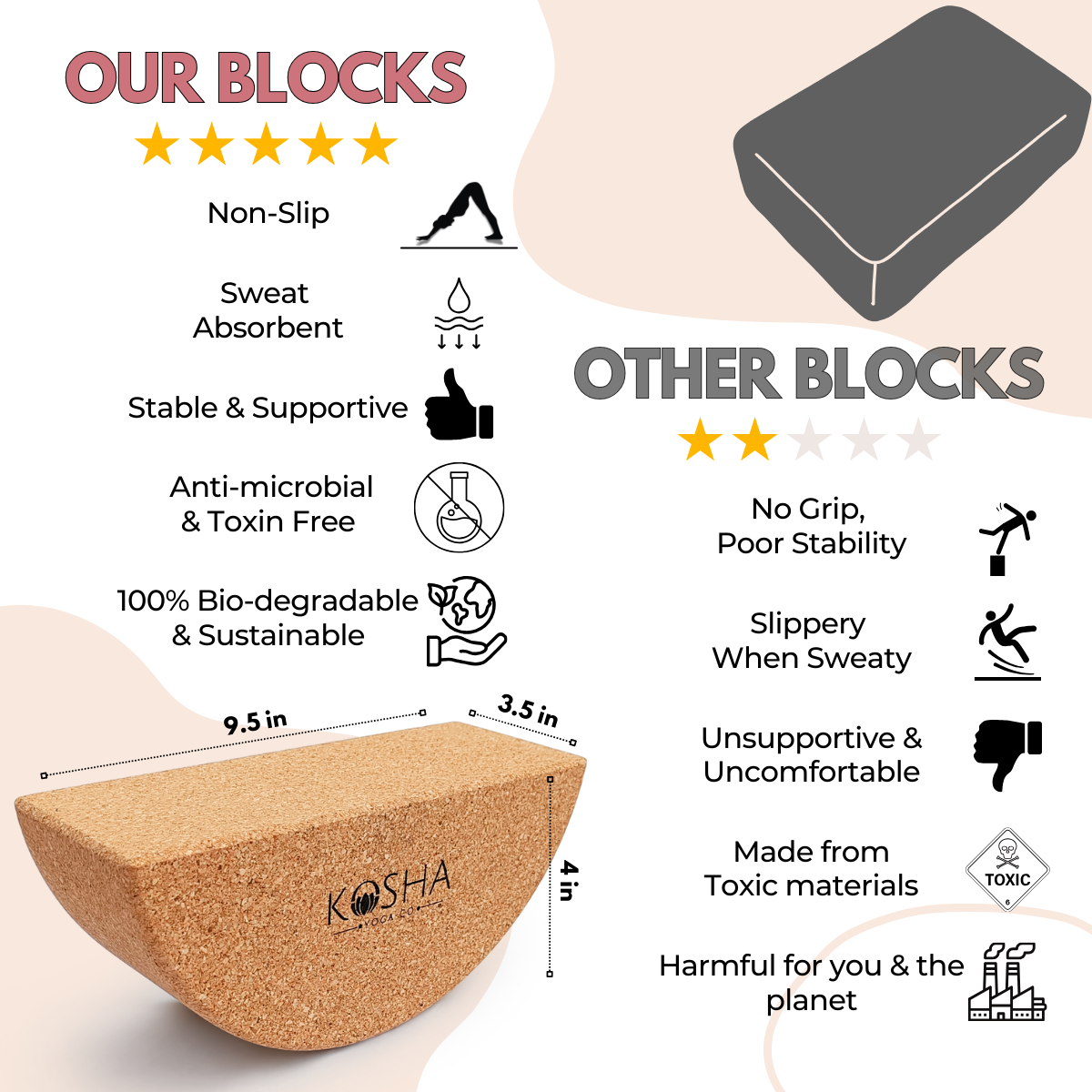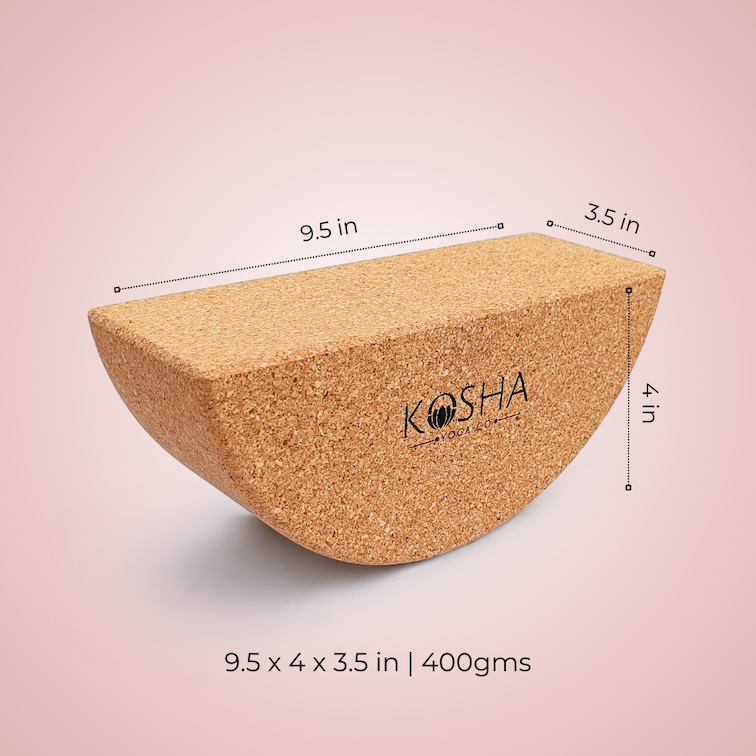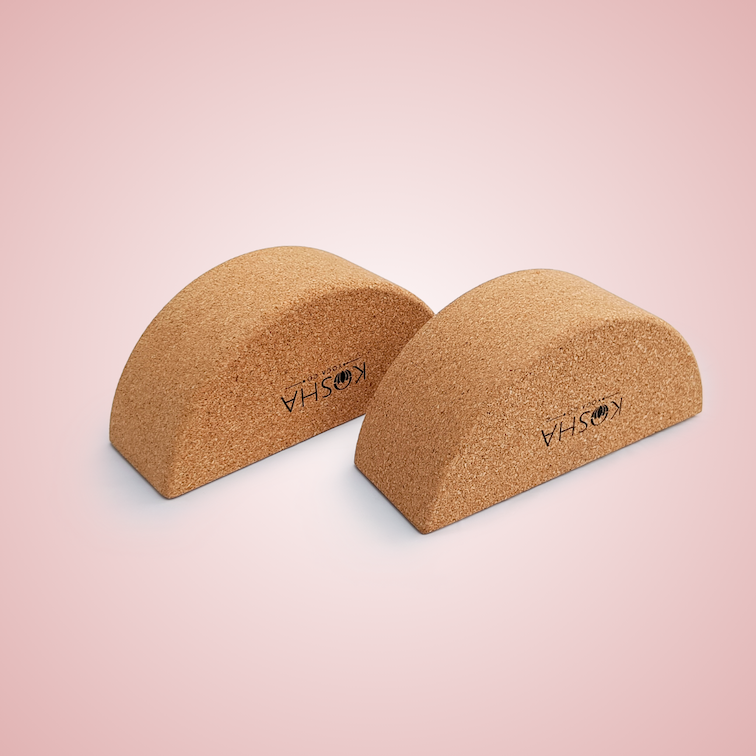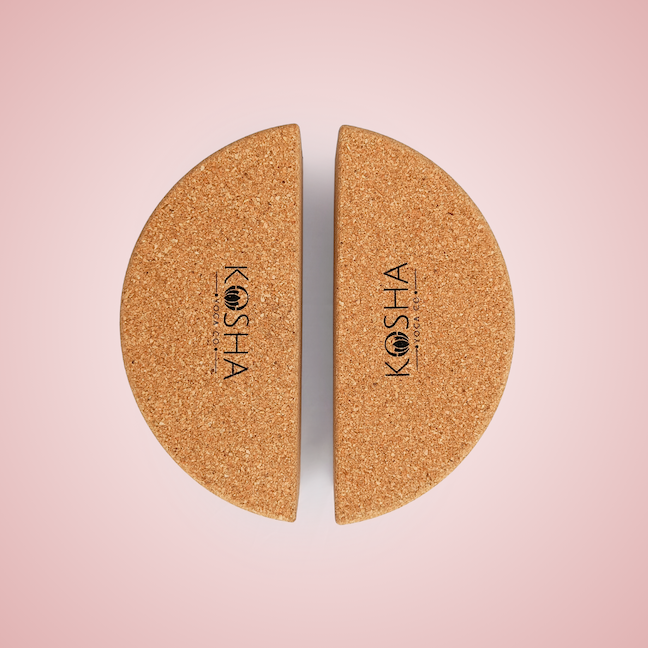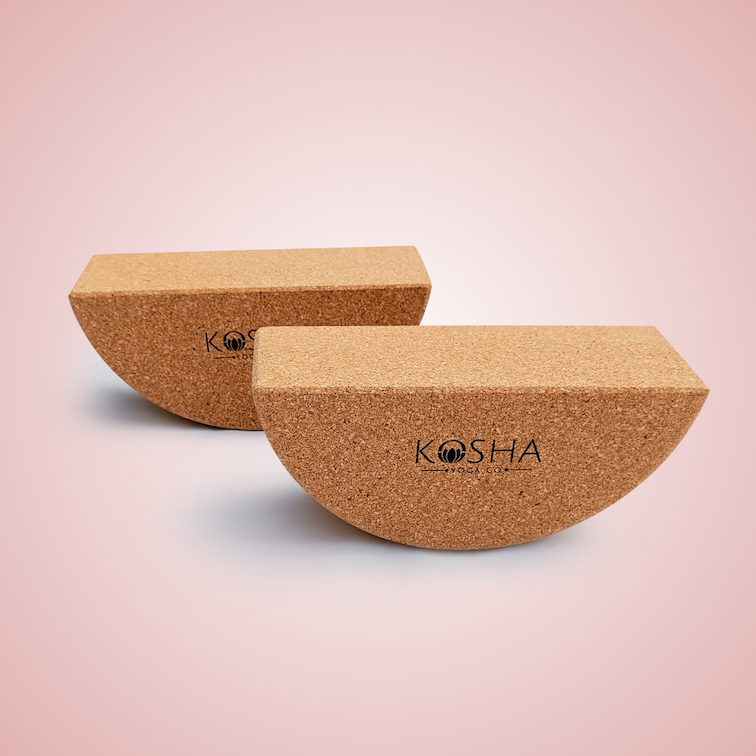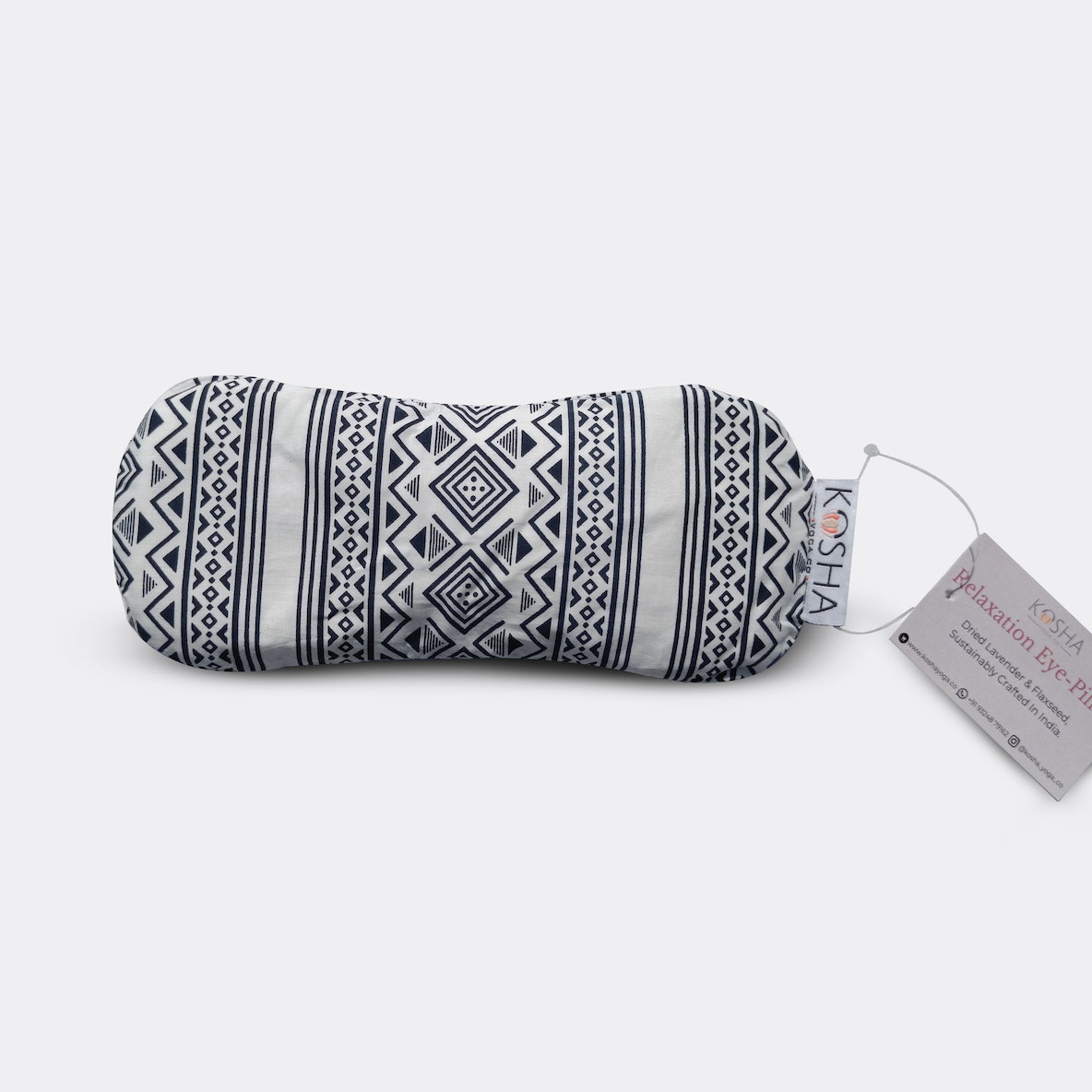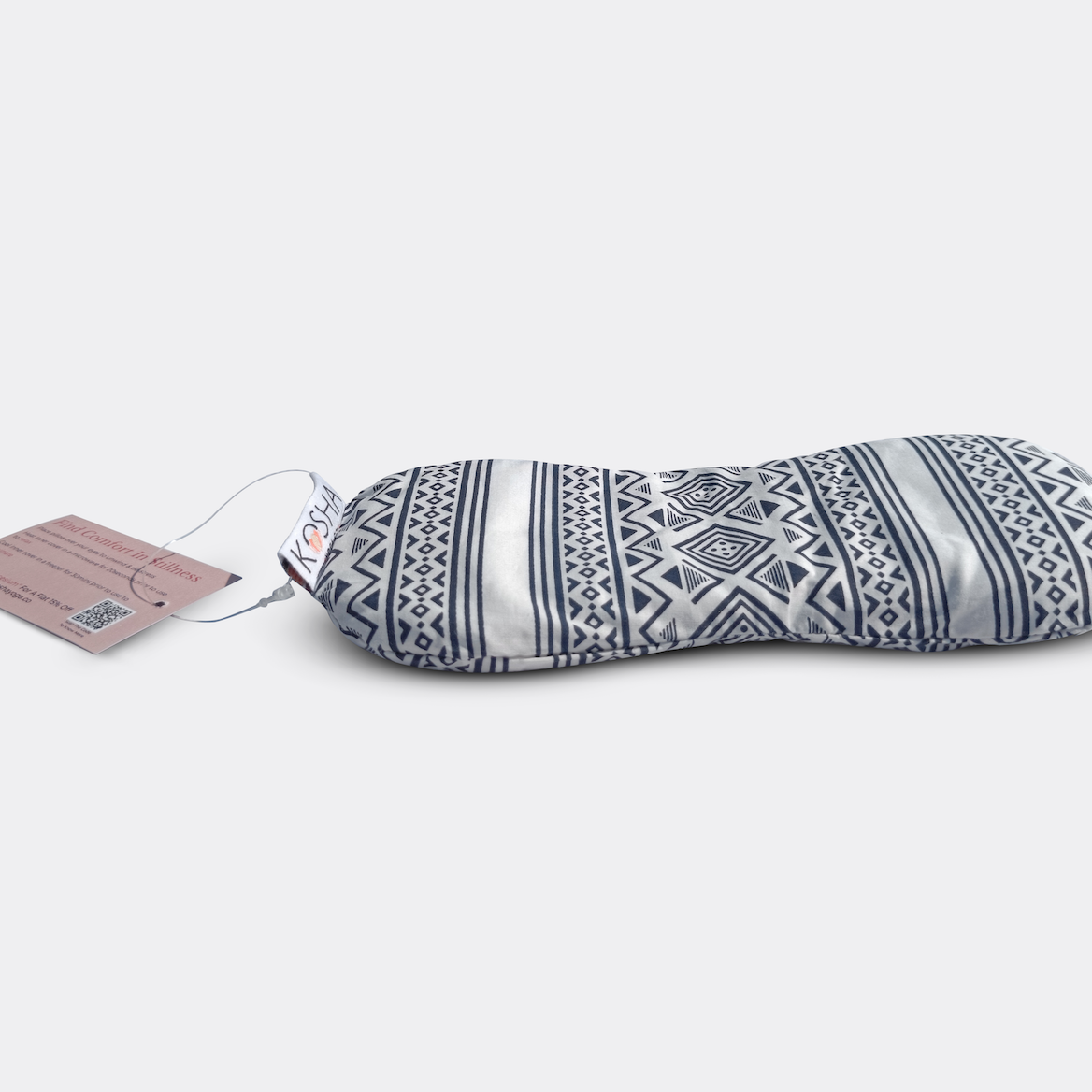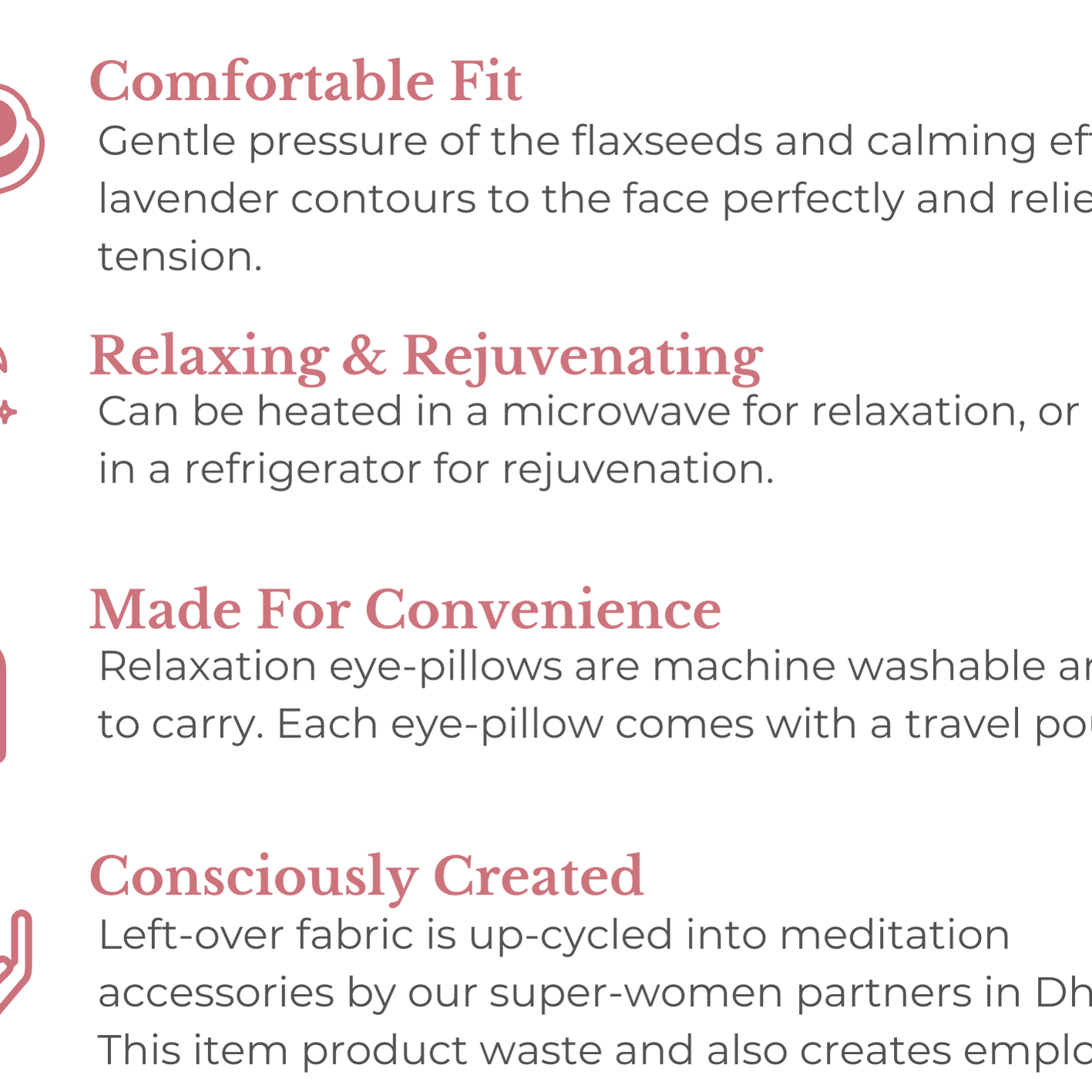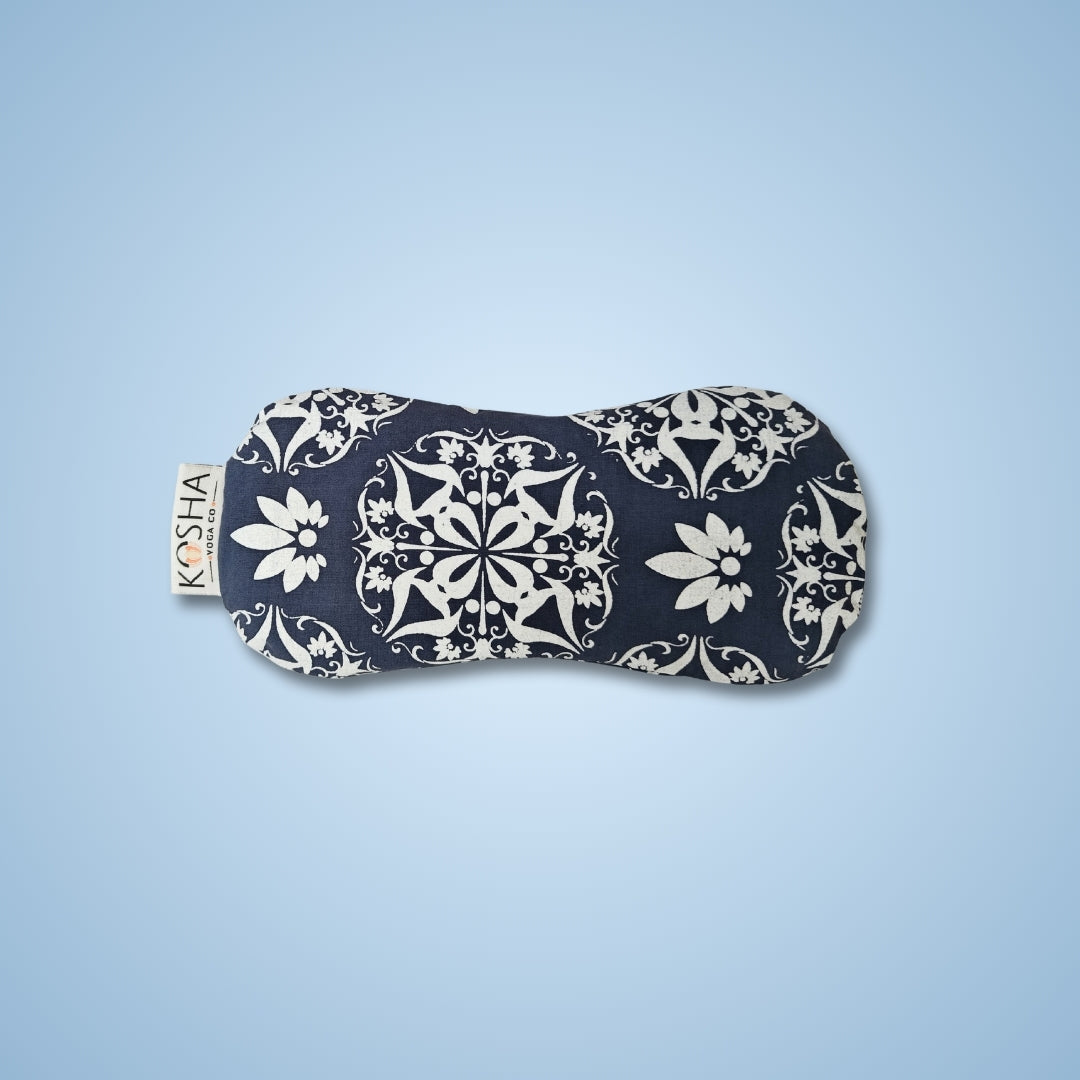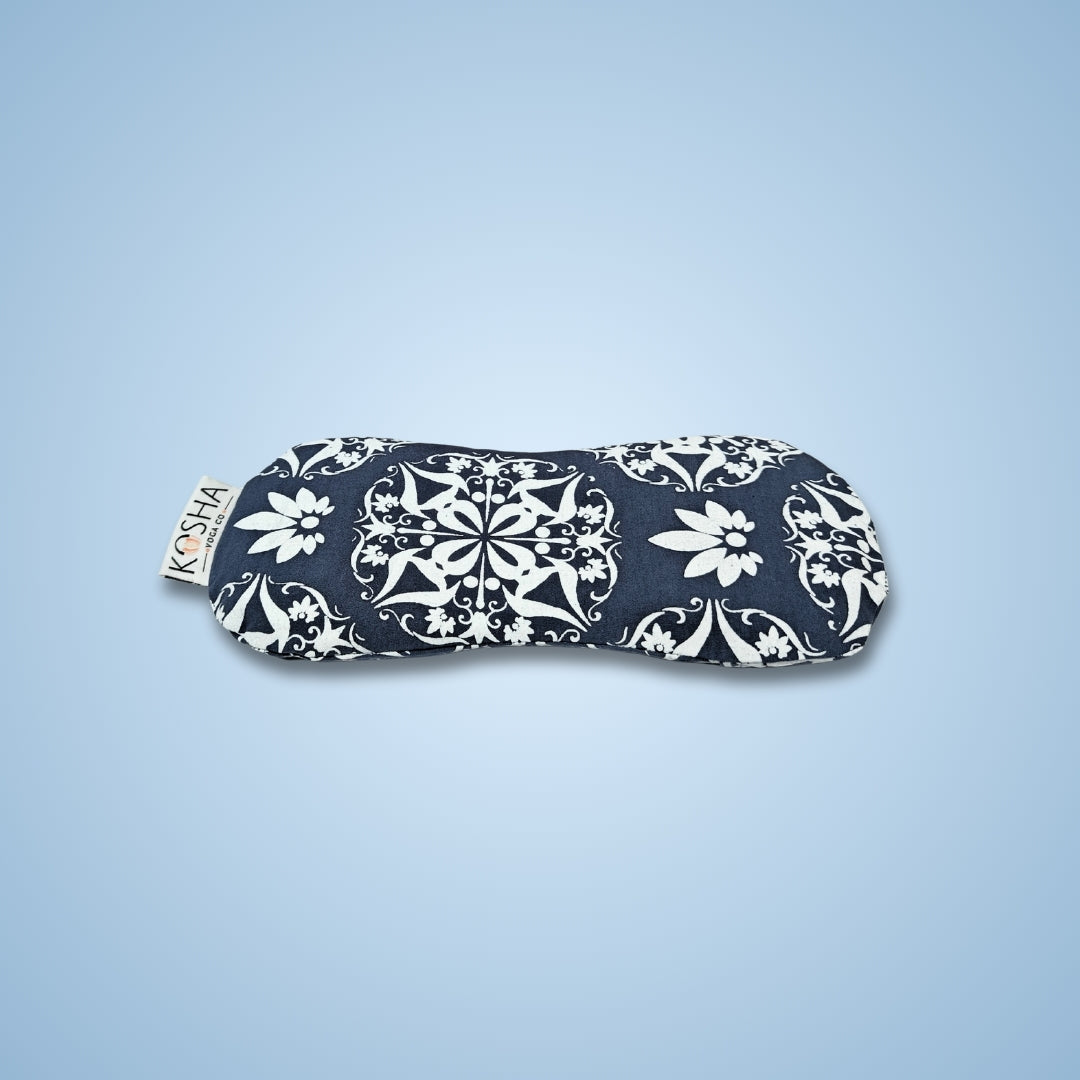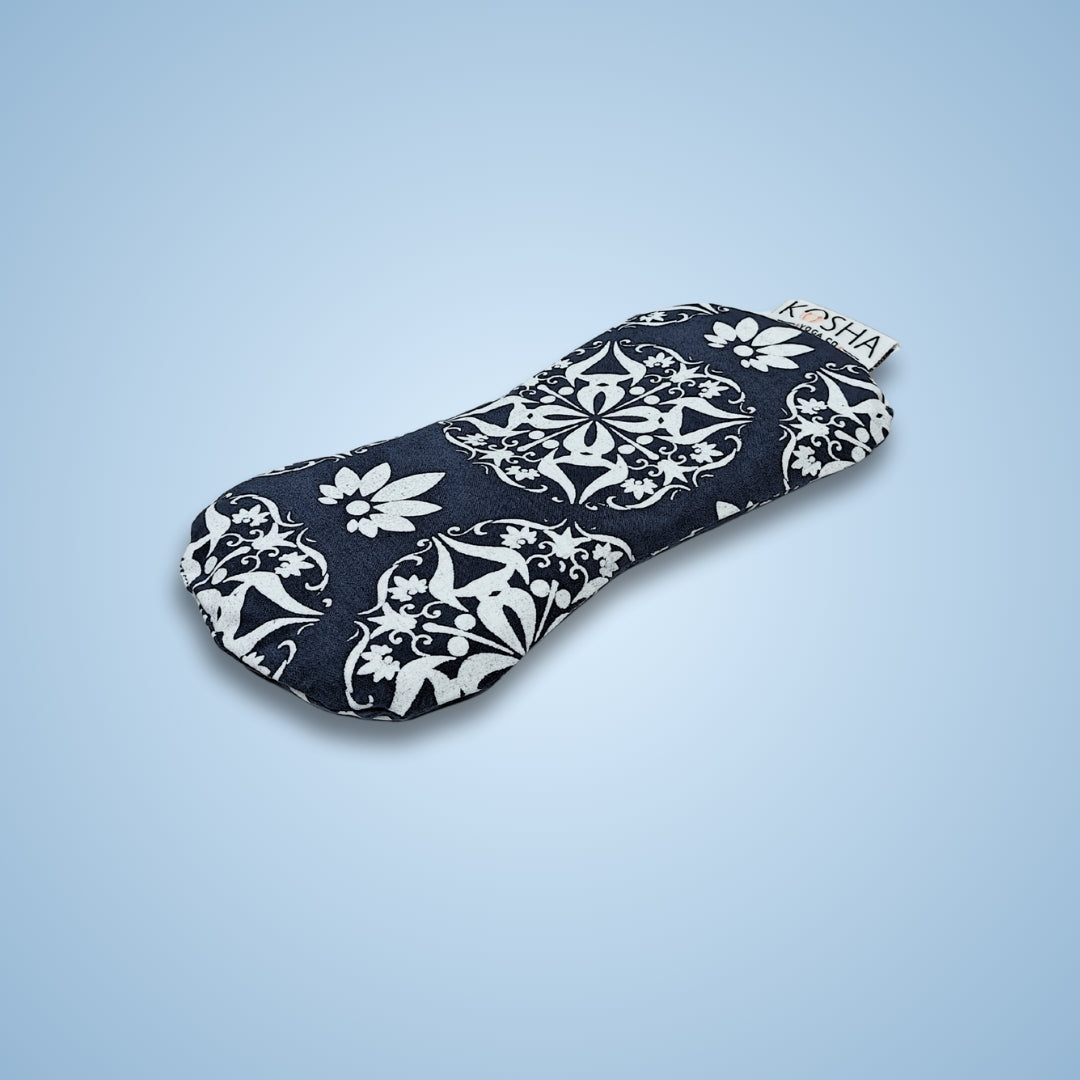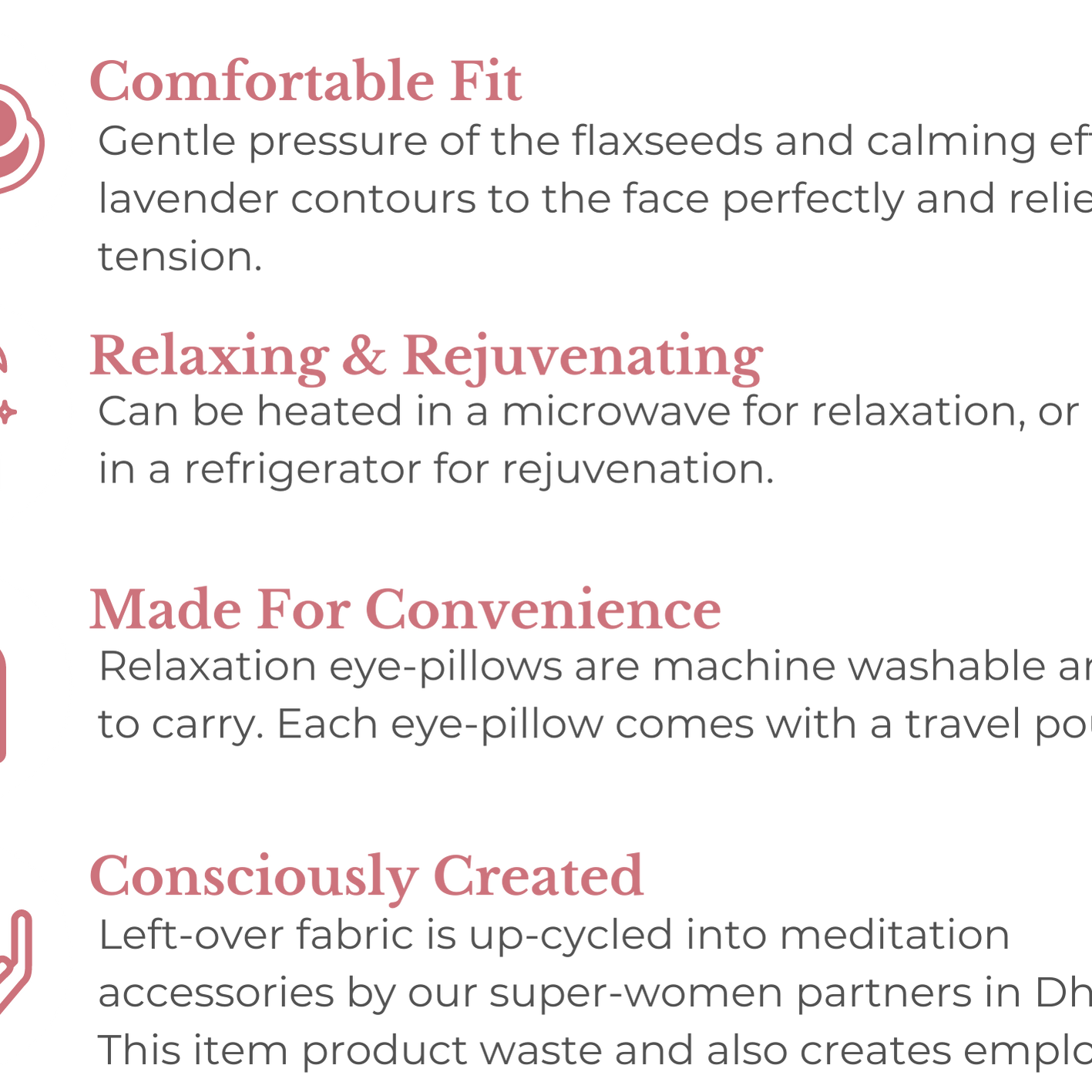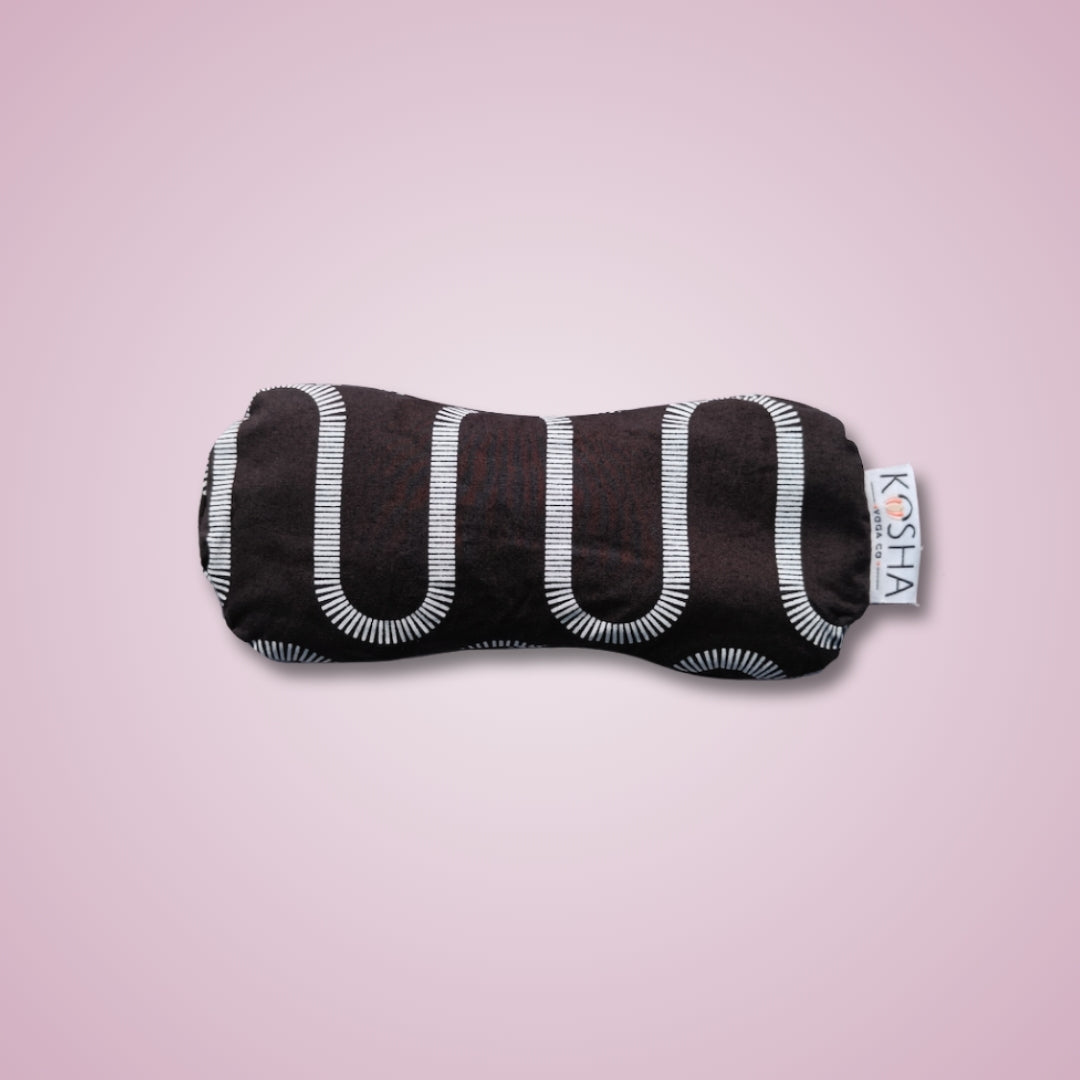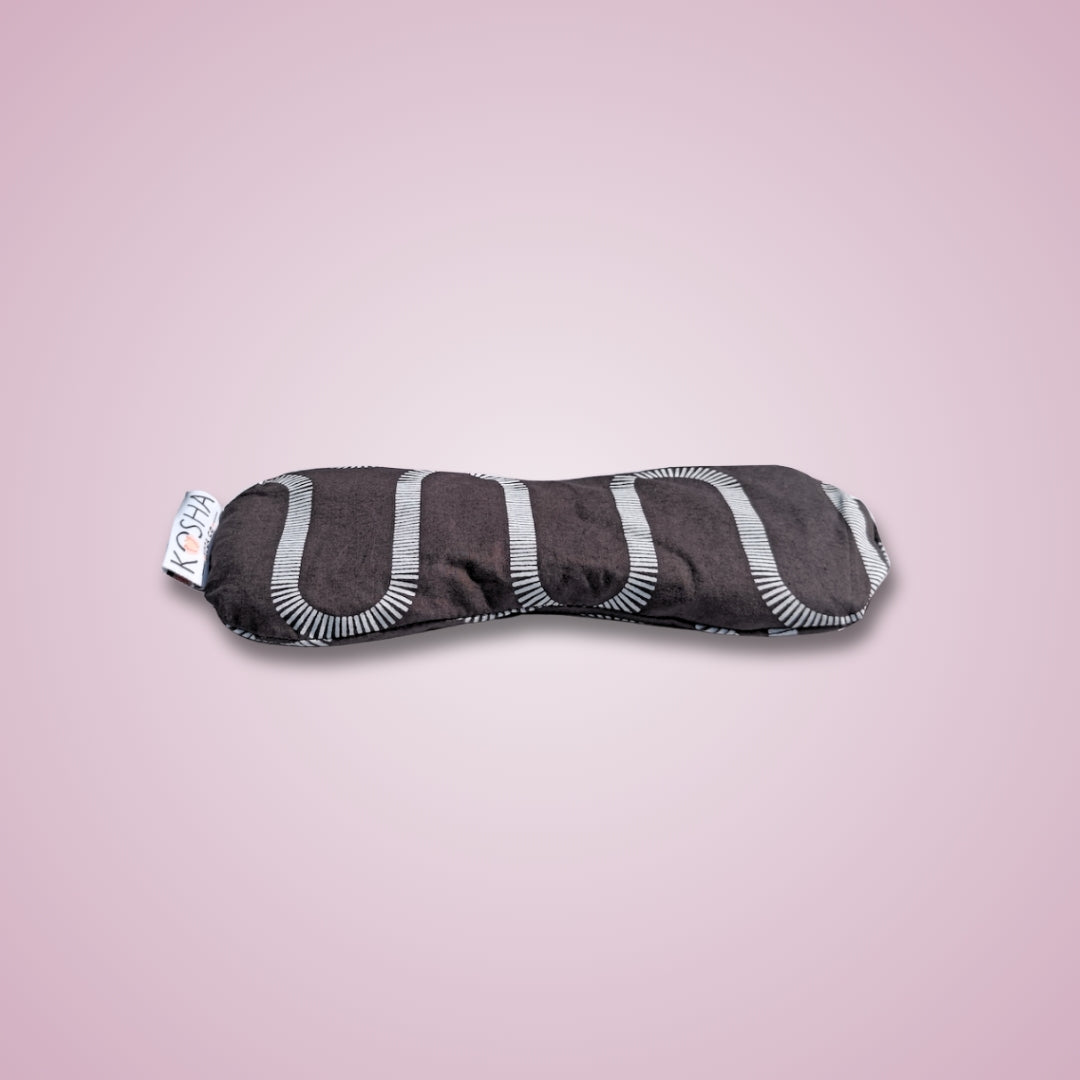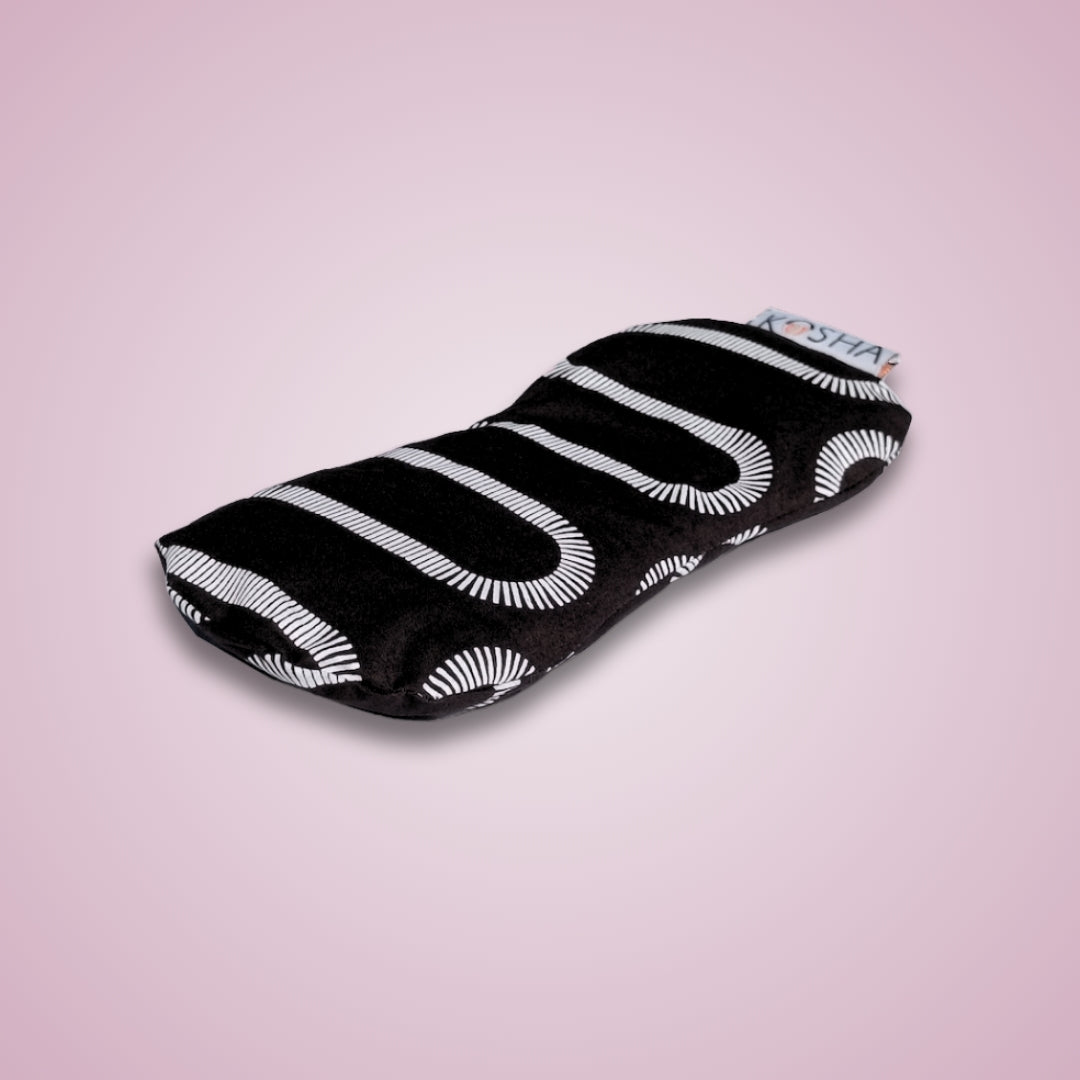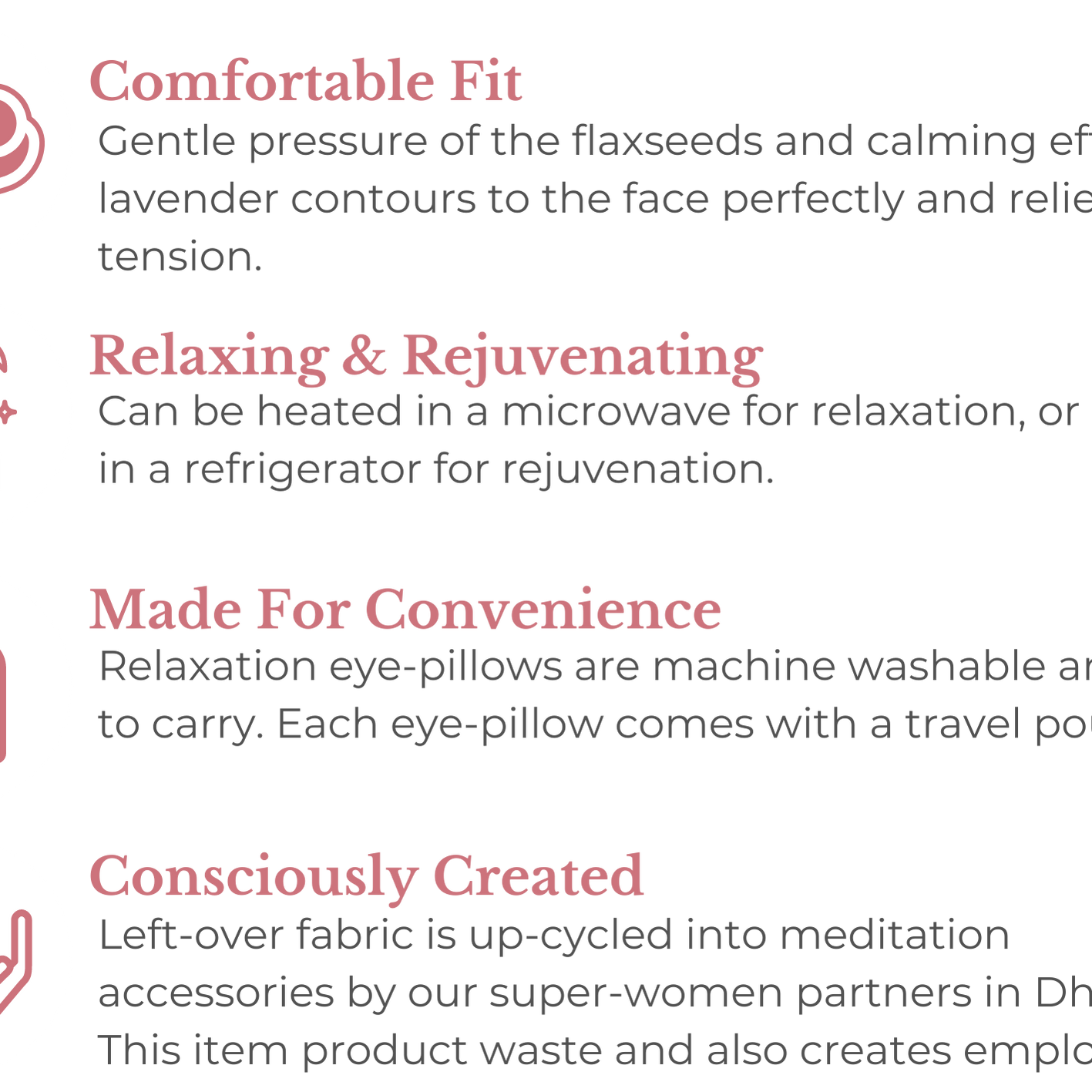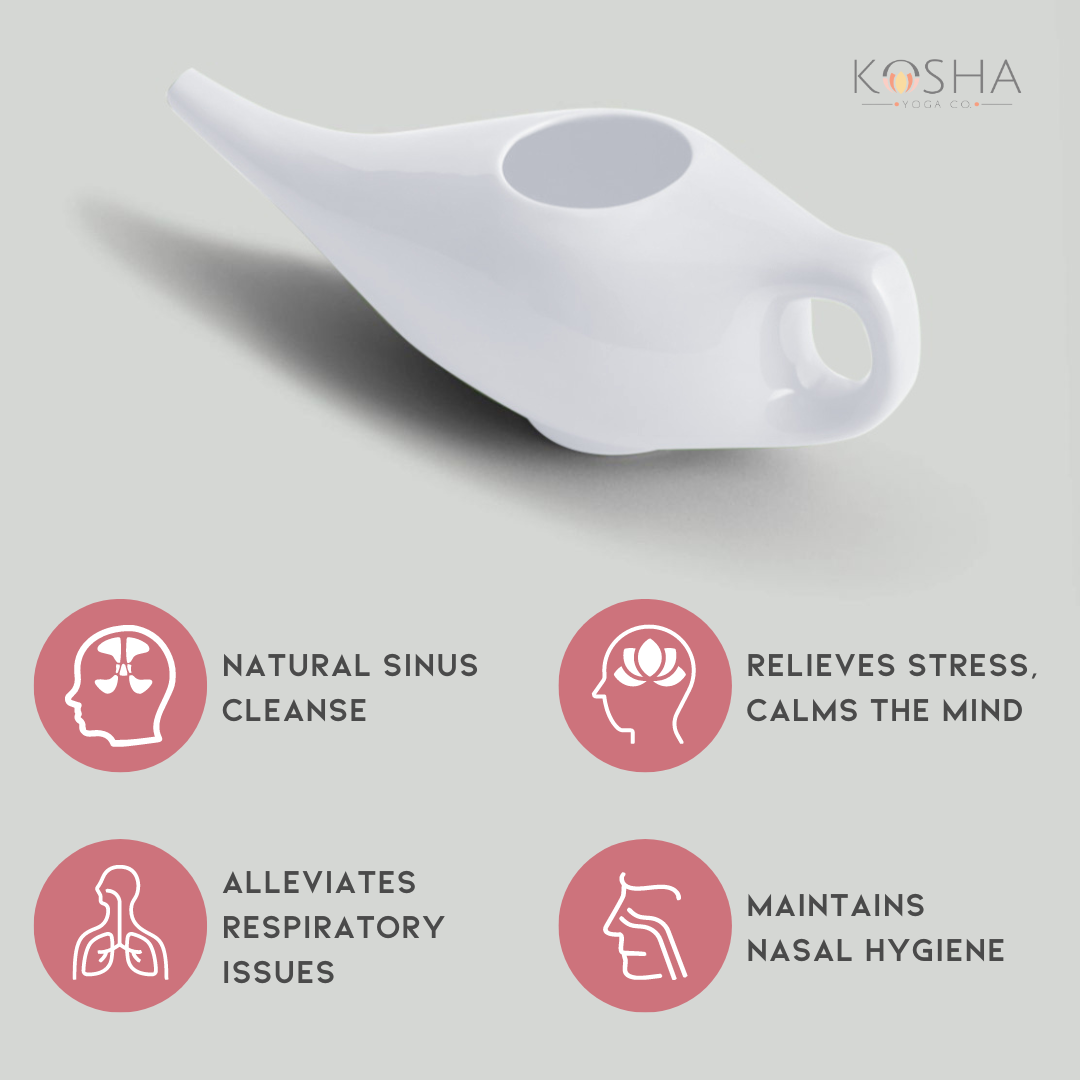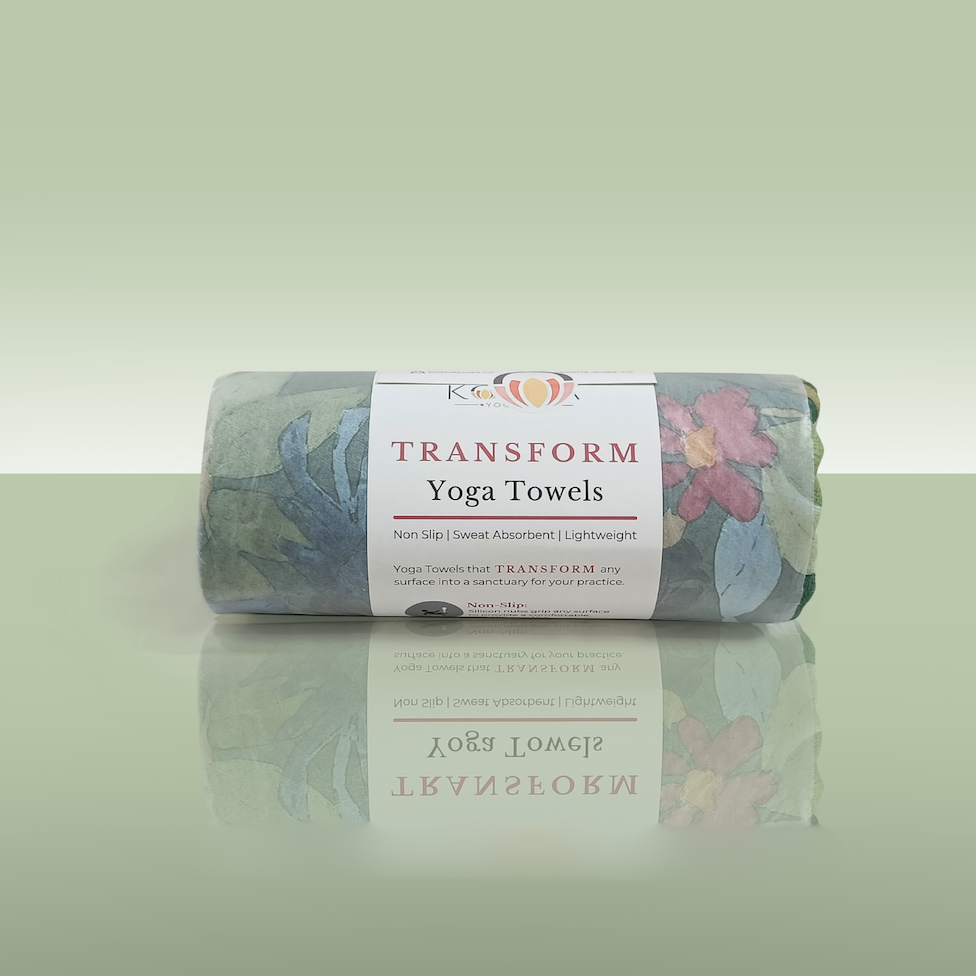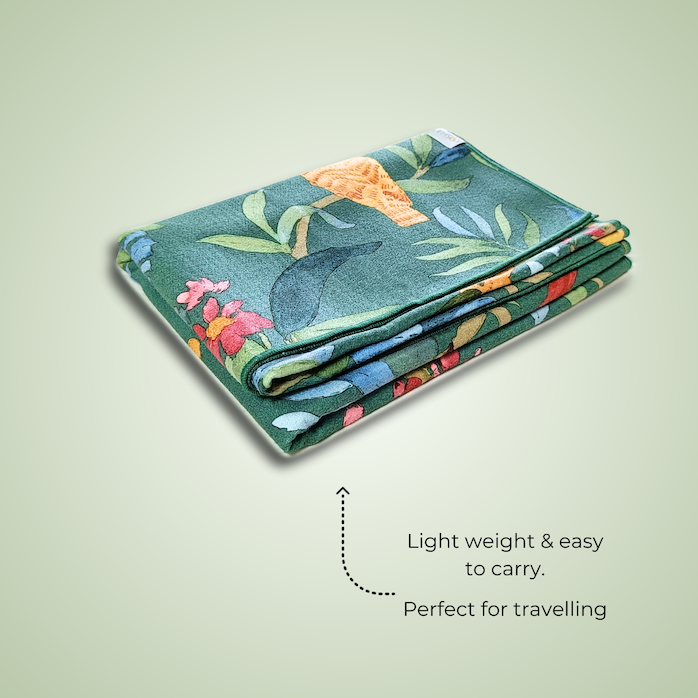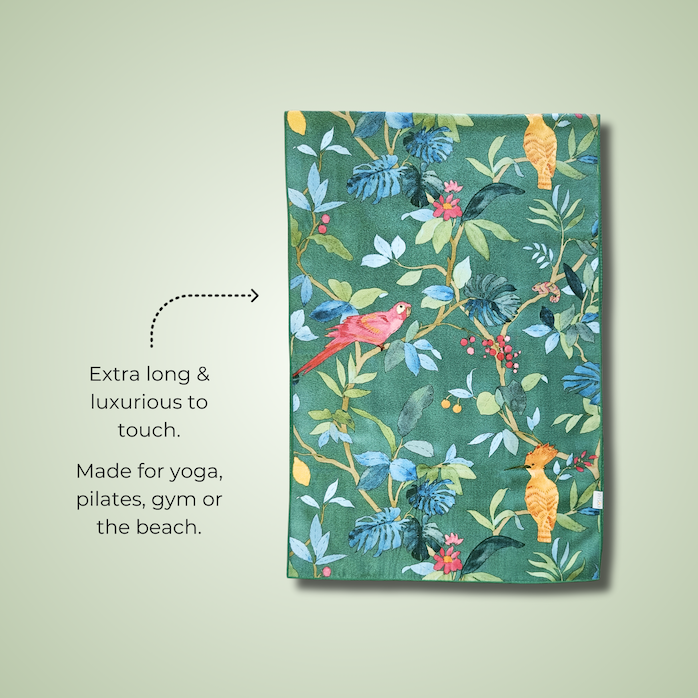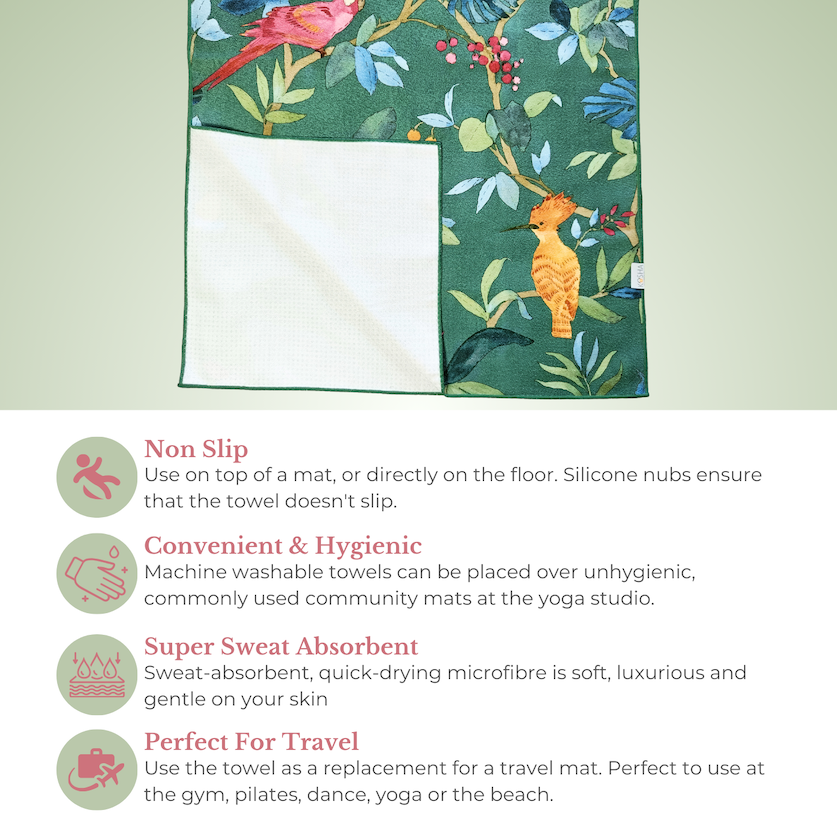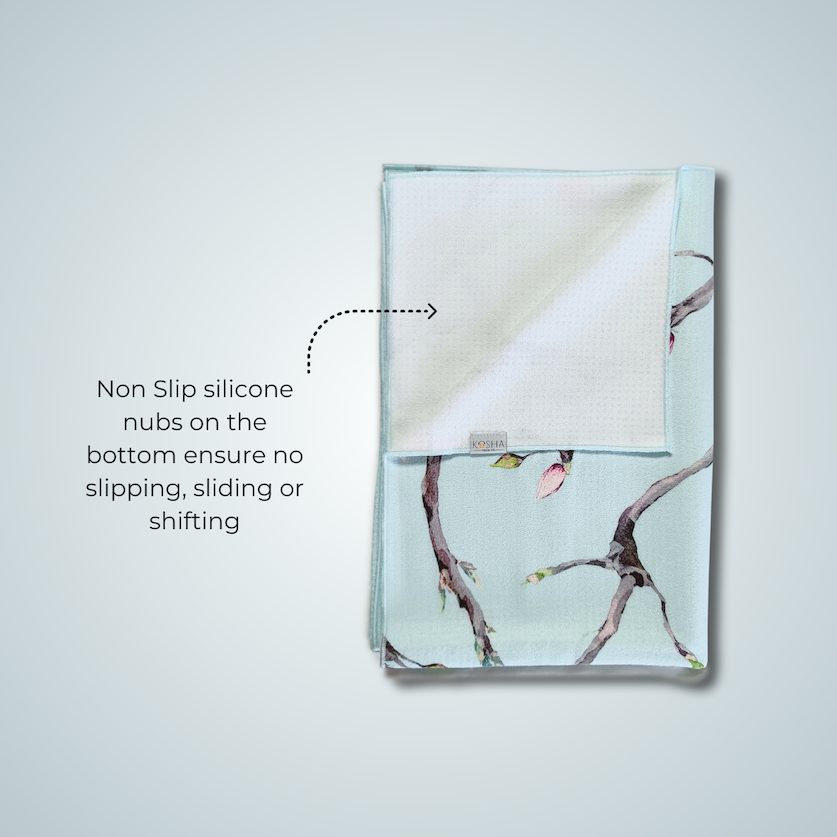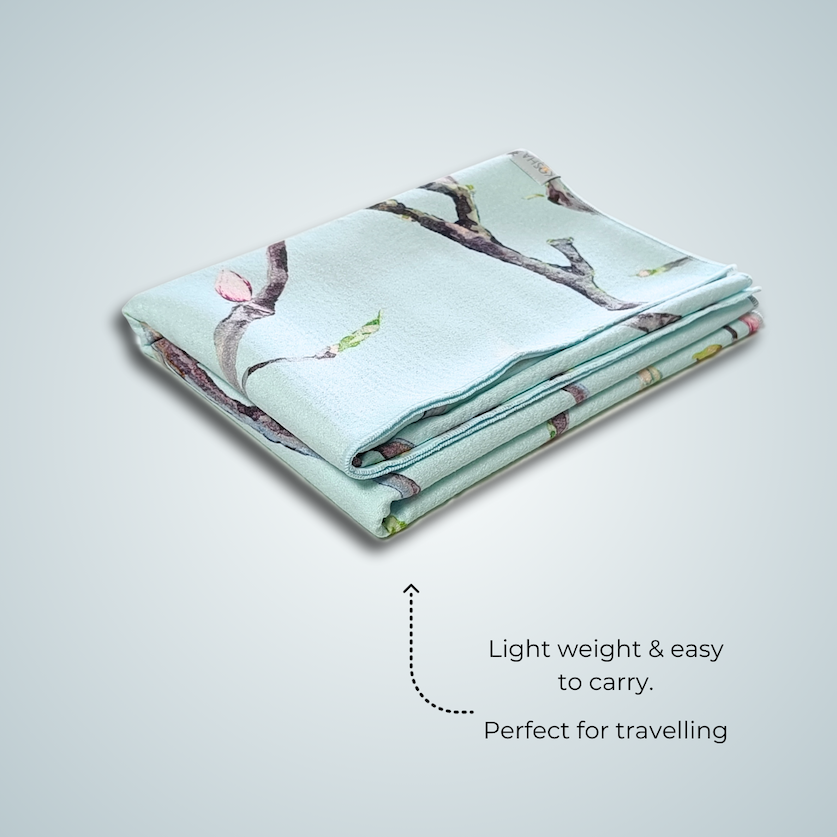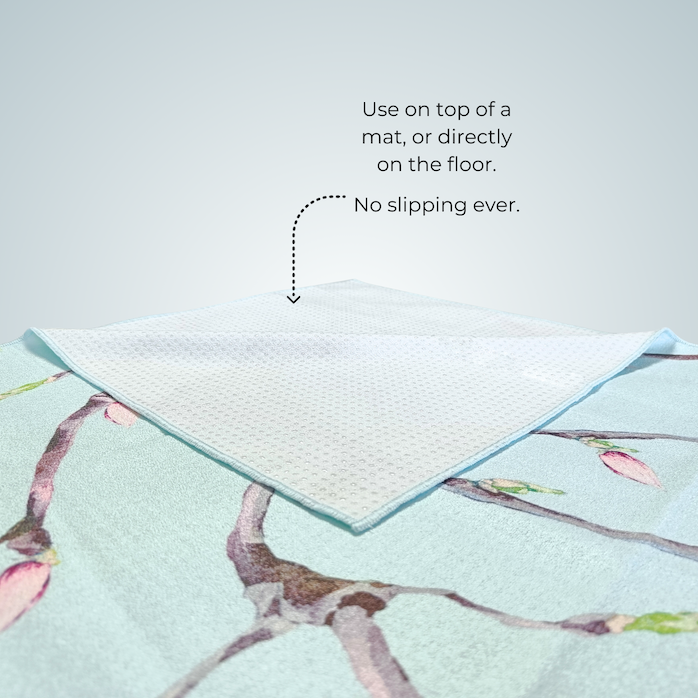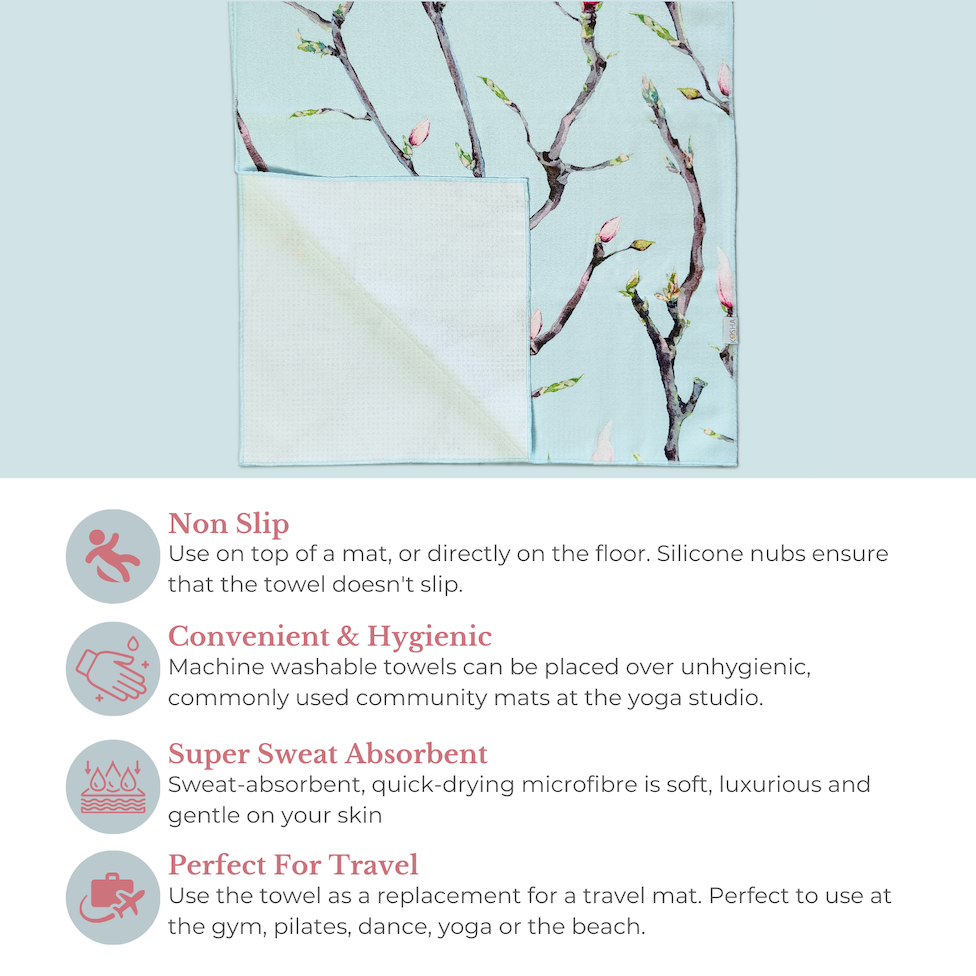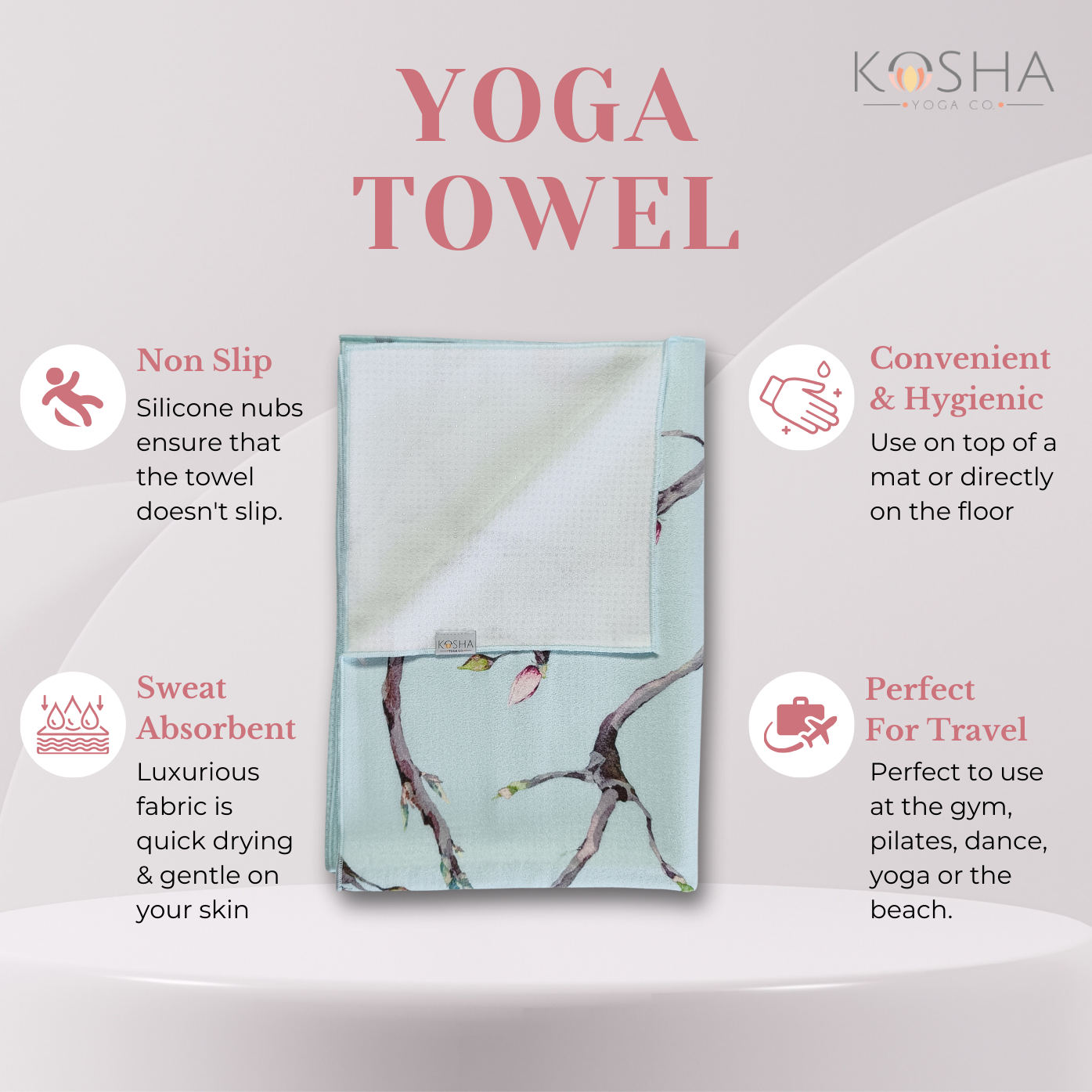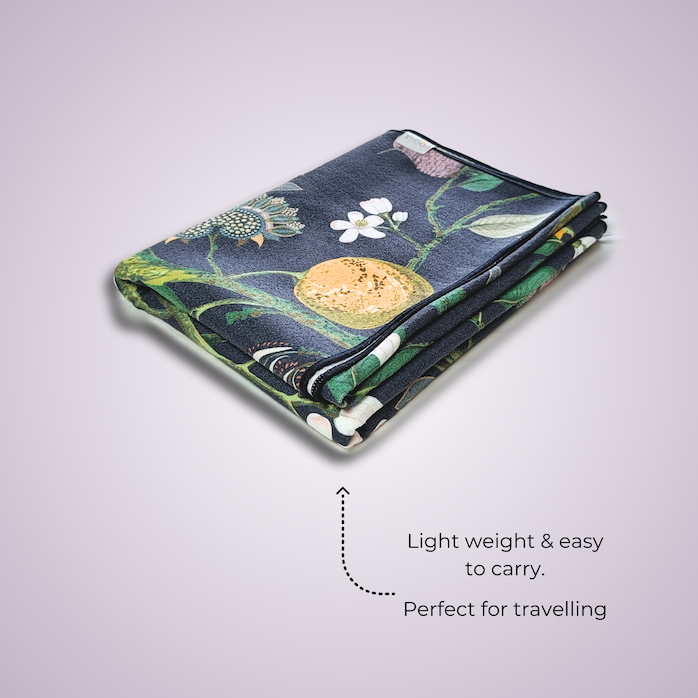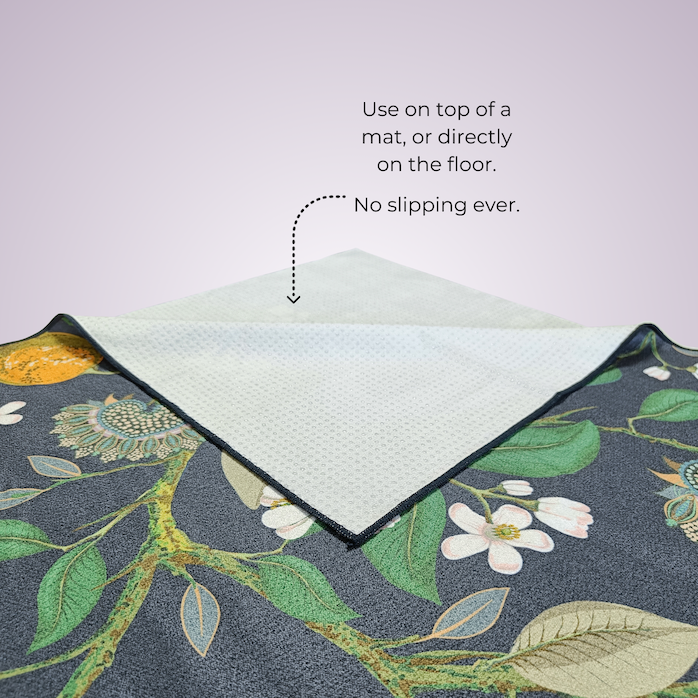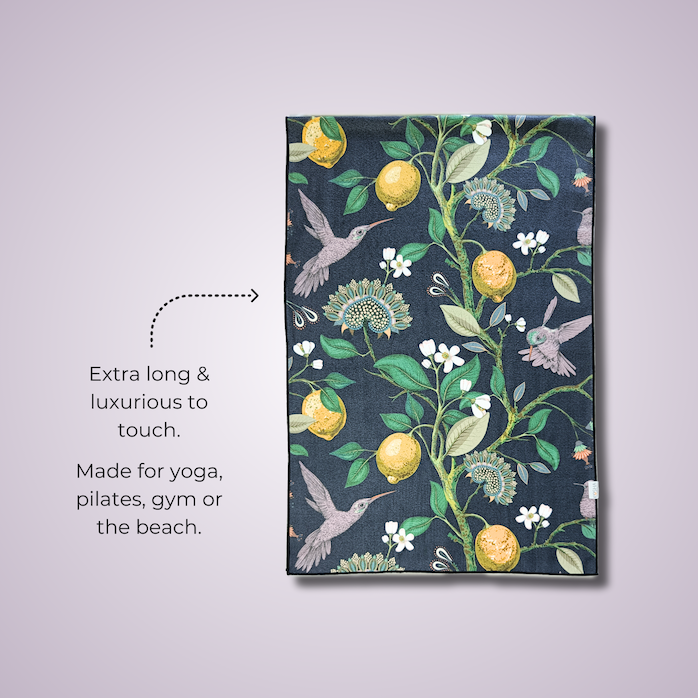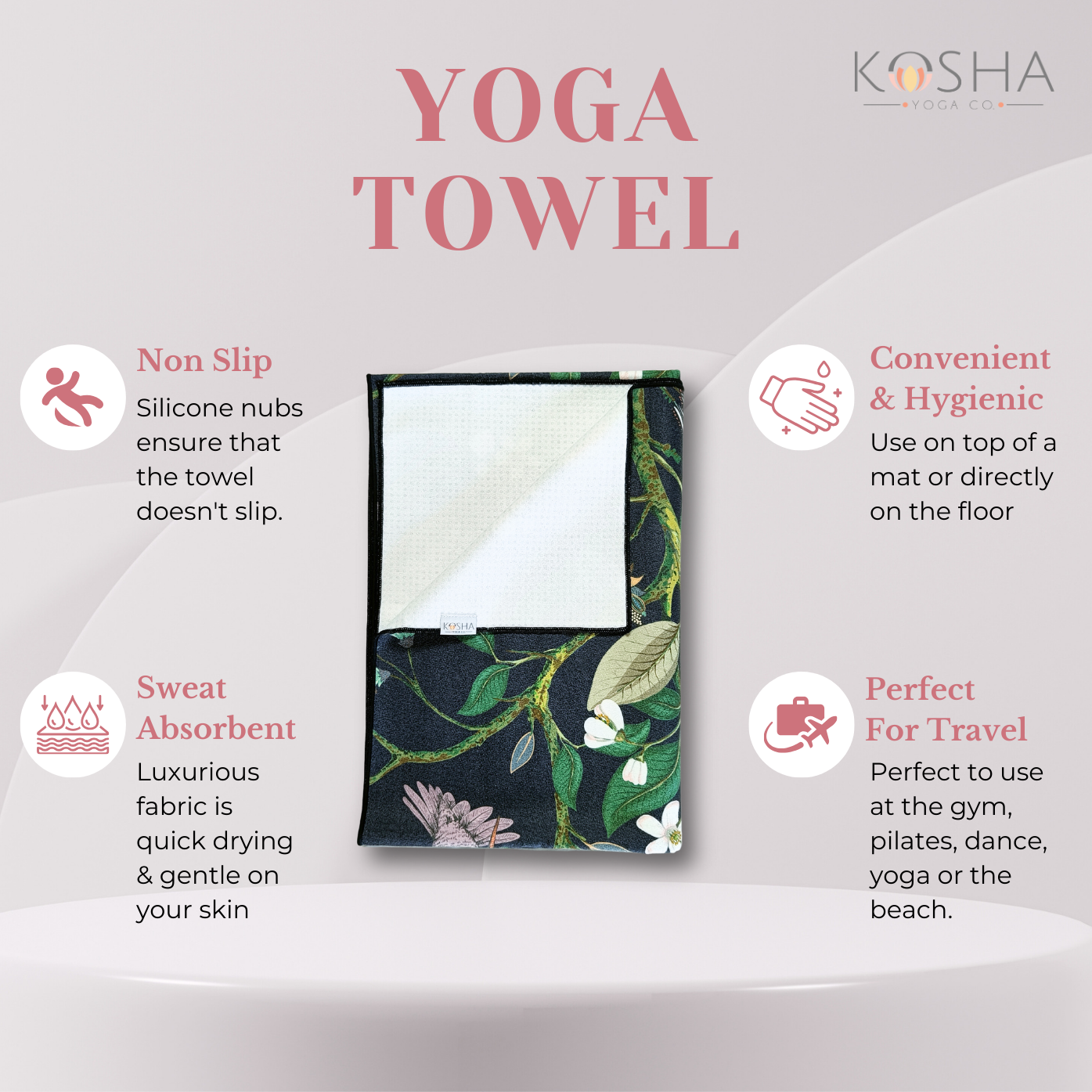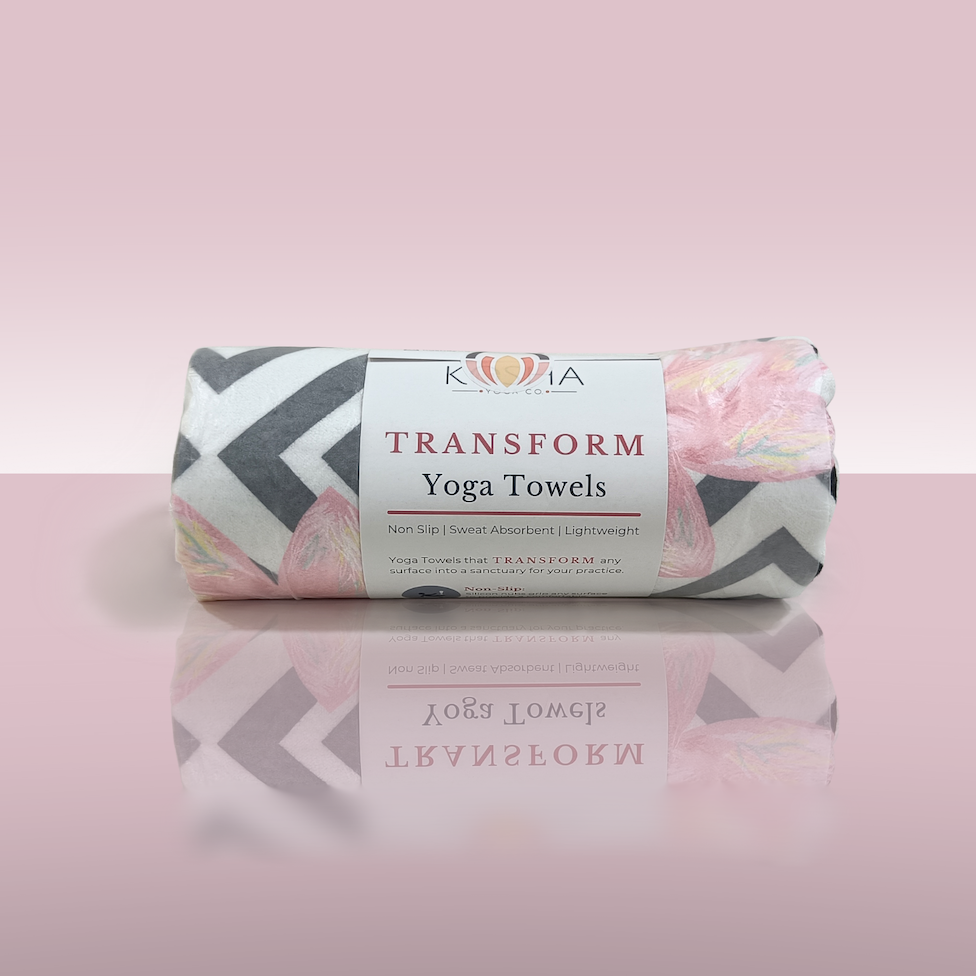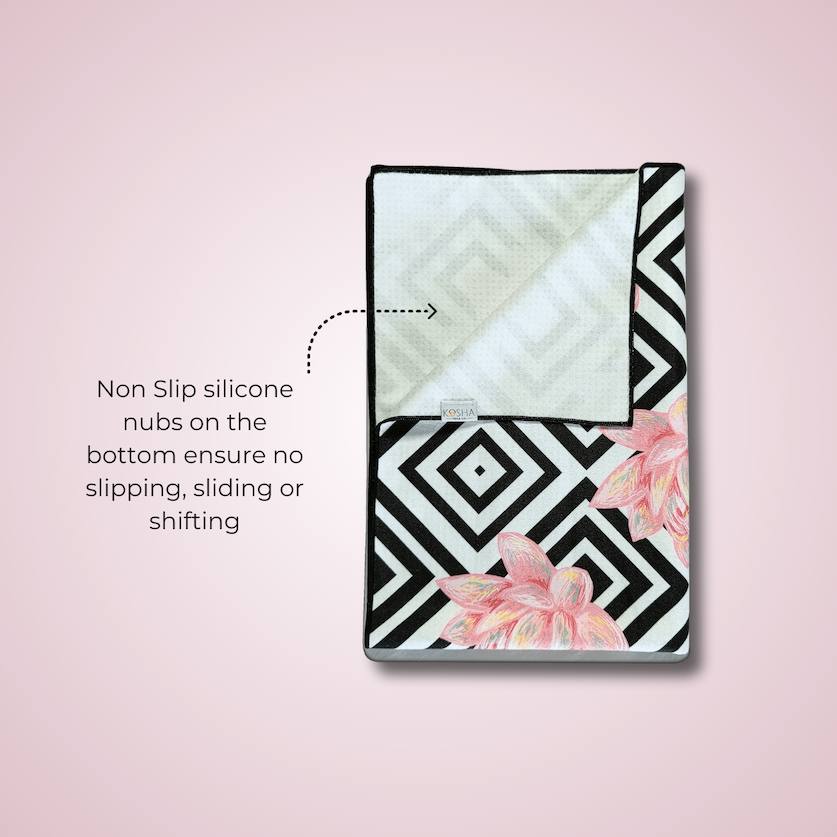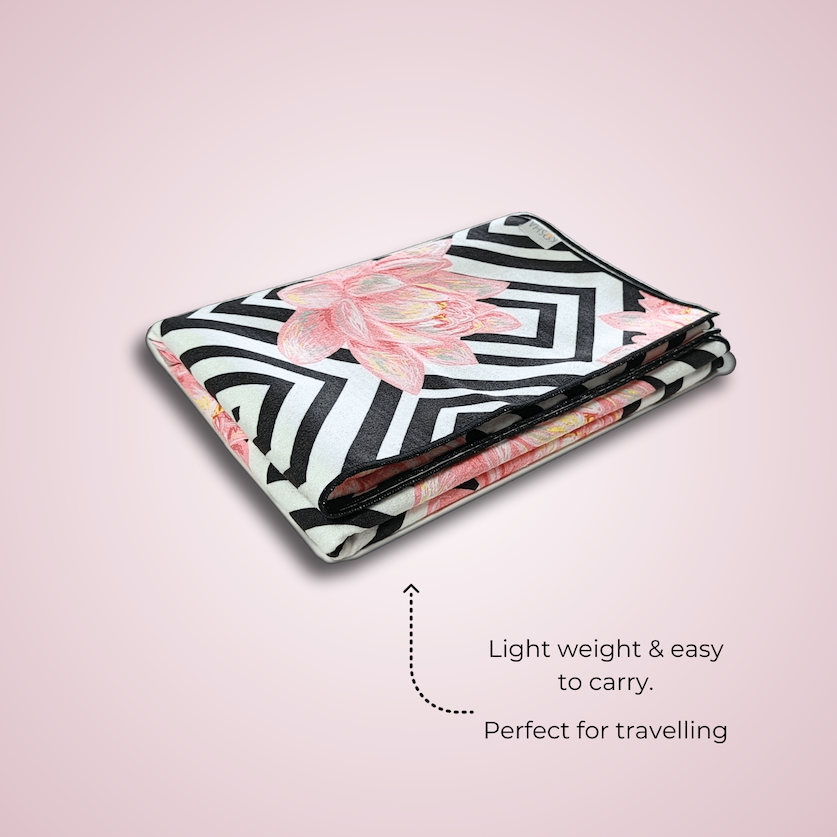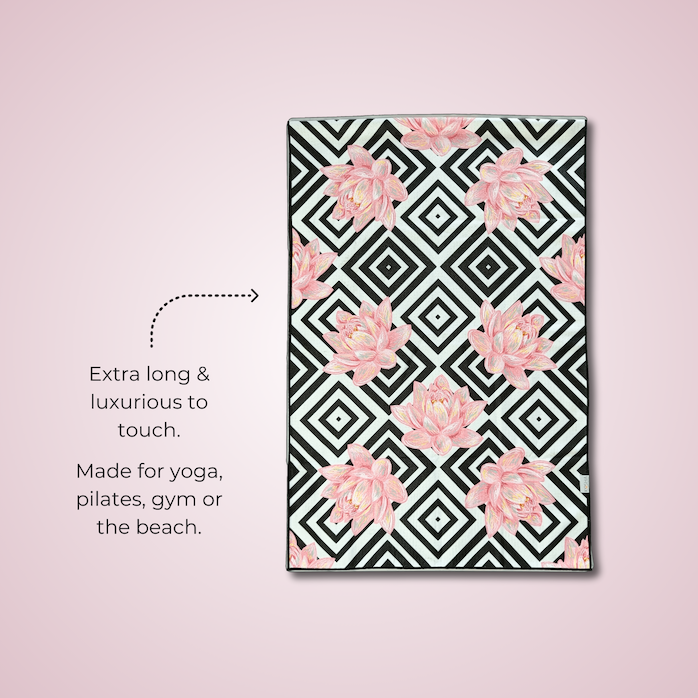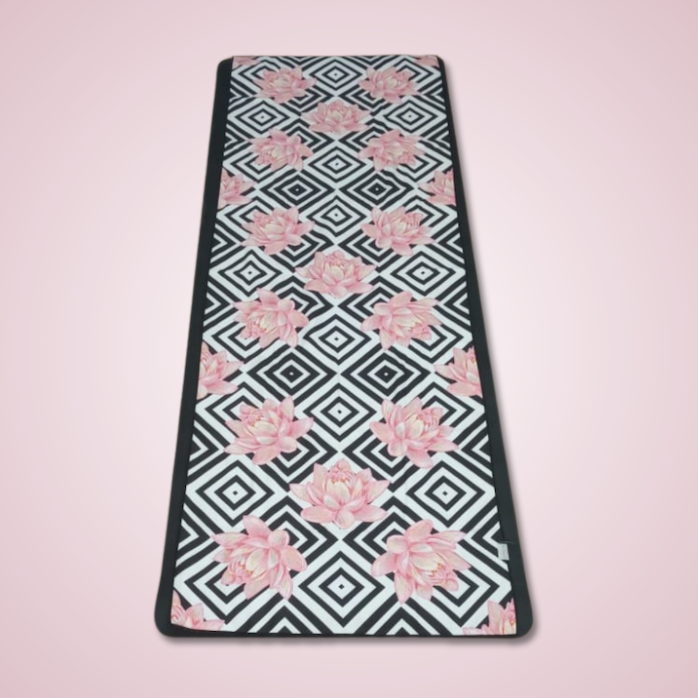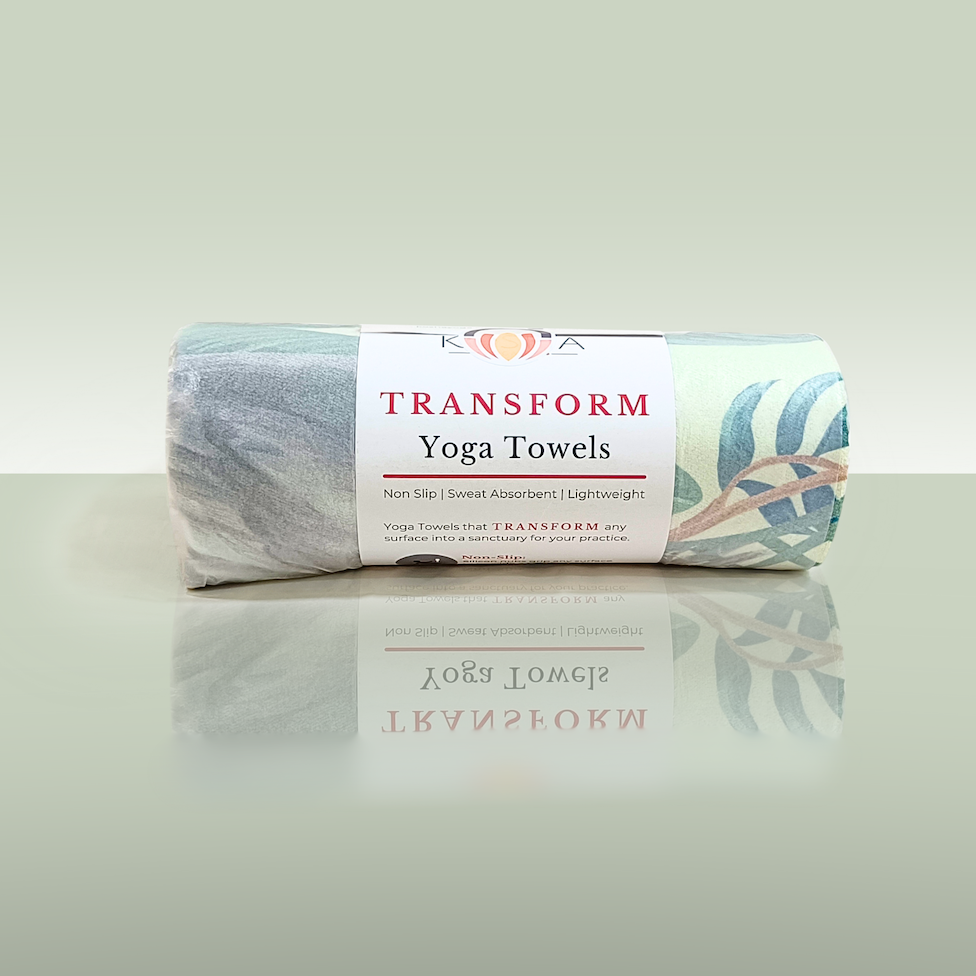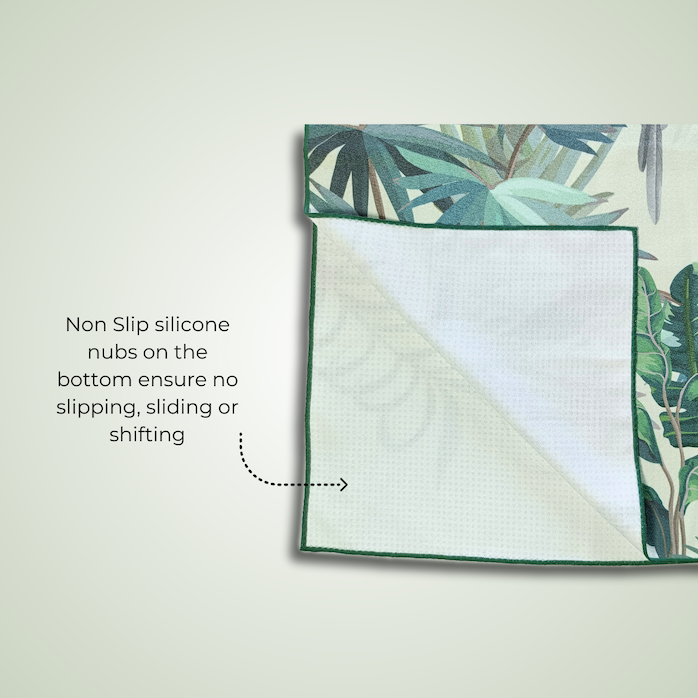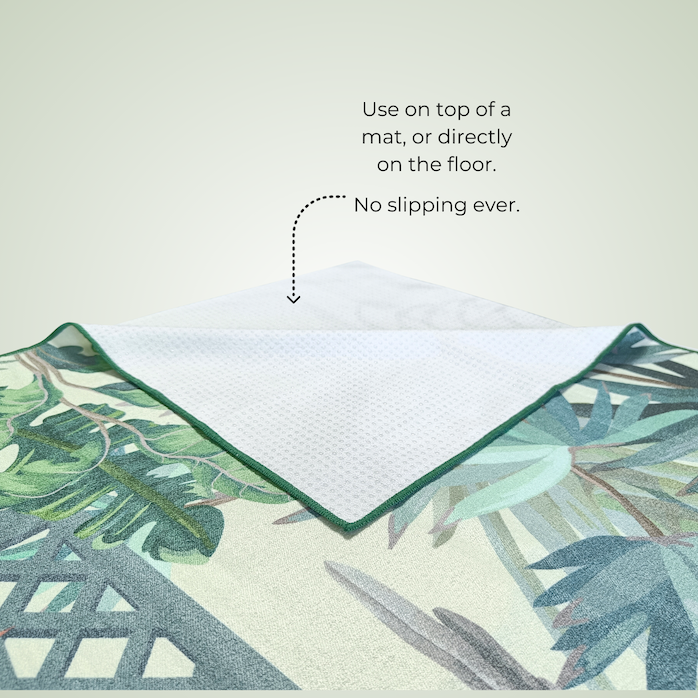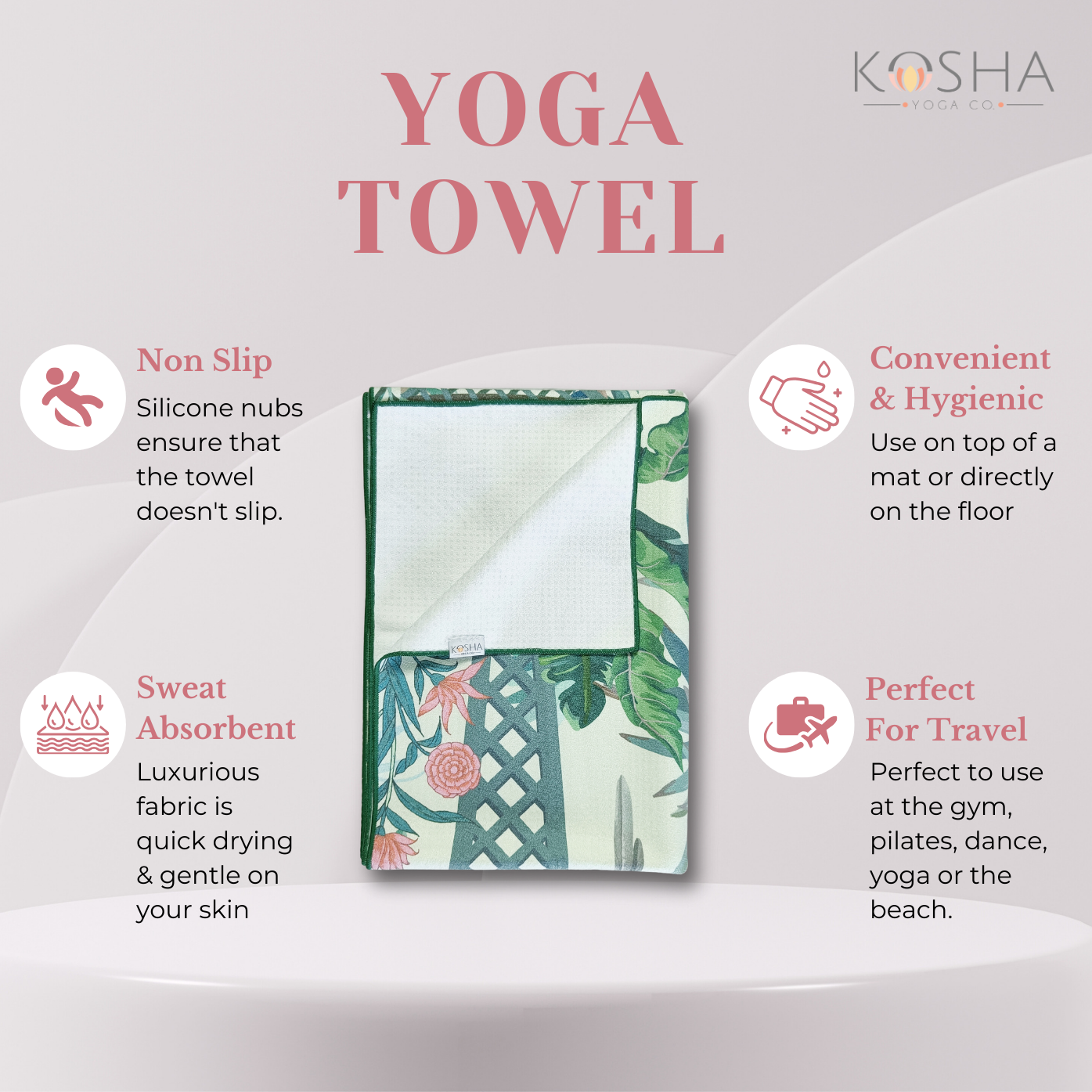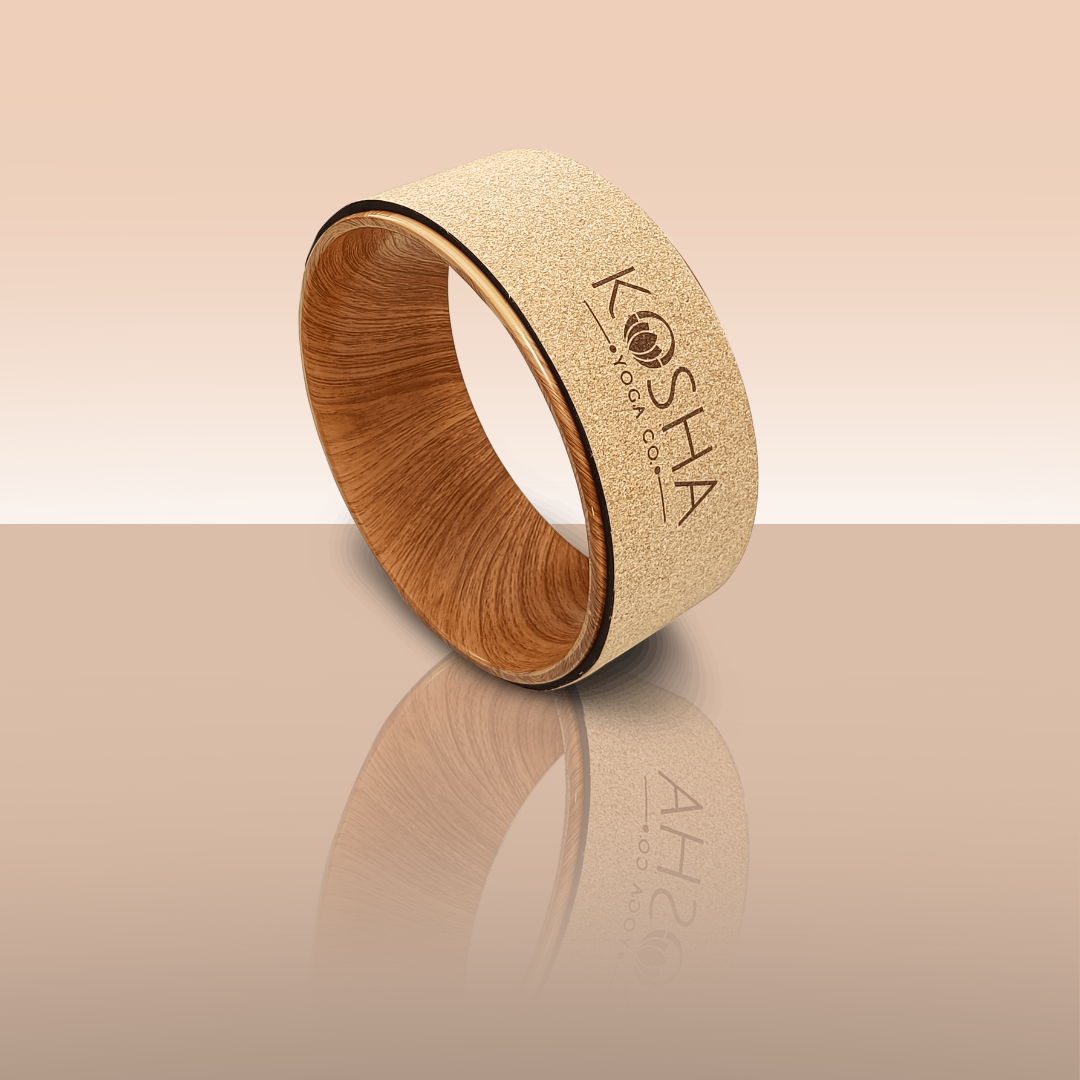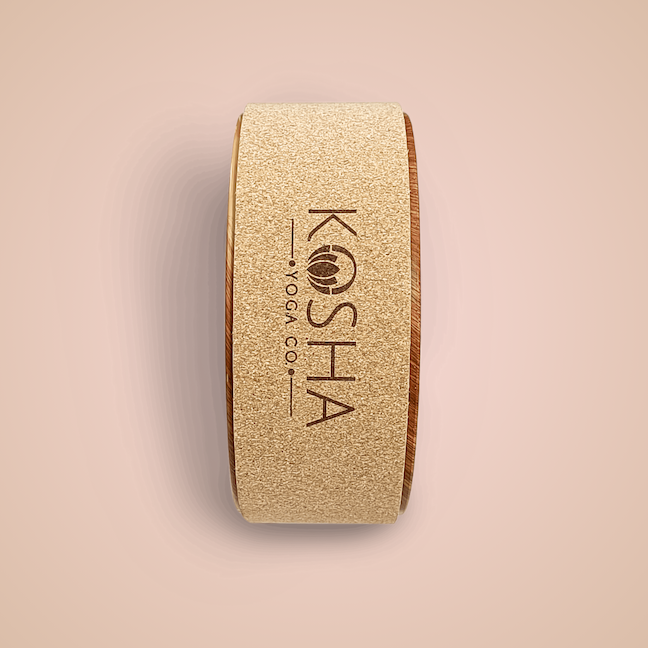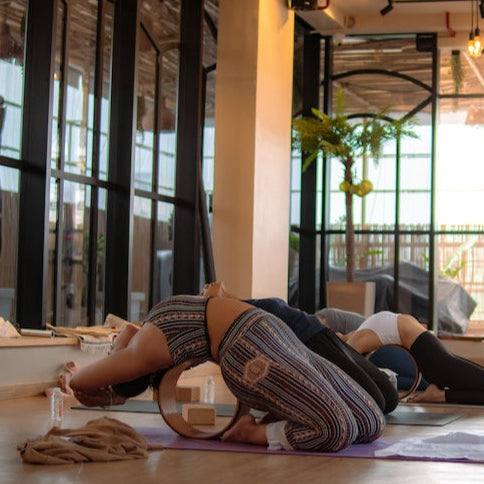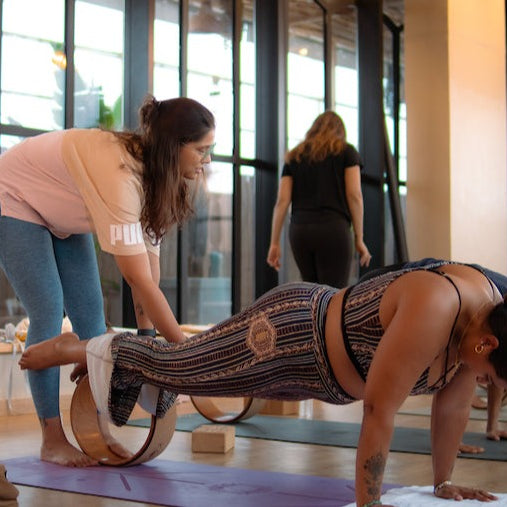A yoga teacher’s honest guide to choosing the right mat.
When most people start yoga, they buy the first mat they can find; usually a foam mat. It’s light, cheap, and easy to carry. I did exactly the same when I began practicing years ago. But very quickly, I realized something important:
The quality of your yoga mat directly affects the quality of your practice.
In this article, I’ll walk you through the real differences between rubber and foam yoga mats; not as a marketer, but as a yoga teacher who has practiced on every kind of mat for years, made countless mistakes, and now helps design high-performance mats at Kosha Yoga Co.
Whether you’re buying your first yoga mat or deciding whether it’s time to upgrade to a premium mat, this guide will help you choose with confidence.
Foam vs Rubber — What’s the Core Difference?
Foam mats (PVC, TPE, EVA) are usually your entry-level mats.
Rubber mats, natural or recycled, are considered high-performance mats.
Here’s the simplest way to understand it:
Foam mats are lightweight and inexpensive. Rubber mats are stable, durable, and built for serious practice.
My Experience Using Both: A Quick Story
When I first started yoga, I used a foam mat because that’s what was easily available and affordable. For the first few weeks, it felt fine until my practice got even a little bit dynamic.
The mat would:
-
slide every time I stepped forward
-
bunch up under my feet
-
roll back at the edges
-
get slippery with the smallest amount of sweat
-
start chipping and crumbling within months
As a beginner, this made me feel unsure and distracted. Instead of focusing on my breath or alignment, I was constantly wondering:
“Will my mat slip if I jump back?”
“Why is the mat moving more than I am?”
“Is this safe?”
When I finally switched to a rubber mat, the difference was immediate.
It didn’t shift. It didn’t curl. It didn’t crumble.
For the first time, I felt my mat support my practice instead of working against it.
And I’ve never gone back to foam since.
1. Stability & Grip
Stability is the foundation of a safe practice. This alone can change your entire experience.
Rubber Mats
-
Heavy, so they stay anchored to the floor
-
Excellent grip (even with sweat)
-
Open-cell structure absorbs moisture
-
Gives you confidence to move freely
Rubber mats allow you to trust the surface you’re practicing on. This confidence is something beginners often don’t realize they’re missing until they’ve tried a better mat.
Foam Mats
-
Lightweight = slides easily
-
Closed-cell structure = slippery when sweaty
-
Lack grip for downward dog, planks, standing poses
-
Feels unstable during transitions
Quick Comparison
|
Feature |
Rubber Mat |
Foam Mat |
|---|---|---|
|
Grip (dry & sweaty) |
Excellent |
Low |
|
Stability |
High |
Low |
|
Slips / Slides |
Rare |
Common |
|
Confidence in Practice |
Very high |
Low–medium |
2. Durability & Longevity
Foam Mats
Most foam mats start crumbling within a few months.
PVC and TPE mats flake, dent, or tear very easily, especially under the weight of wrists or heels.
Rubber Mats
Rubber is naturally dense + durable. A good rubber mat can last years, even with daily use.
Who wins?
Rubber - by a huge margin.
And this brings us to the big question most people have…
3. Why Are Rubber Mats More Expensive?
Because you’re paying for:
-
higher-density natural material
-
better performance technology
-
longer lifespan
-
safer practice experience
-
sustainable manufacturing
Foam mats are cheap because the material is cheap, synthetic, and mass-produced. The mat looks fine on Day 1 but they won’t stay that way very long.
Here’s a simple way to think about it:
A yoga mat = sports equipment.
Just like a runner invests in proper shoes, a yoga practitioner should invest in a mat designed for yoga, not the cheapest surface available.
4. Comfort, Cushioning & Feel
Rubber Mats
-
Supportive without “sinking”
-
Even pressure distribution
-
Great joint cushioning
-
Does not compress unevenly
Foam Mats
-
Soft initially
-
Uneven compression under hands/feet
-
Creates instability in balance poses
-
Feels “spongy,” not supportive
If you’ve ever felt your wrists hurting because your mat is too soft, it’s most likely foam.
5. Sweat Response
Sweat is where the difference becomes extreme.
|
Test |
Rubber |
Foam |
|---|---|---|
|
Gets slippery with sweat? |
Rare |
Almost always |
|
Absorbs moisture? |
Yes (open cell) |
No |
|
Maintains grip during hot yoga? |
Yes |
No |
|
Needs a towel? |
Sometimes |
Almost always |
This is why serious practitioners almost never use foam mats.
6. Sustainability Matters (More Than You Think)
At Kosha Yoga Co, sustainability is part of our DNA, but never at the cost of performance.
Here’s how the materials compare:
FOAM (PVC, EVA, TPE)
-
Synthetic
-
Not biodegradable
-
Often not recyclable
-
Breaks down into microplastics
-
Short lifespan → more waste
RUBBER (Natural or Recycled)
-
Biodegradable or recyclable
-
Longer life = less landfill waste
-
Lower chemical footprint
-
More planet-friendly manufacturing
If you care about the environment, foam mats are one of the least eco-friendly options available.
7. Material Guide
Best Rubber Options
-
Natural rubber
-
Recycled rubber
-
Recycled PU (top layer) + natural rubber base
These offer the best combination of:
-
grip
-
durability
-
sweat absorption
-
cushioning
-
eco-responsibility
Foam Options (PVC / EVA / TPE)
All of them behave similarly:
-
slippery
-
unstable
-
short-lived
-
synthetic
-
not eco-friendly
There is no foam option that performs anywhere near a well-made rubber mat.
8. Who Should Choose a Foam Mat?
Honestly, very few people.
Foam mats are only useful for:
-
people trying yoga once or twice
-
someone who needs the lightest possible travel mat
-
temporary use
If you practice even once a week, foam mats will eventually frustrate you.
9. Who Should Absolutely Choose a Rubber Mat?
Everyone who has:
-
practiced for 2+ months
-
committed to yoga
-
struggled with slipping
-
experienced mat instability
-
wrist pain due to soft mats
-
sweaty hands or feet
-
done dynamic flows or transitions
-
wanted a mat that lasts for years
If your mat is holding you back, upgrading changes everything.
10. The Honest Answer: Which Is Better?
Rubber — without question.
Not because it’s more expensive, but because it’s:
-
safer
-
more stable
-
far more durable
-
better for the environment
-
genuinely better for your practice
Foam mats are okay for testing yoga. Rubber mats are for doing yoga.
Final Thoughts (A Teacher’s POV)
Your mat is the only piece of equipment you use in every single asana.
It’s the one thing between you and the Earth.
So investing in the right mat isn’t a luxury, it’s part of protecting your practice, your body, and your growth as a yogi.
At Kosha Yoga Co, we spent years testing materials; microfiber, jute, cork, cotton, before ultimately choosing recycled PU + natural rubber because nothing came close in performance, comfort, and sustainability.
Once you experience a good rubber mat, the difference is unmistakable.
And most importantly you feel safer, stronger, and more present on your mat.

